Best Nikon camera 2025: the top cameras from Nikon's entire line-up
We round up the best Nikon cameras you can buy today
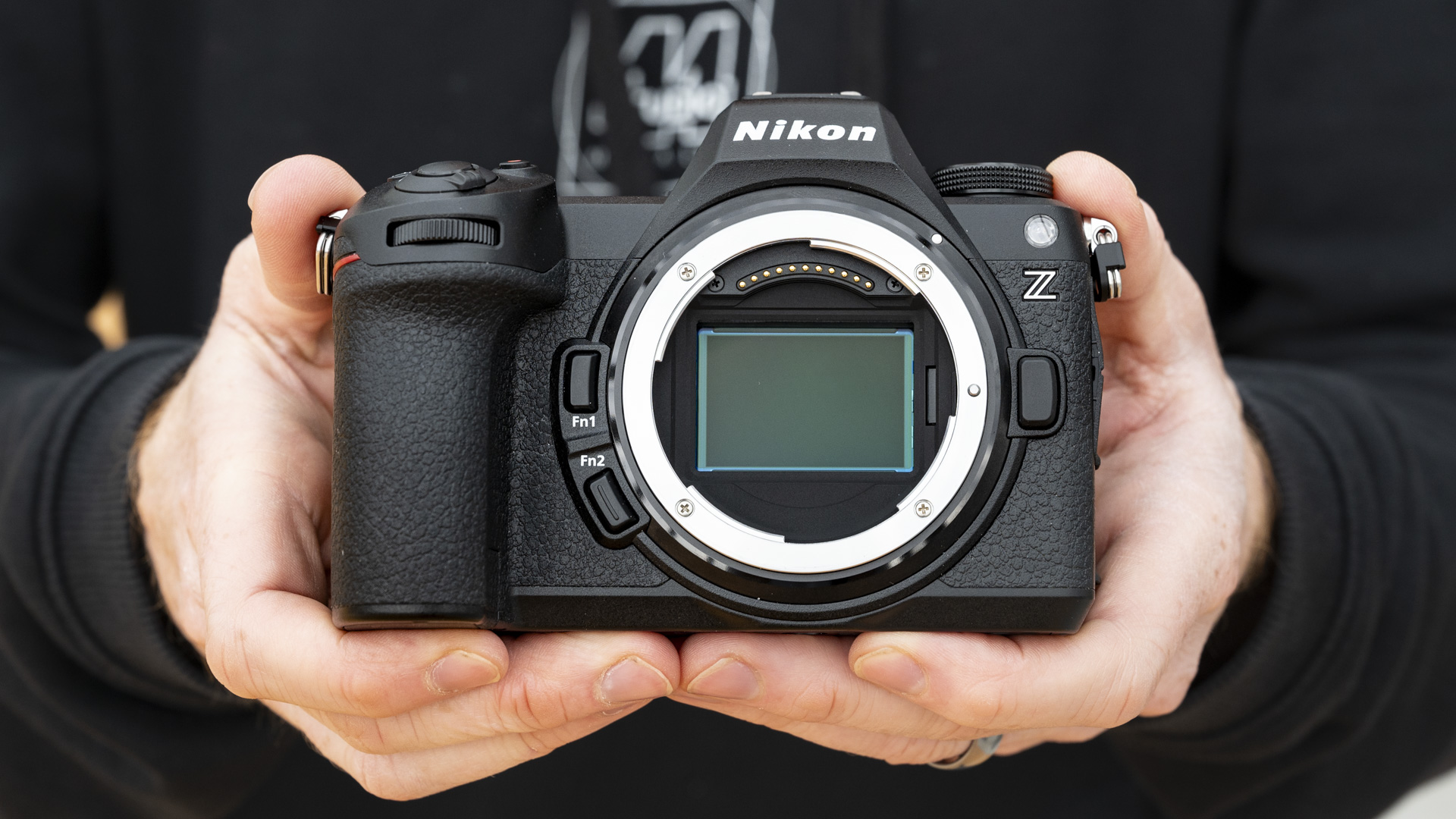
After years of testing Nikon cameras first-hand, I can say with confidence that there’s something in its line-up for every type of photographer, from casual creators to full-time professionals. My expert team and I have reviewed every major Nikon release over the last two decades, giving us an in-depth insight into the breadth and quality of its catalog.
Nikon’s energy is firmly behind its mirrorless range in 2025, which is reflected in my recommendations. I think the Z6 III is one of the top full-frame cameras you can buy, Nikon or otherwise, while the Z8 is one of the best all-round cameras I’ve tested. I’m also a big fan of the retro-inspired Nikon Zf, while I rate the Z50 II highly for beginners. That said, I haven’t neglected the classics, with the three DSLRs also featuring in my list.
Whether you want a lightweight mirrorless model to travel with, a rugged DSLR for work or a hybrid powerhouse for 4K content, you’ll find my top picks below. Each entry is based on the results of real-world testing by myself and the TechRadar cameras team. We’ve distilled our expert feedback, as well as some useful buying advice, to help make your decision easier.
Why you can trust TechRadar's choices
I’ve been testing Nikon cameras for years, from DSLRs like the D850 to the latest Z-series mirrorless models. My team and I put each Nikon model through the same rigorous process as every other camera. That involves a series of real-world field tests to get a detailed picture of performance in different scenarios, from portraits to landscapes to video.
Every Nikon camera recommendation in this guide is based on hours of testing. We have years of experience when it comes to reviewing the latest and greatest camera kit, so we know exactly what to look for. We look at everything from autofocus, stabilization and image quality to handling, build and overall value for money. Only the Nikon cameras that genuinely impress in practise will make the cut.
All of our testing is completely independent. We reach our own verdict on each and every camera, informed by hands-on experience. We also compare cameras with alternative models in the same category, to get a complete picture. So when I say that a Nikon camera is worth your attention, that’s a personal recommendation that you know you can rely on.
Top 3 picks
The summary below will give you an instant overview of the best Nikon camera options for every type of photographer and filmmaker. When you find one that ticks the right boxes, you can follow the links beneath each entry to jump down to our full write-ups.
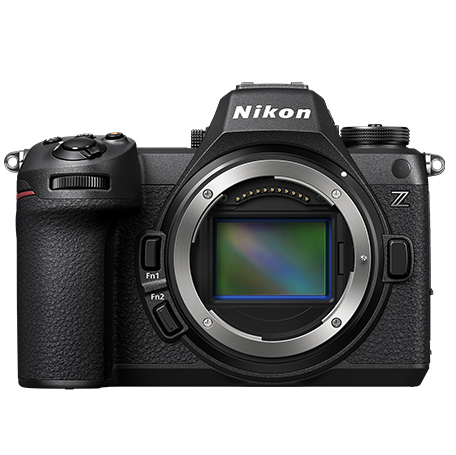
Nikon's best full-frame for most people
A surprisingly big if pricey upgrade from the Z6 II, the Z6 III has better autofocus, shooting speed and video performance.
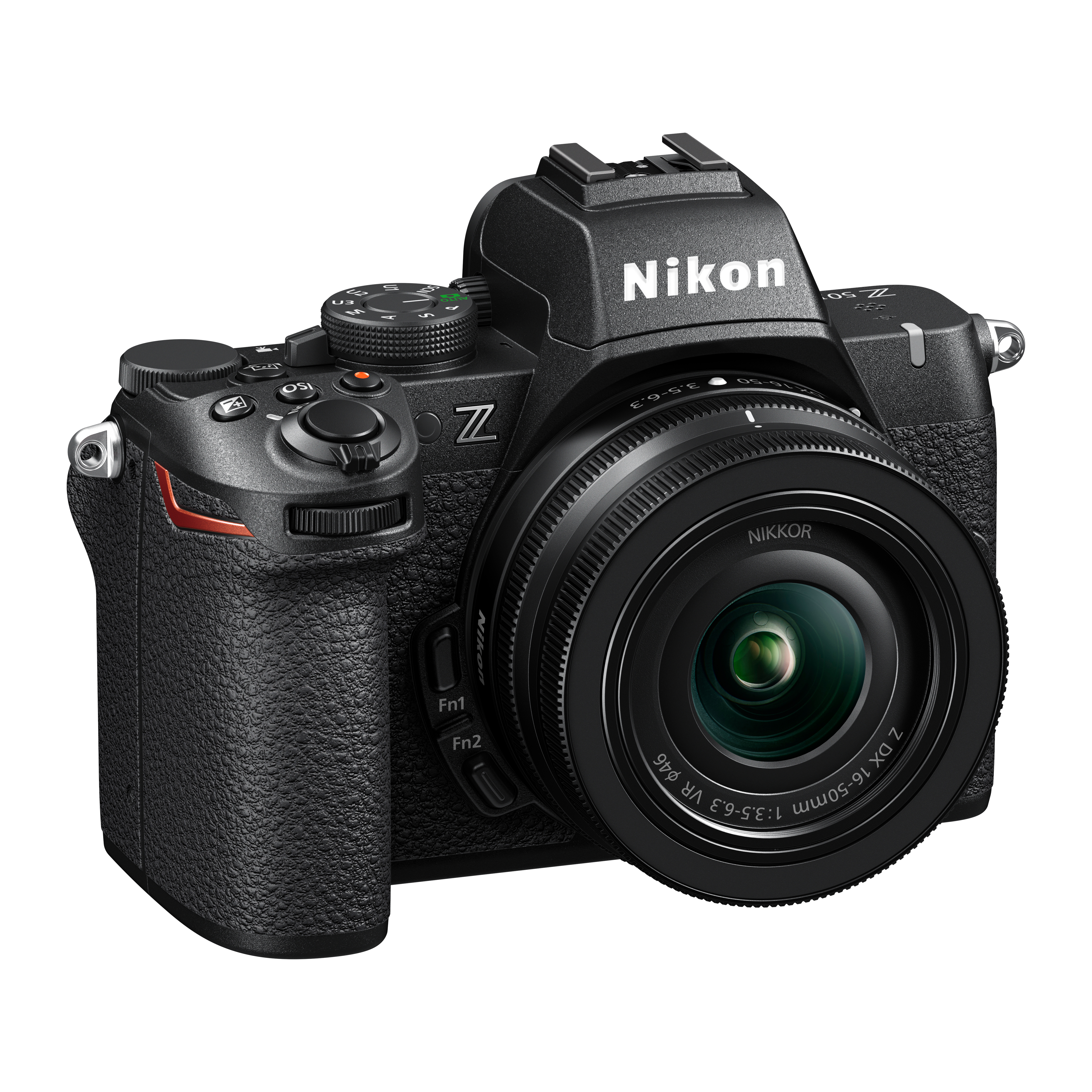
The best mirrorless for beginners
The Nikon Z50 II offers plenty bang for your buck, boasting Nikon's best autofocus performance, a powerful suite of video features, plus sharp stills, even in resolution is bettered elsewhere.
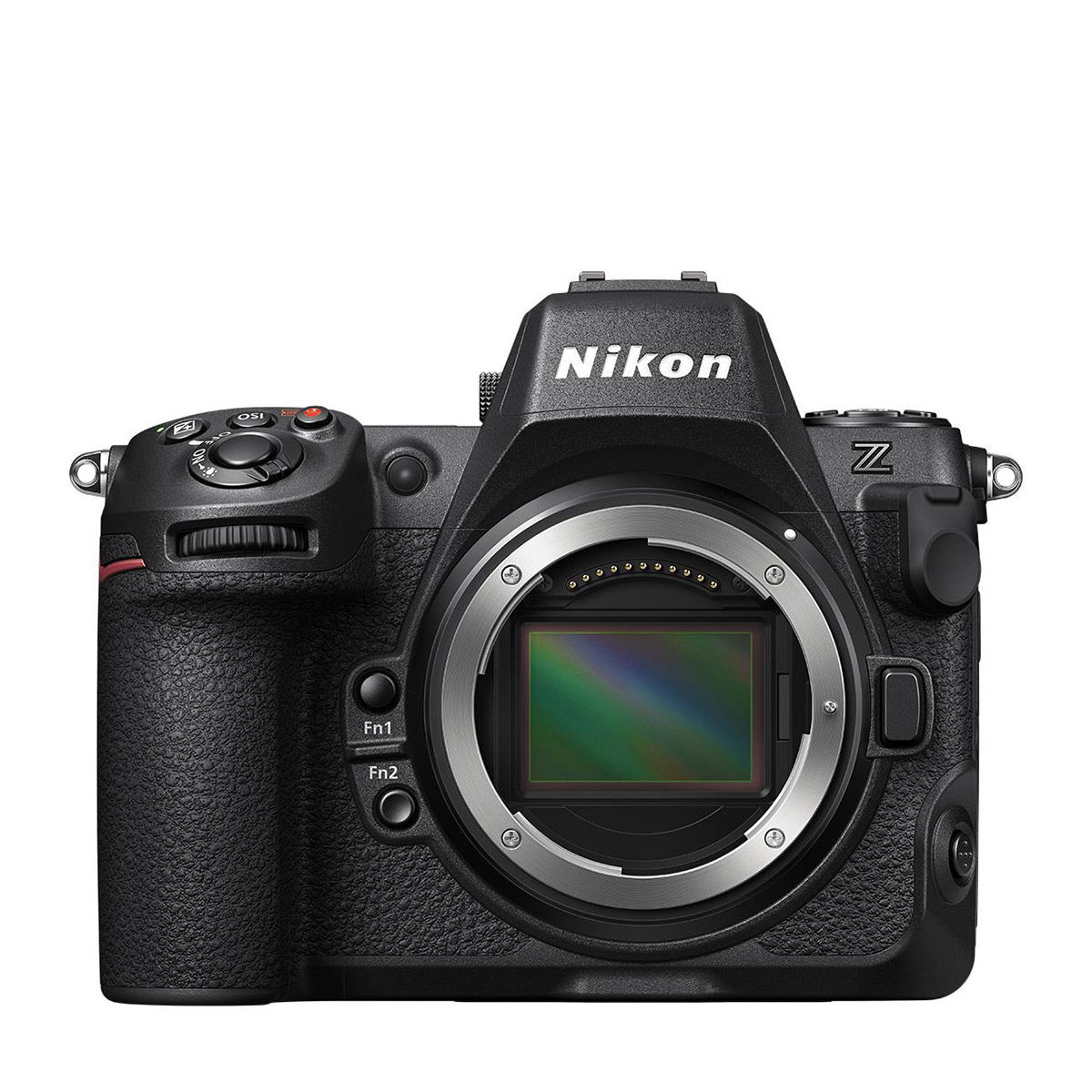
The best premium hybrid for pros
A smaller, cheaper version of the excellent Z9, the Nikon Z8 is one of the most capable hybrid cameras on the market right now.
Best by use-case
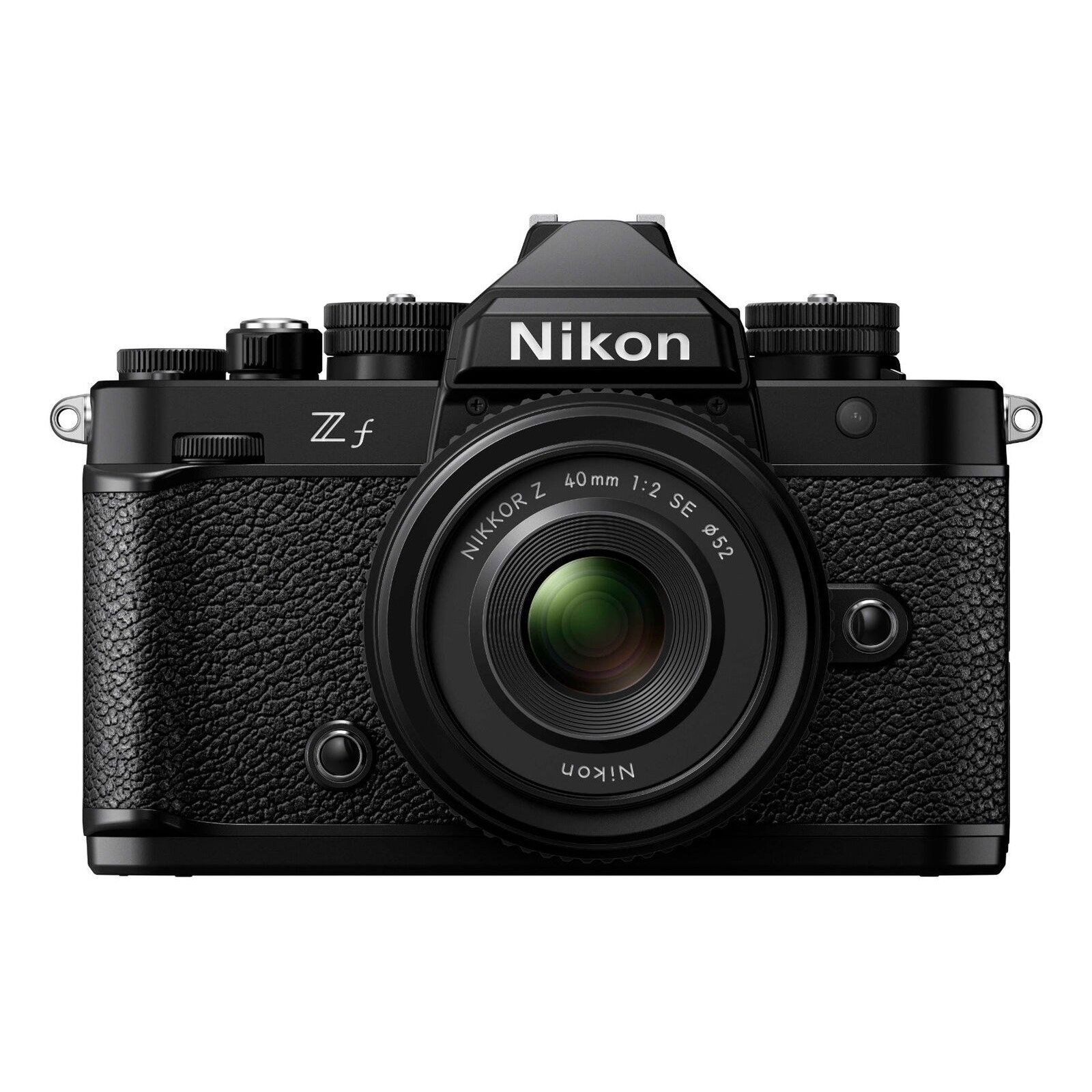
The best retro
The Nikon Zf's retro appeal has won many admirers, but it's also packed with some incredibly powerful features, including Nikon's best ever stablization.
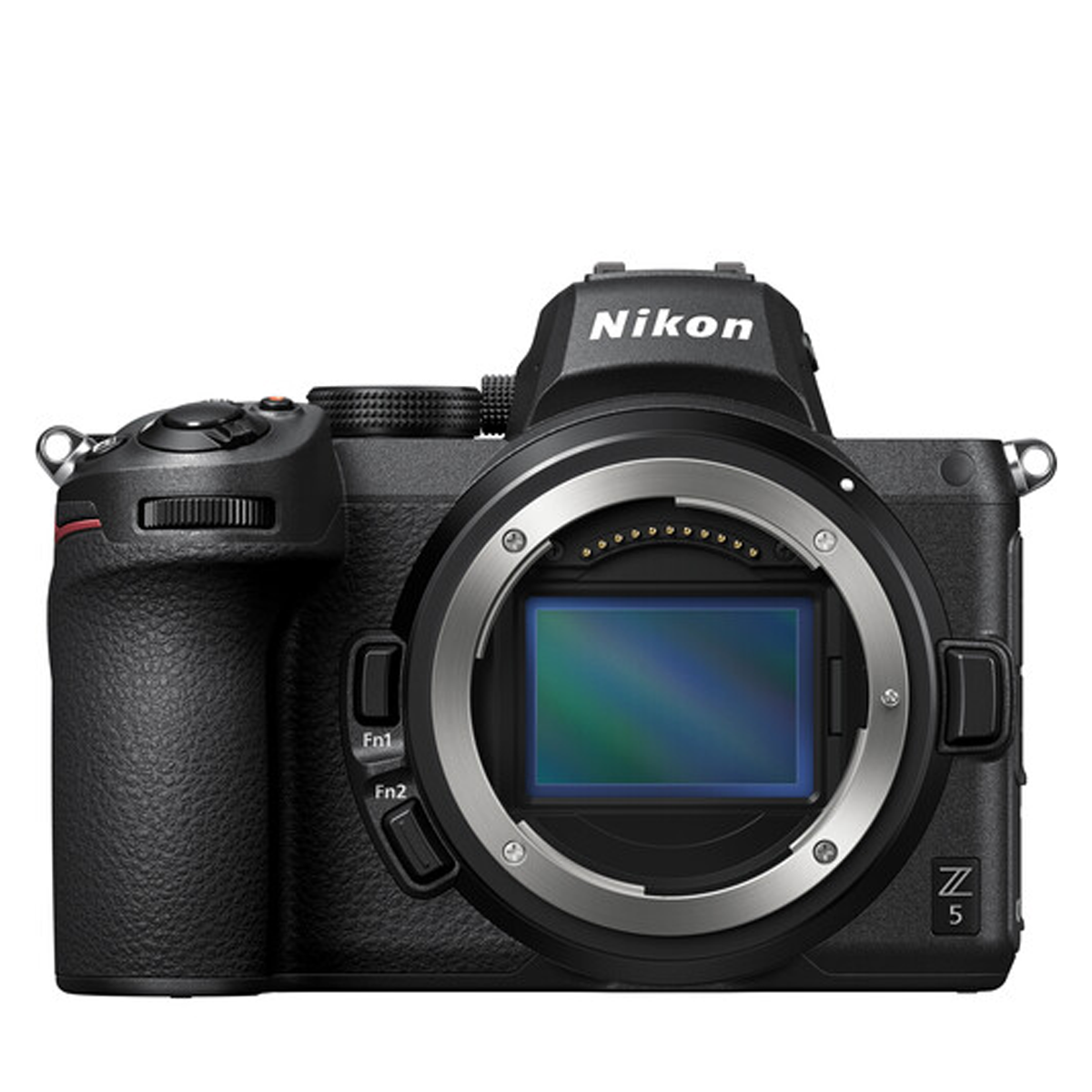
The best cheap full-frame
If you're wanting to start out with a new full-frame Nikon camera, then the Z5 is the cheapest option available with a solid set of features (the latest Z5 II costs a lot more).
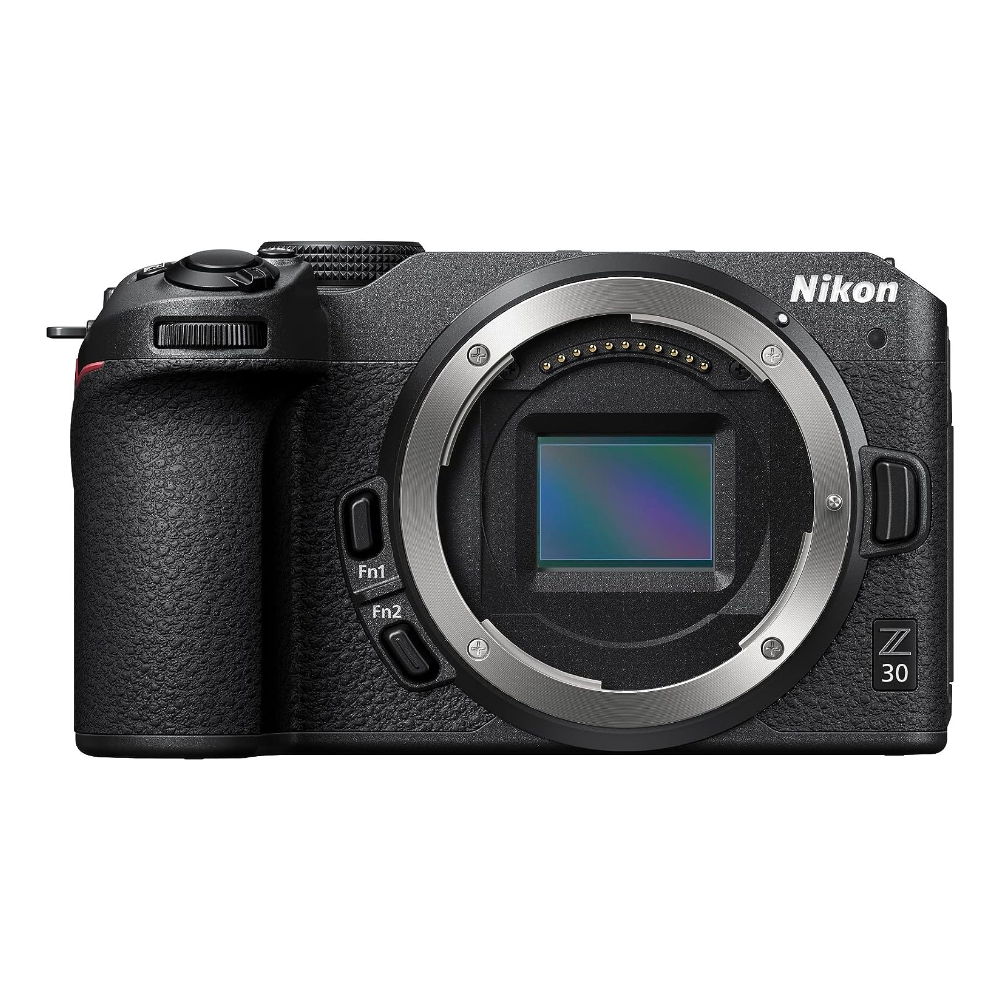
The best beginner vlogging camera
A user-friendly yet generously equipped camera for vloggers, the Nikon Z30 represents excellent value for beginner photographers, too.
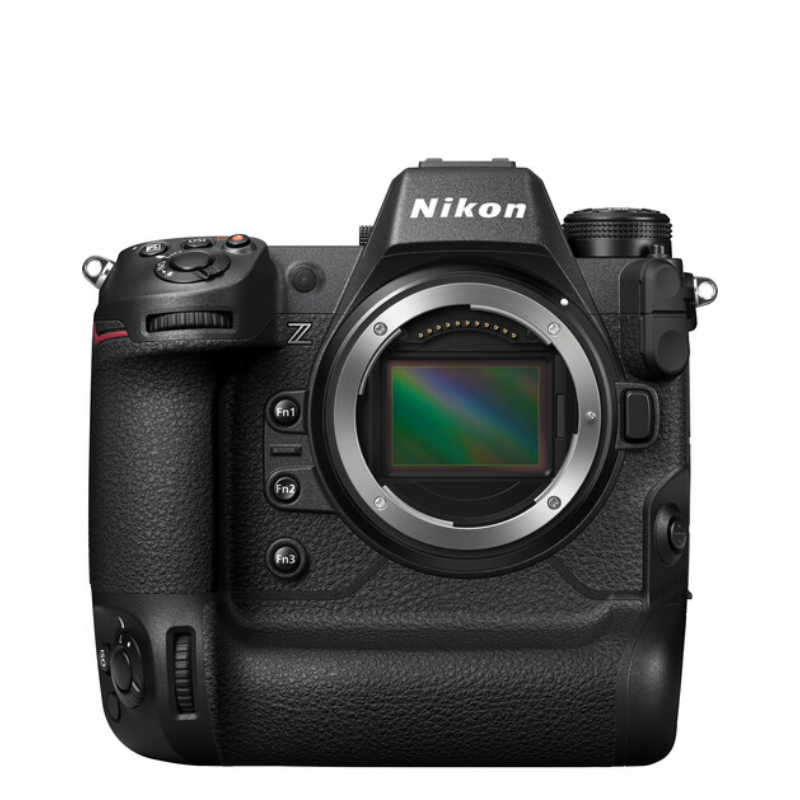
The best for pro sports
Like Nikon's rugged pro DSLRs, the flagship Z9 is a high-performing mirrorless cameras for pros, now armed with 8K/30p video.
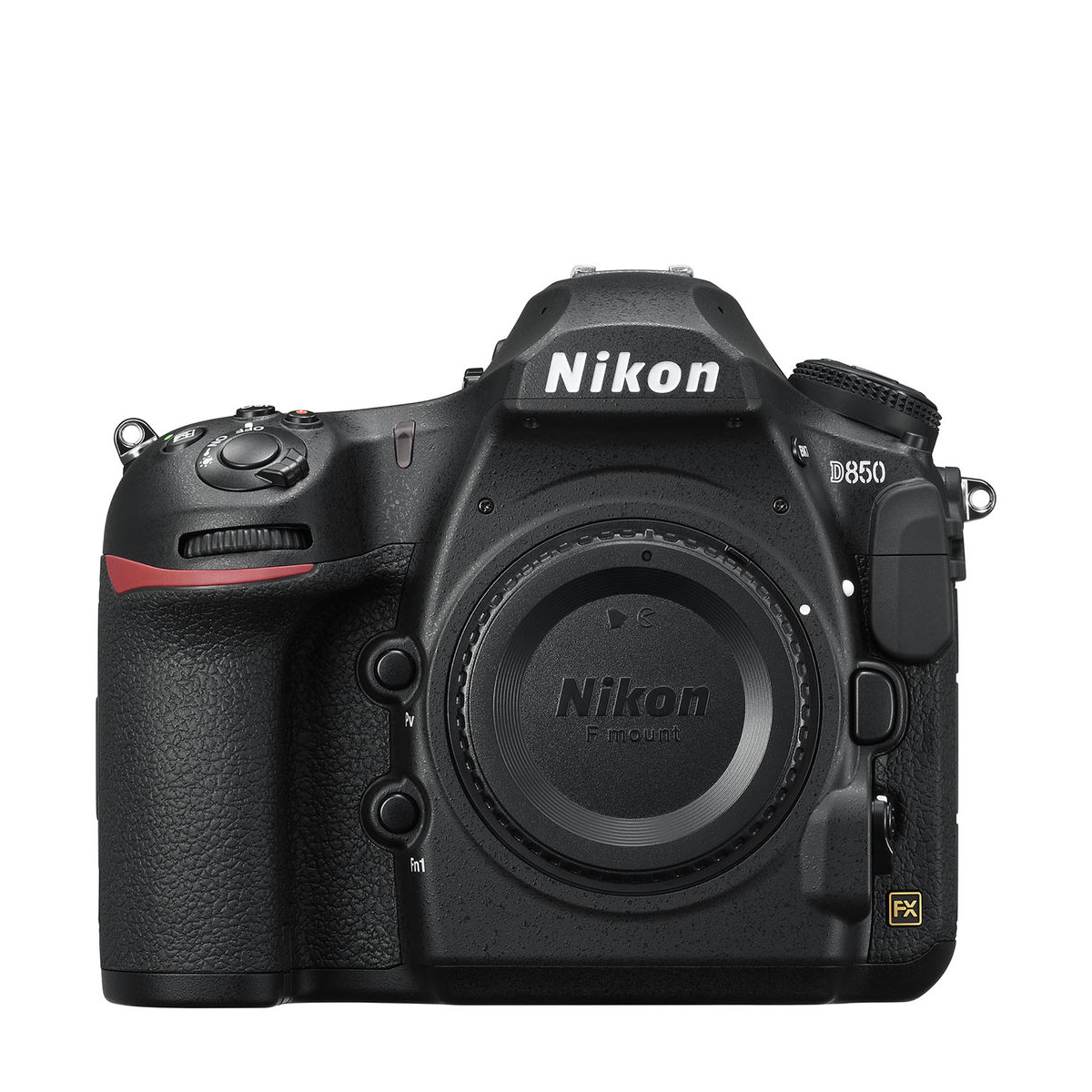
The best pro DSLR
Arguably Nikon's best-ever DSLR, the D850 combines impressive performance and 45MP stills with a bomb-proof build.

The best all-round DSLR for enthusiasts
One of Nikon's most popular DSLRs ever, the D7500 has ever impressive specs and an ever-decreasing price, which means you get excellent value.

Tim is TechRadar's Cameras editor, with over 15 years in the photo and video industry, and most of those in the world of tech journalism with a Nikon camera in hand. Tim has developed a deeply technical knowledge and practical experience with all things camera related and has been using analog, DLSR and mirrorless Nikon cameras for personal and professional work throughout his entire career.
The best Nikon cameras in 2025
Why you can trust TechRadar
Below you'll find full write-ups for each of the best Nikon camera picks in our list. We've tested each one extensively, so you can be sure that our recommendations can be trusted.
The best Nikon camera for most people
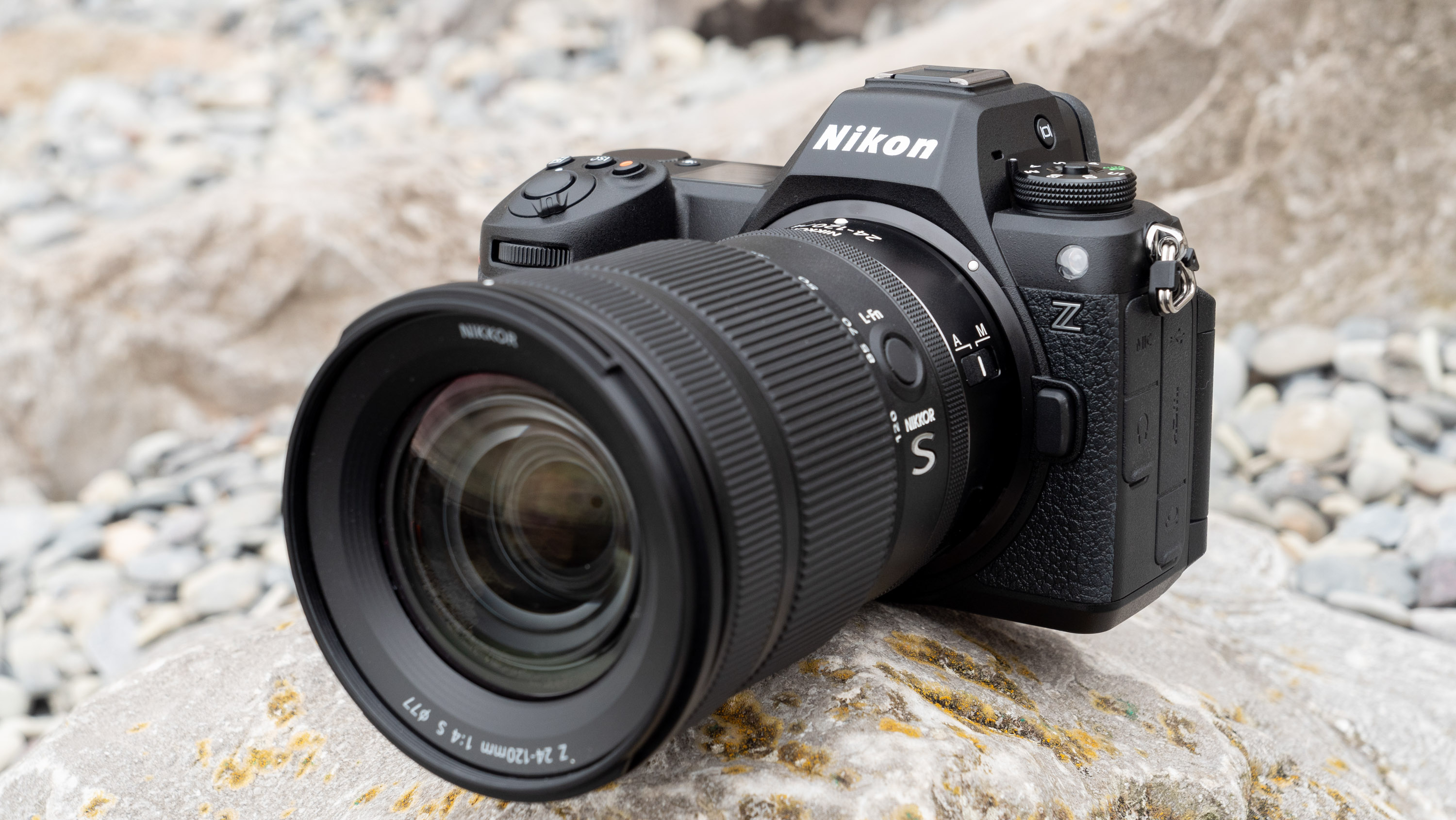
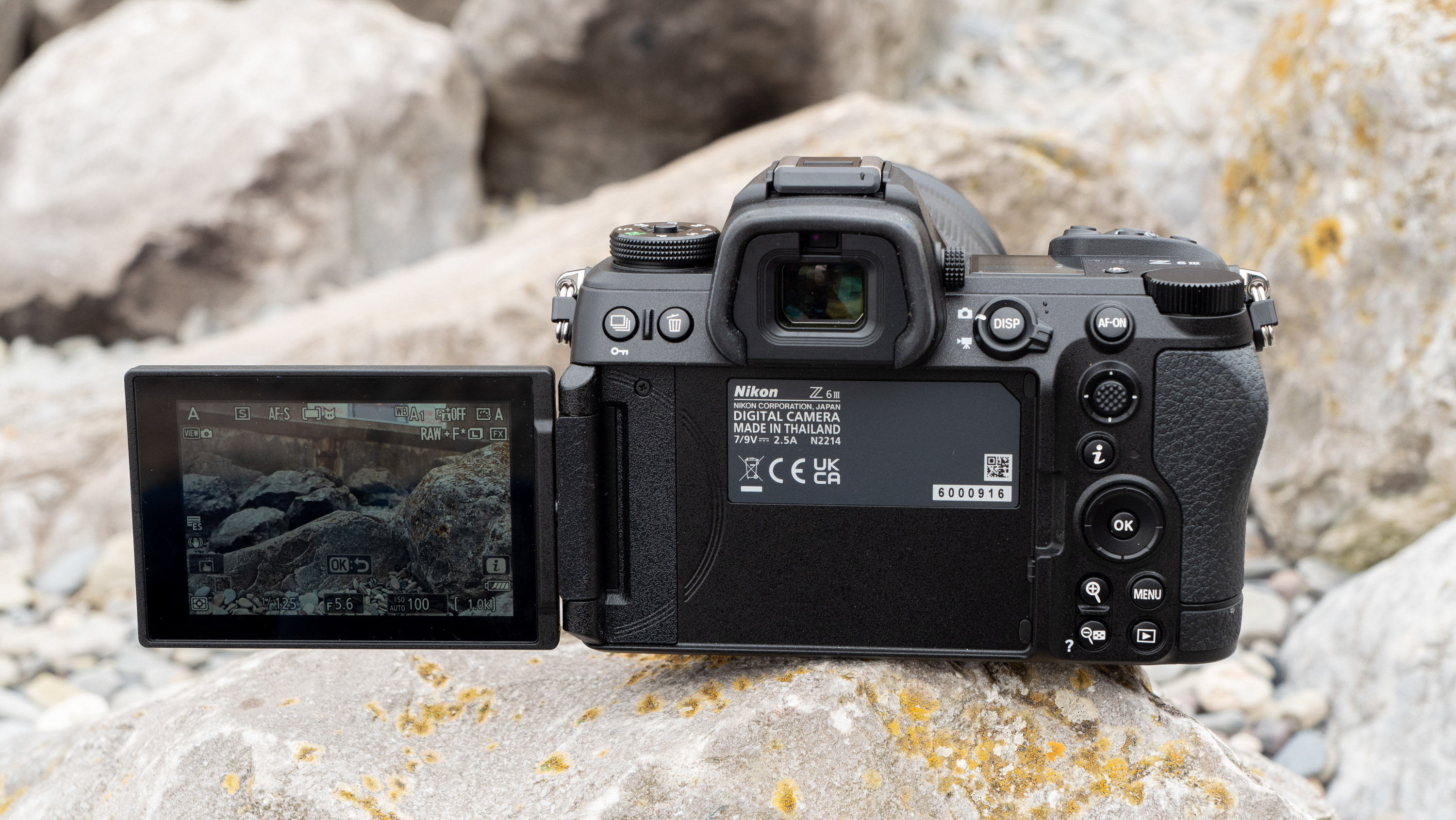
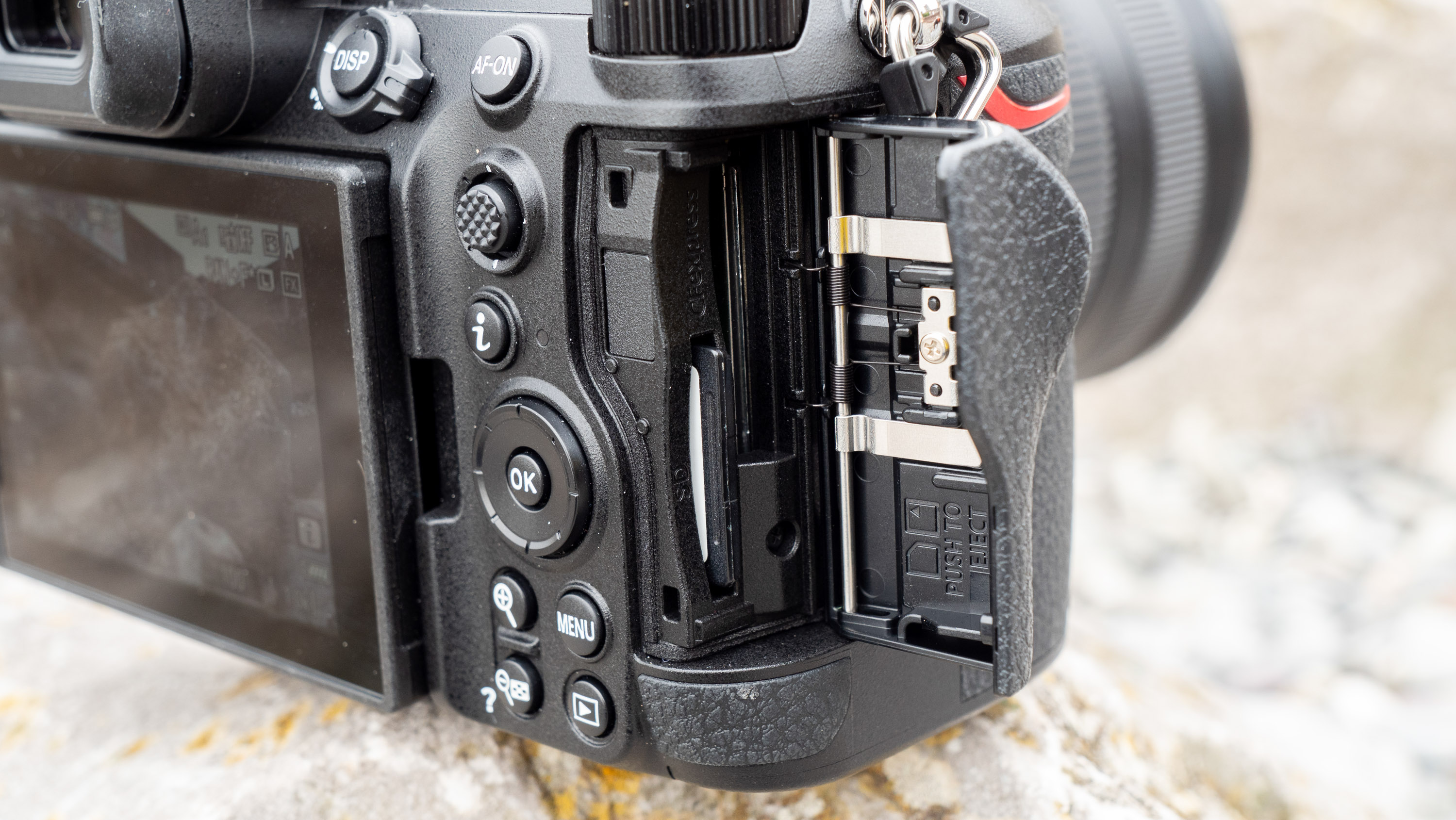
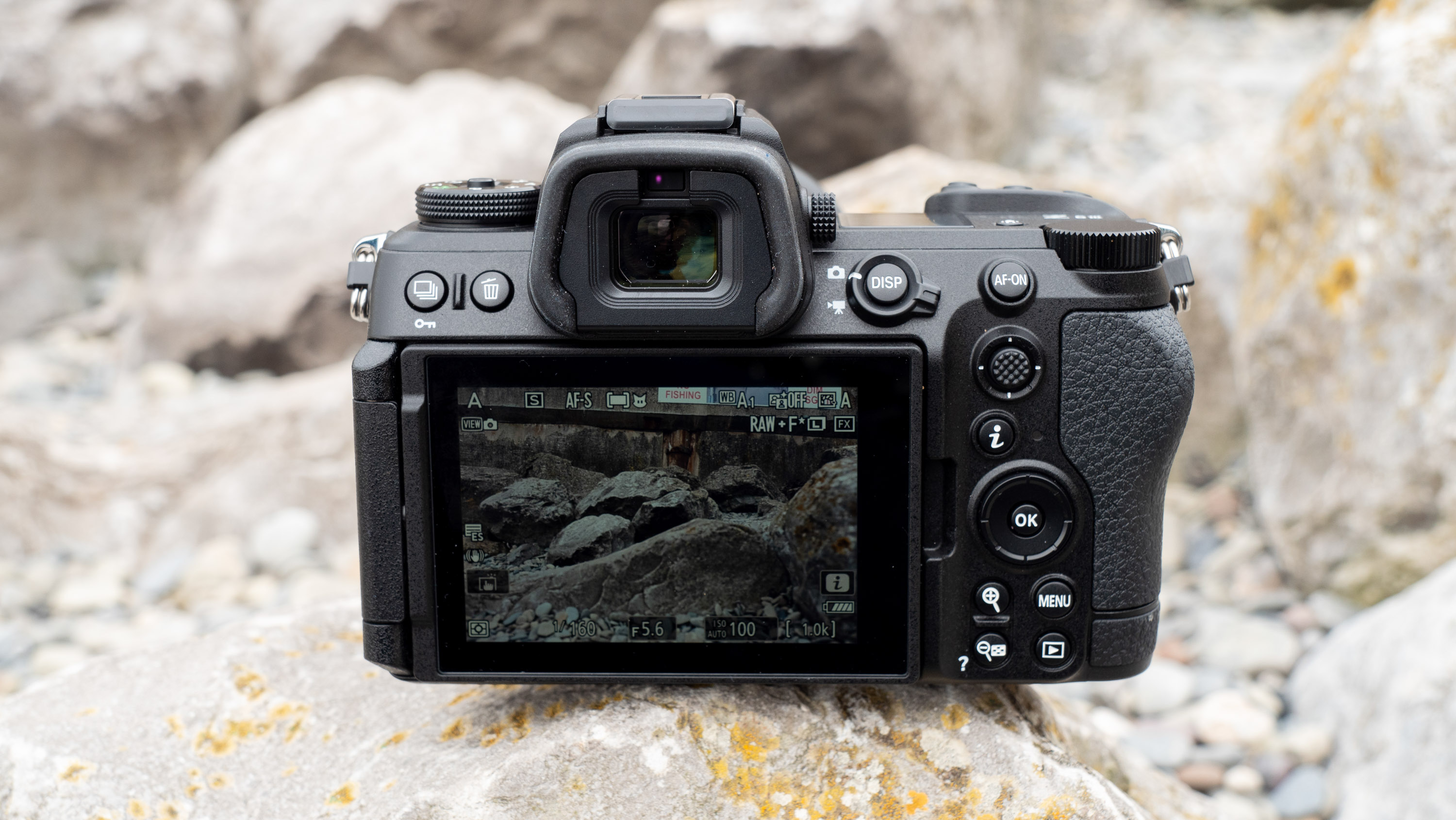
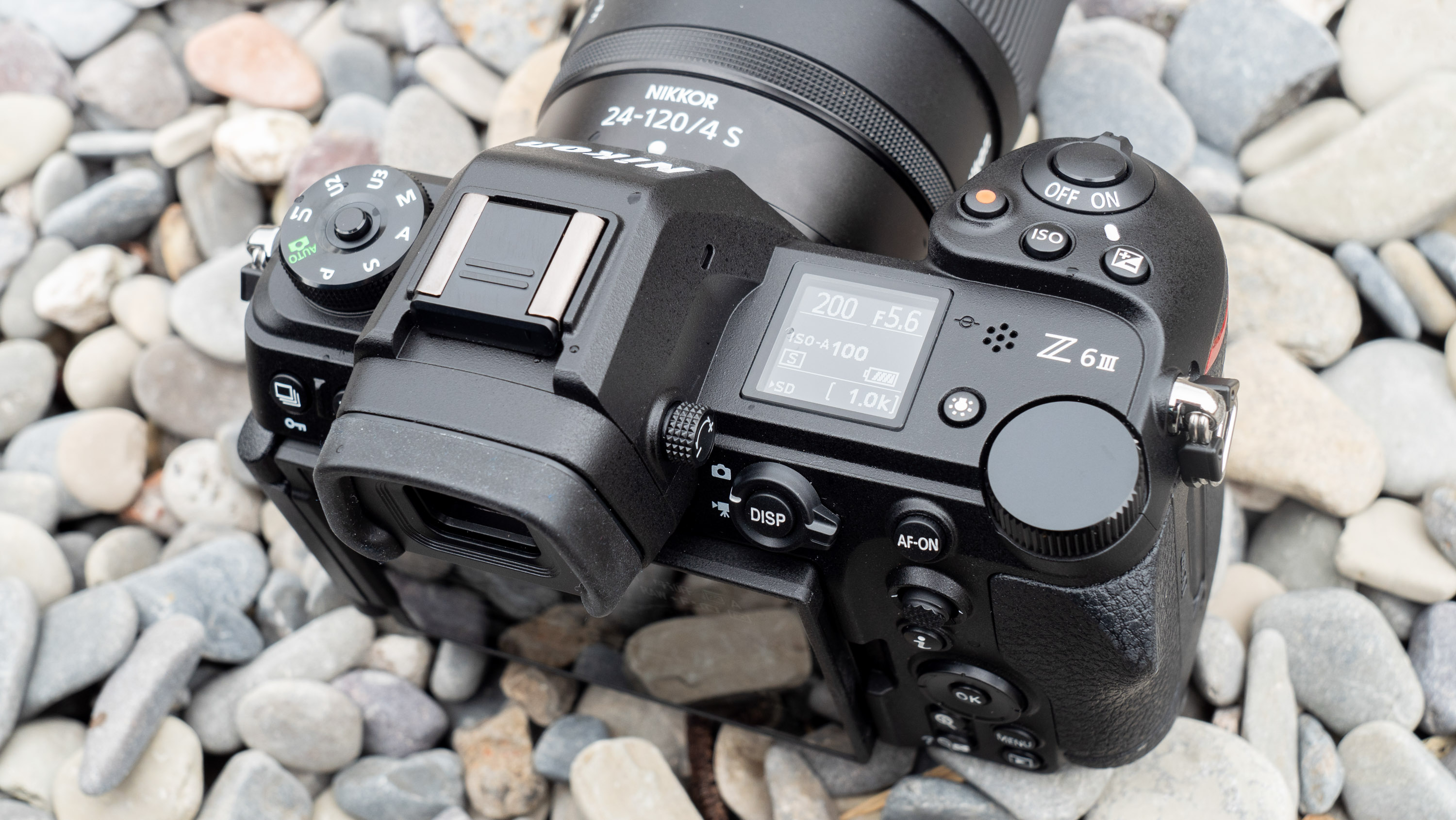
Specifications
Reasons to buy
Reasons to avoid
Nikon Z6 III sample images
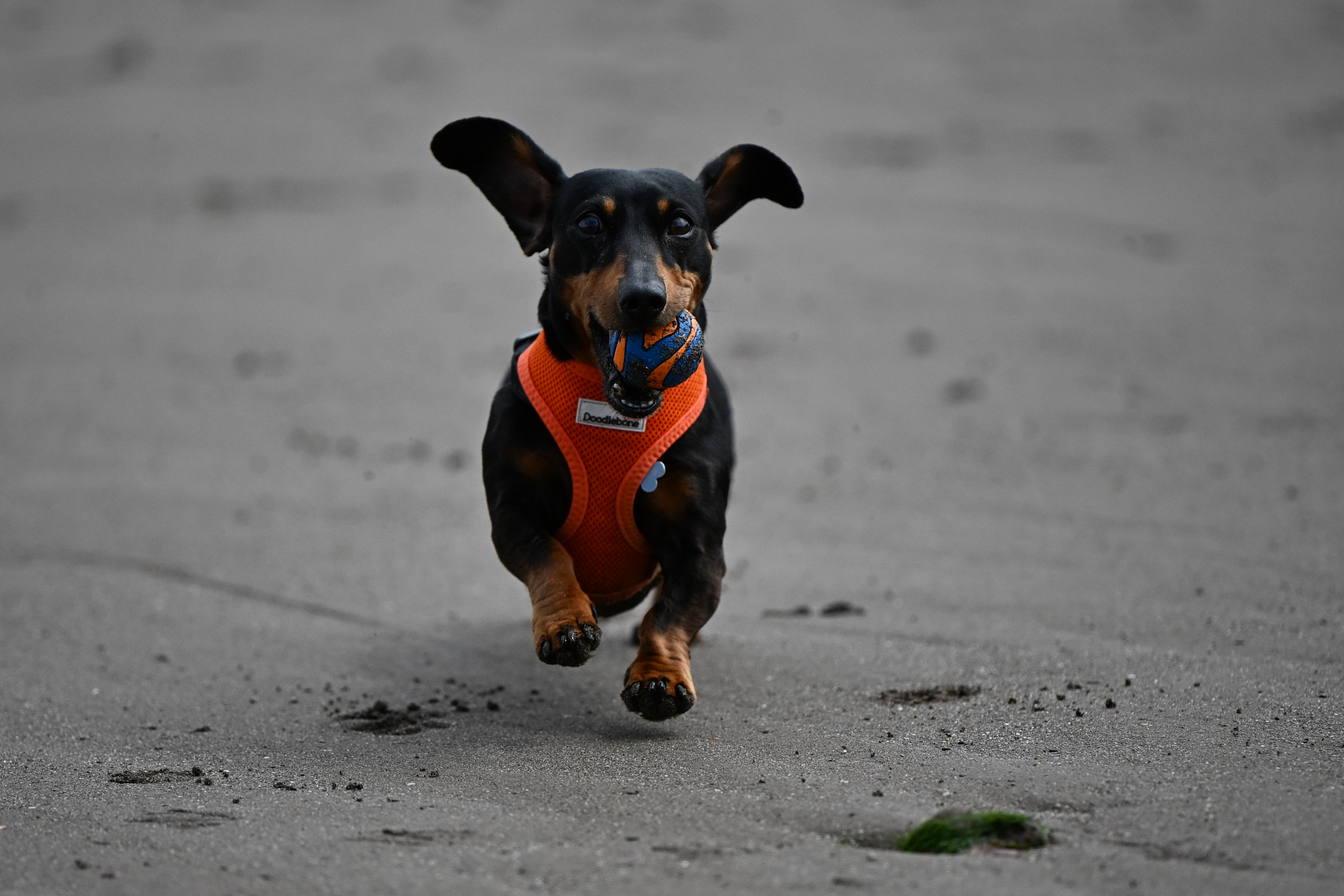
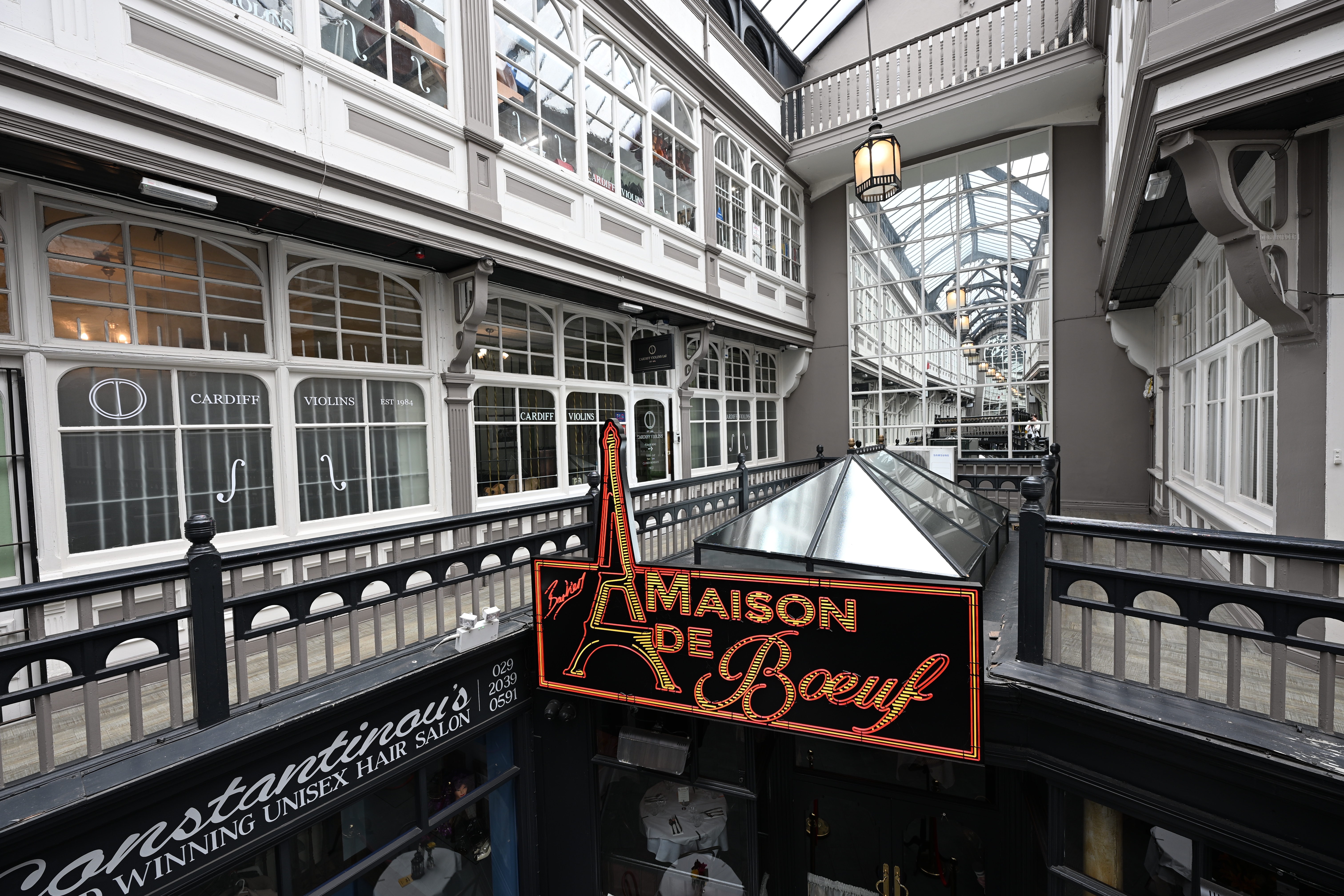
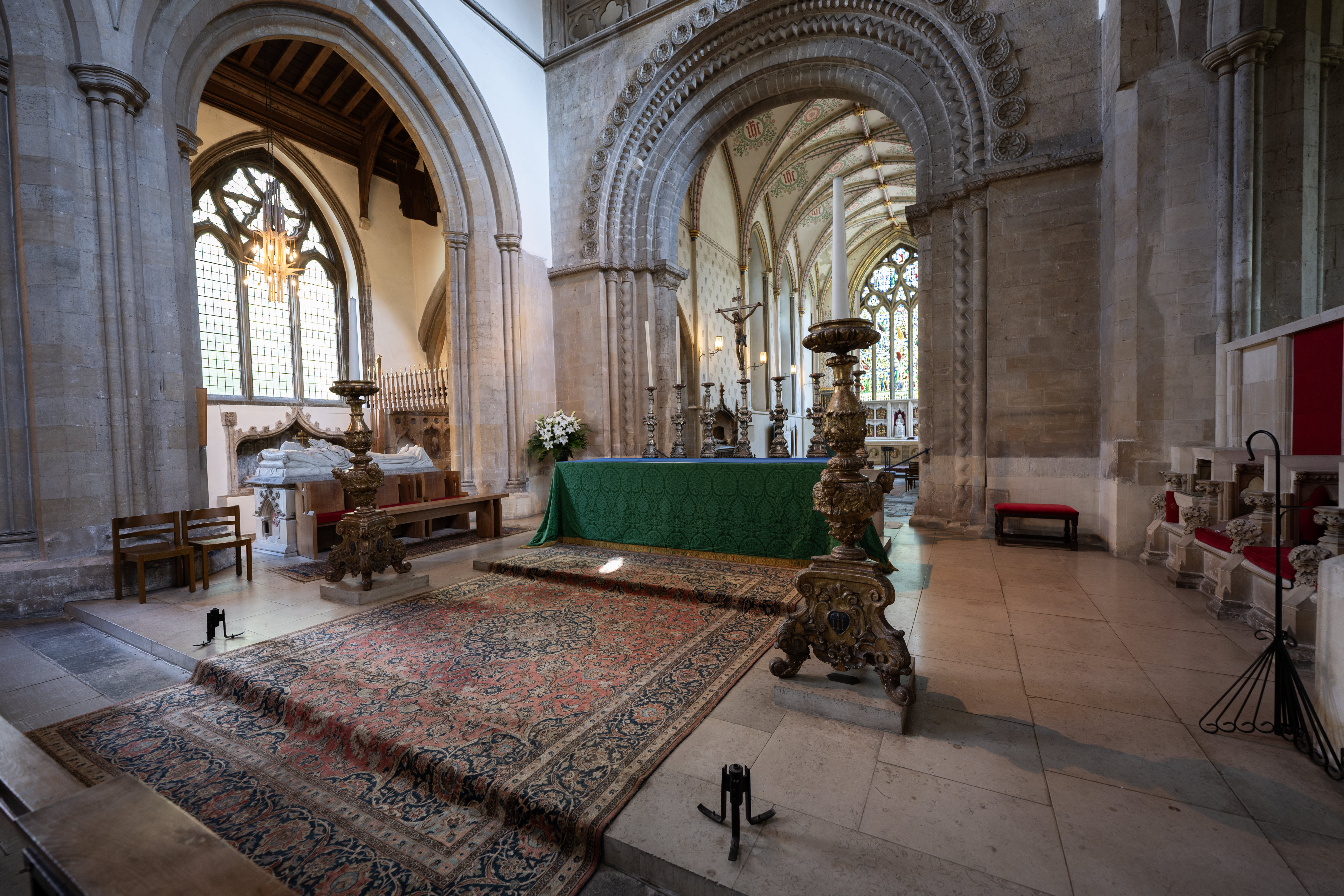
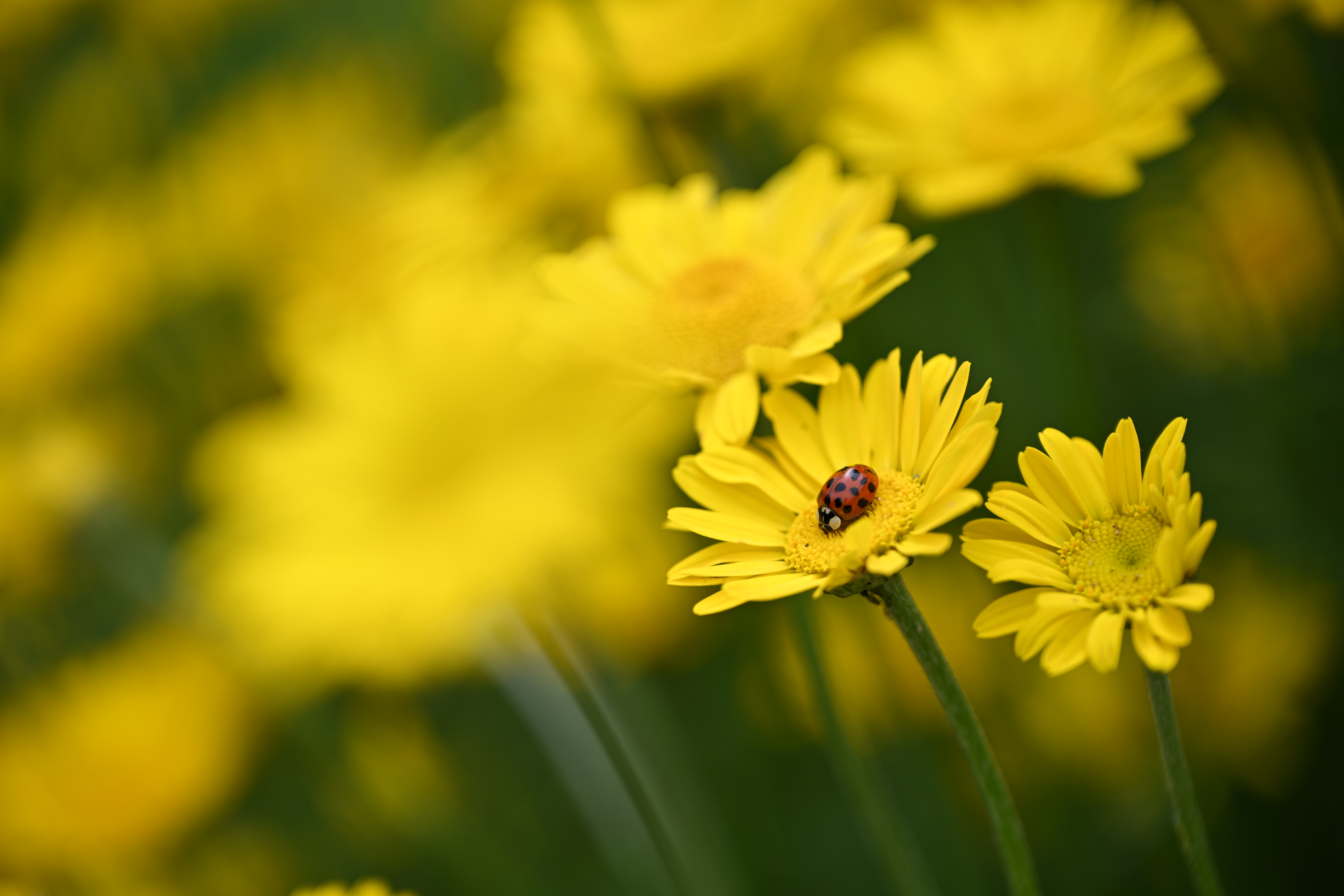
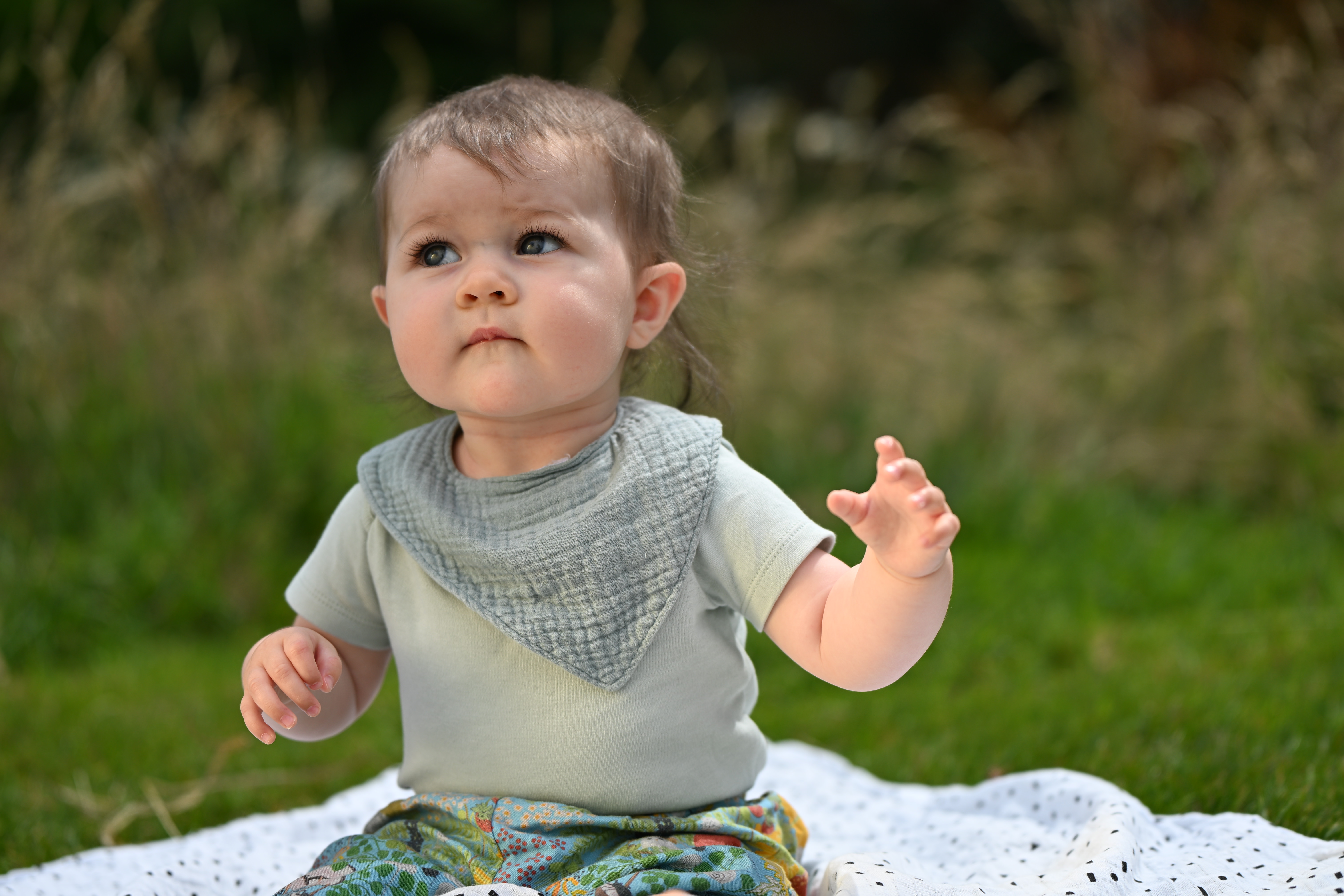
✅ You're a hybrid shooter: The Z6 III is a highly capacble photo and video tool, especially video with its excellent handle on rolling shutter distortion and 6K up to 60fps video capture.
✅ You need a high-speed camera: The high-speed performance of the Z6 III outguns its rivals, with fast frames rates and snappy subject detection autofocus.
❌ You're mainly a photographer and don't shoot action: That Z6 III's 24MP partially stacked sensor is quicker for video and action photography, but you will get marginally better image quality by the Z6 II in low light.
❌ You're on a budget: New powerful features equals a price hike. The Z6 II is also discounted from its launch price, meaning, the price difference is pretty big.
Putting the beginner-friendly Z5 aside, the Z6 series is Nikon's mid-range choice for those that want a full-frame mirrorless camera with excellent build quality and handling. And its third generation model, the Z6 III, was a surprisingly significant upgrade from the Z6 II, which consequently saw Nikon leapfrog Canon and Sony in our best mirrorless cameras buying guide.
The mid-range model is a proper multi-purpose tool; its 24.5MP full-frame sensor is the same as the Z6 II's for detail and excellent in low light, but it's a partially stacked version with snappier performance and a better handle on rolling shutter distortion. The result is that this powerful camera can handle anything from fast moving action with high-frames rates and excellent subject detection autofocus (including animals and vehicles), to run-and-gun video recording, with a max output of 6K up to 60fps. Nikon didn't stop with the sensor. It also debuted its brightest-ever 5.76m-dot EVF – trust us, it's gorgeous.
We rank the Z6 III as the best Nikon camera for most people, but it's not perfect. The pricier Nikon Z8 has a 45MP sensor with better detail and is still more powerful (if larger and heavier), while the Z6 II is now a comparative bargain for stills-focused users who won't make the most of the Z6 III's new video and speed-focused features. However, if you regularly shoot photo and video, the Z6 III is arguably Nikon's camera that makes the most sense. It's seriously impressive.
Read our in-depth Nikon Z6 III review
The best Nikon camera for beginners
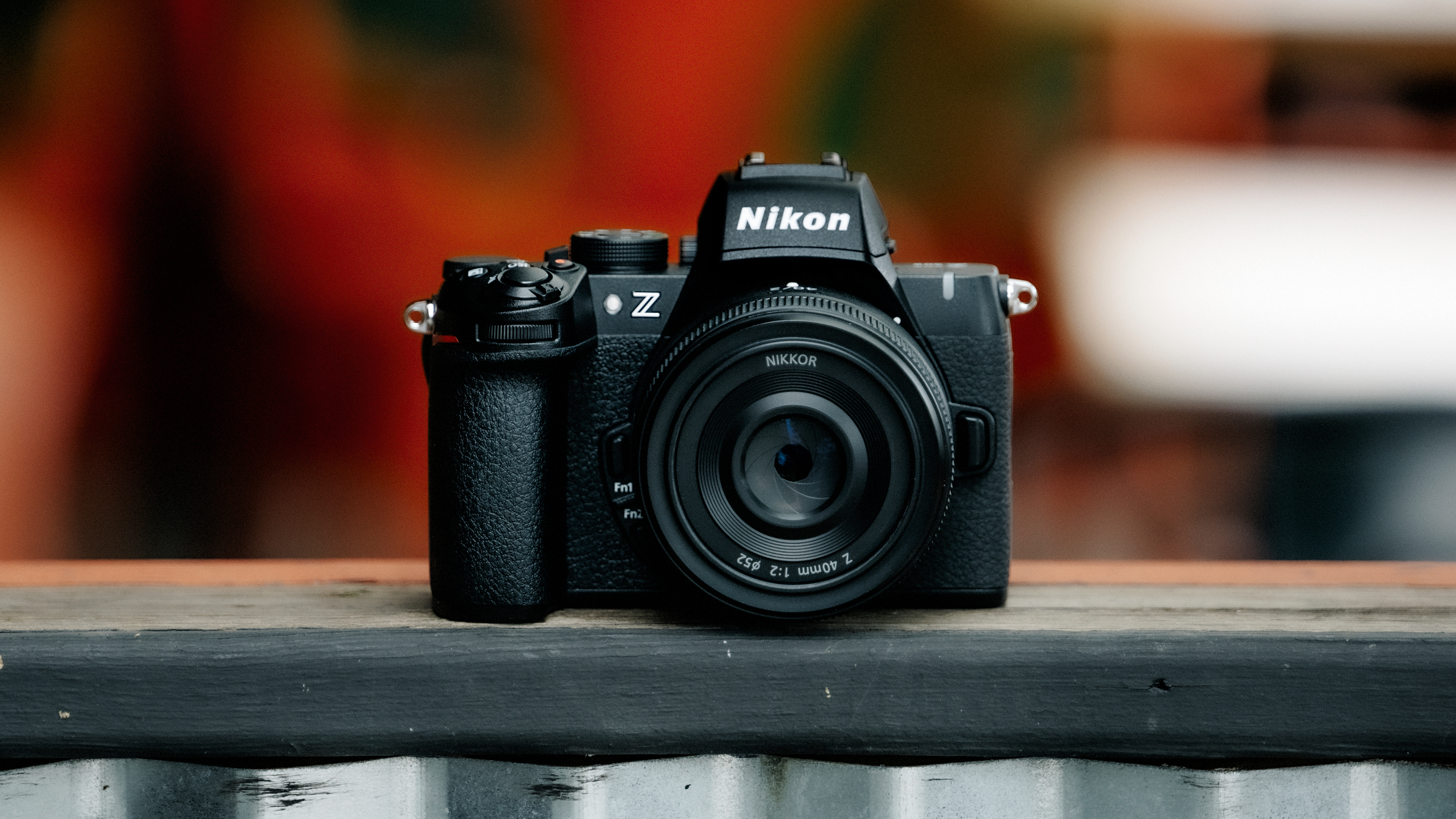
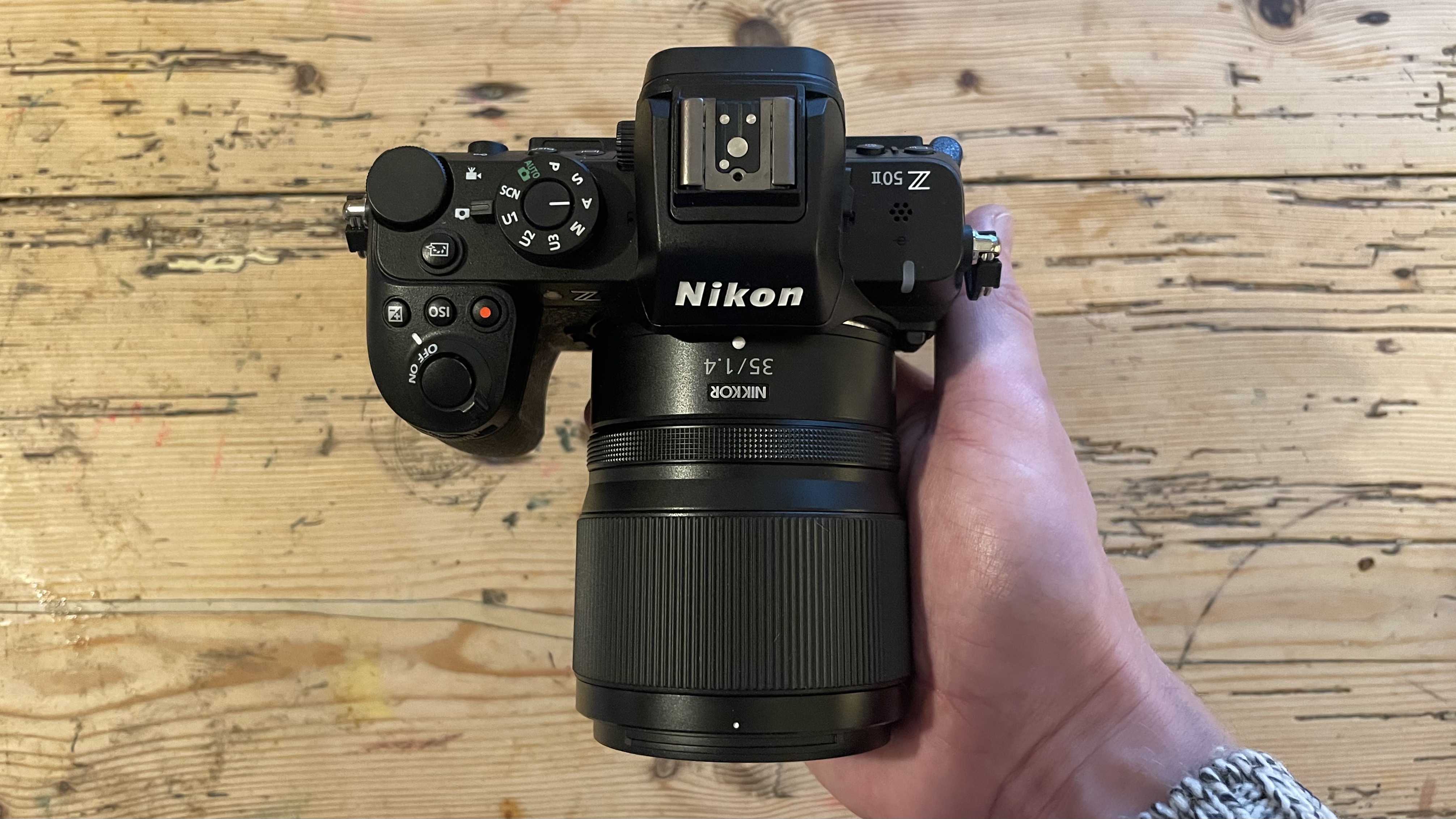
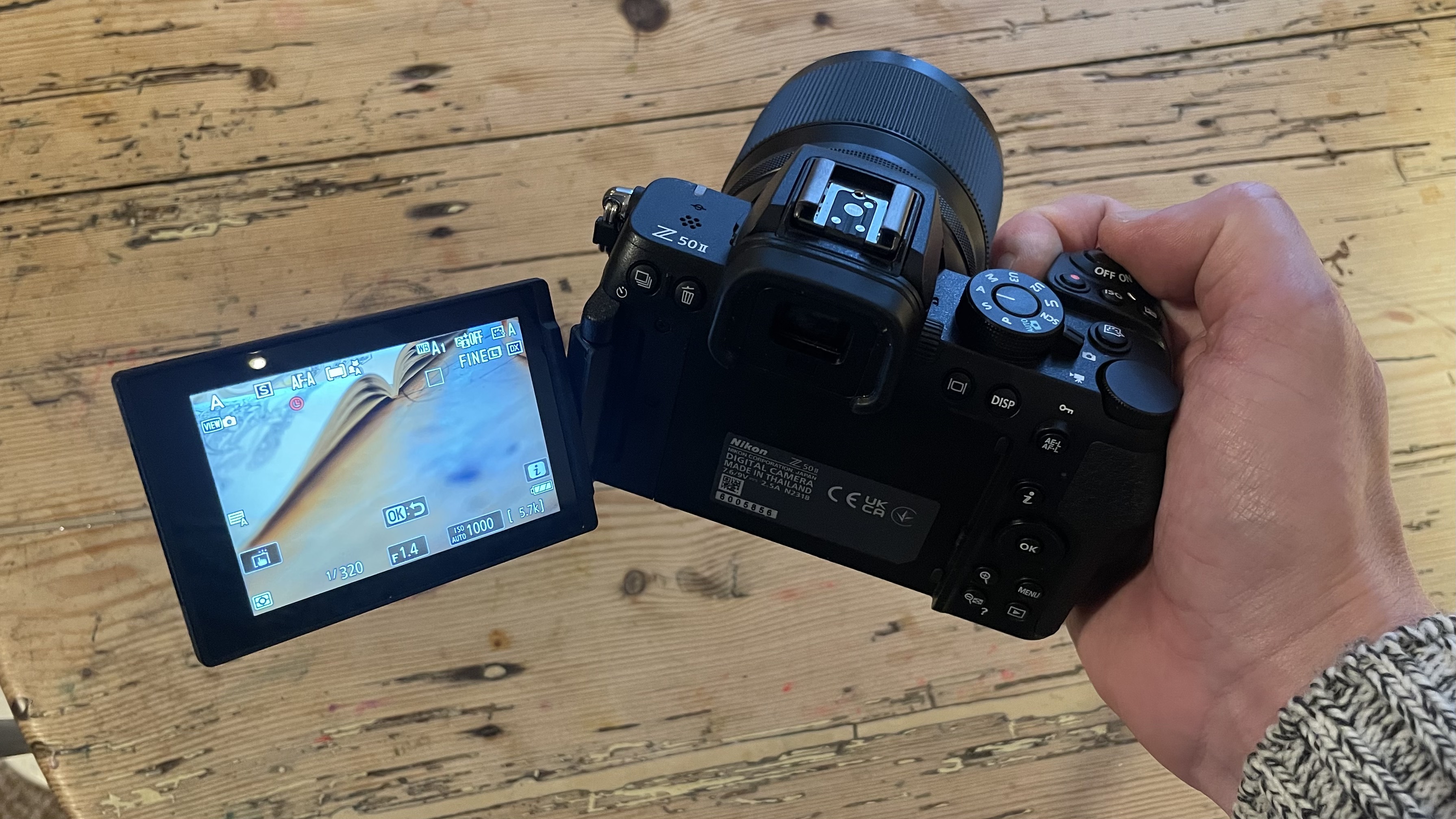
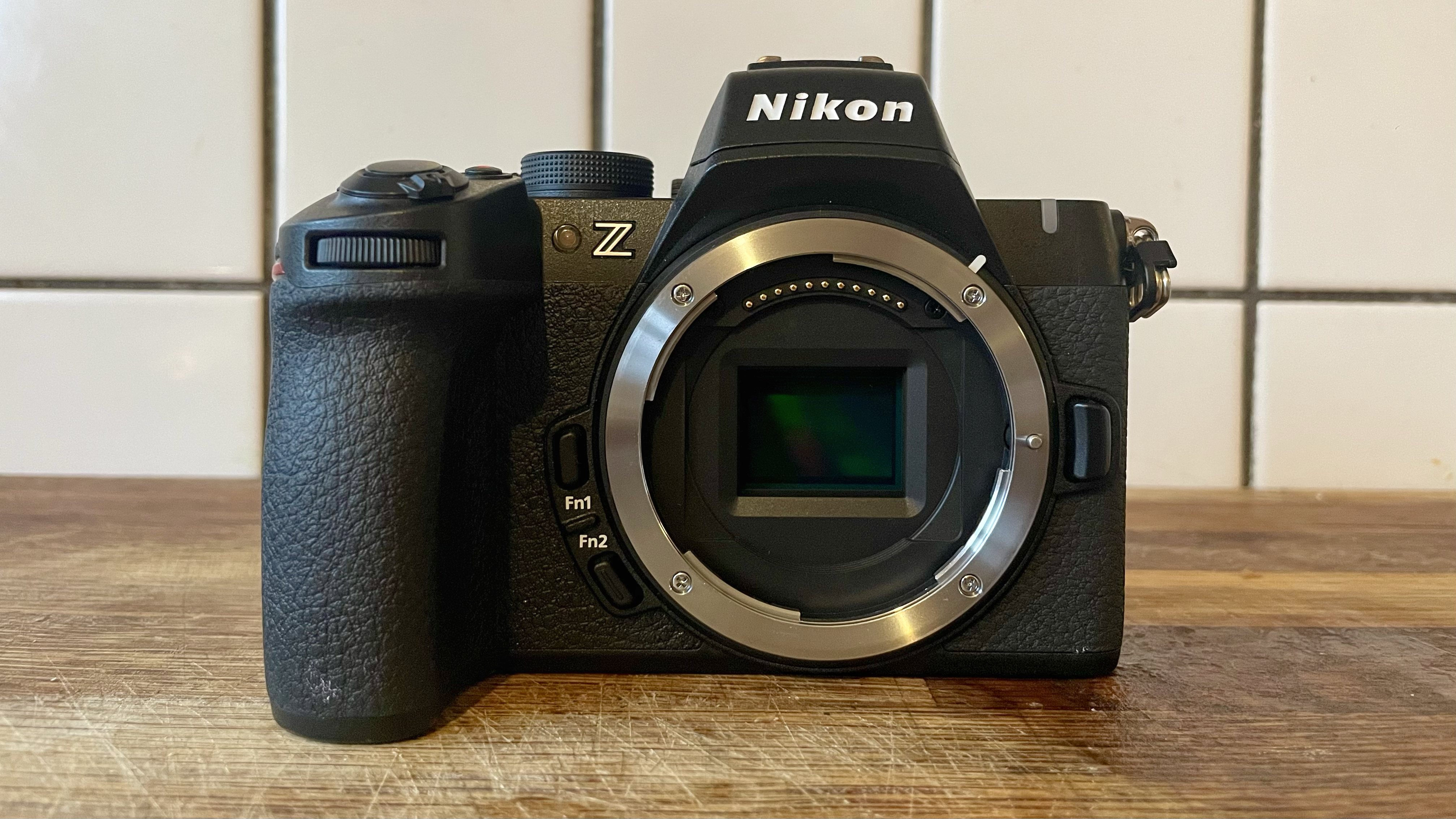
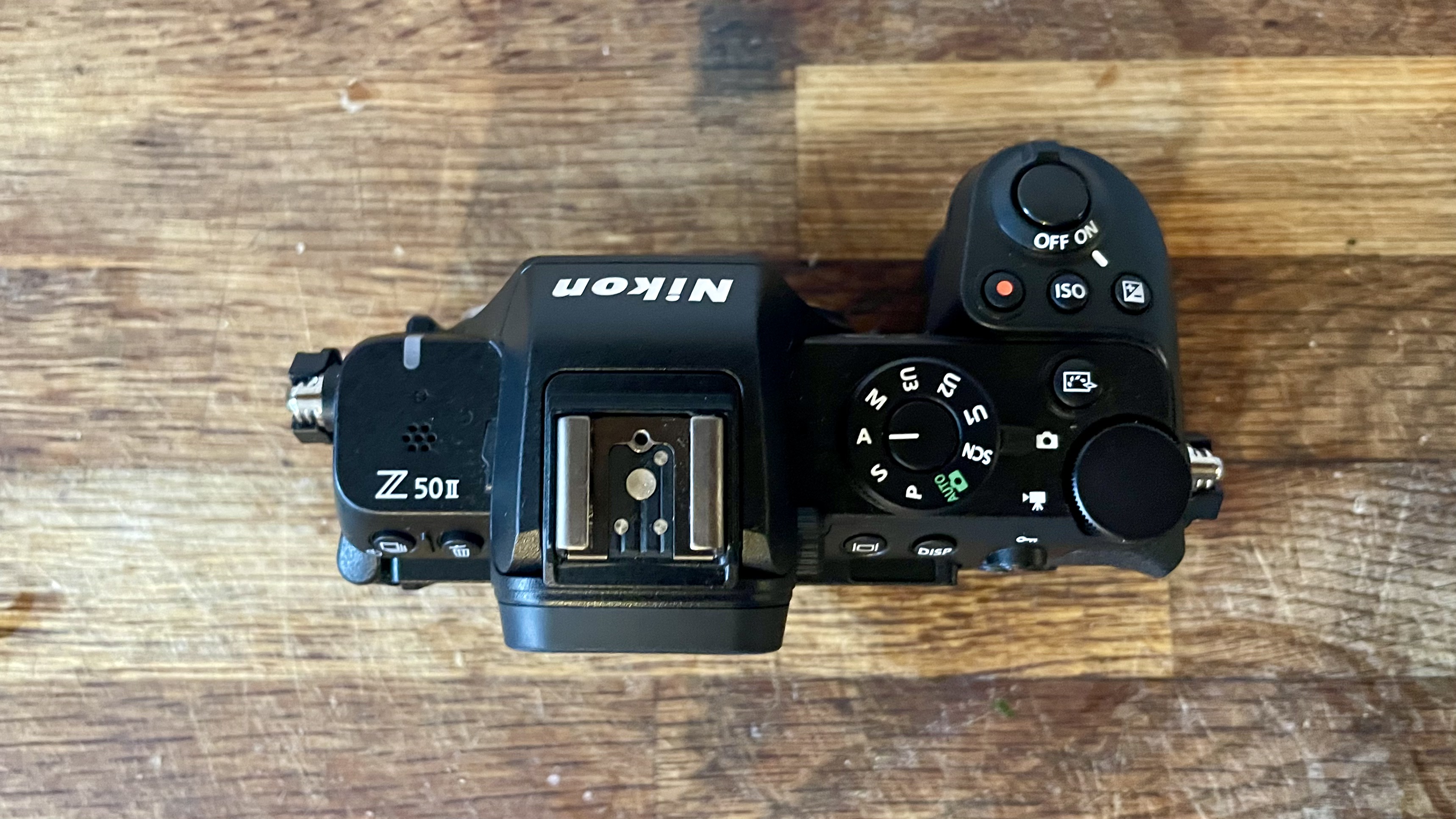
Specifications
Reasons to buy
Reasons to avoid
Nikon Z50 II sample images

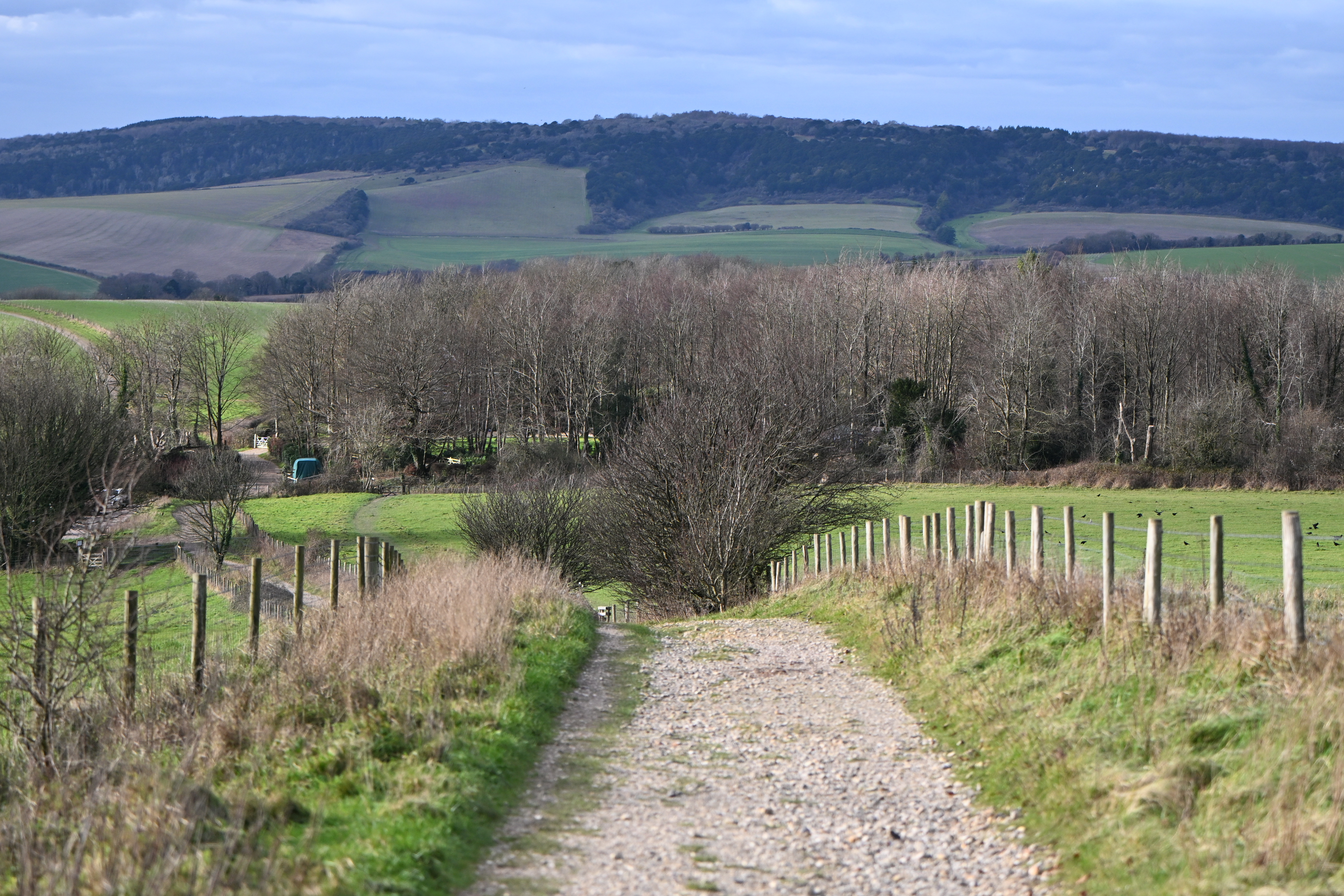
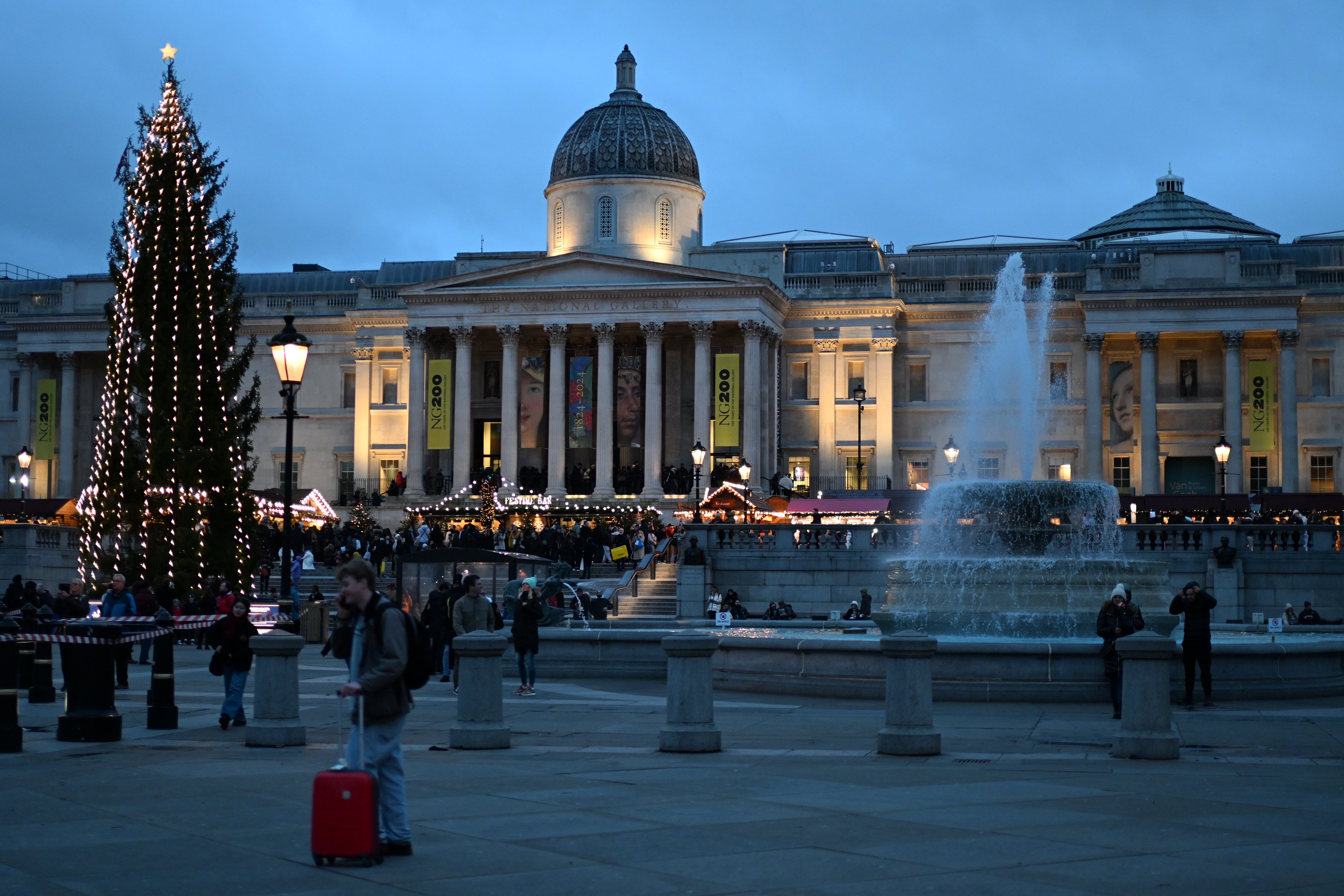
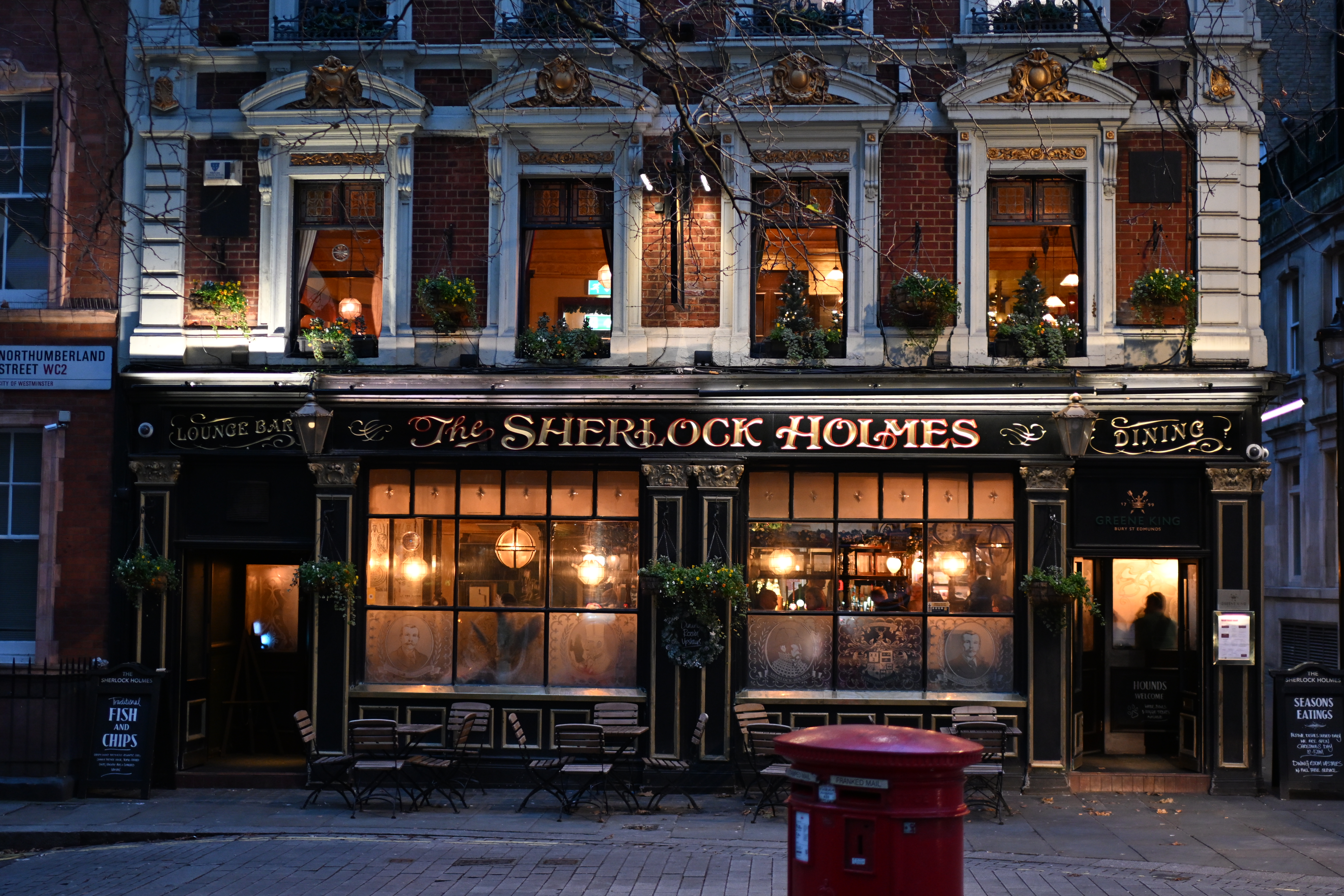

✅ You want Nikon's best autofocus: Impressively, the entry-level Z50 II offers flagship autofocus performance with subject detection modes for people, animals and more, that rivals Nikon's best, the Z9.
✅ You shoot a mix of stills and video: Capable of crisp stills, it's actually video where the Z50 II really impresses, with 4K/30p footage oversampled from 5.6K, plus support for N-log 10-bit recording and useful vlogging modes.
❌ You need highly-detailed stills: A 20.9MP resolution is nothing to sniff at, but rival cameras have more pixels.
❌ You're a Z50 upgrader: Nikon's Expeed 7 processor delivers notable performance improvements, but for stills-focused Z50 users, there’s probably not enough reason to upgrade.
The Nikon Z50 II is a superb hybrid mirrorless camera for the money, building on the original Z50 with some excellent performance and video-based improvements. With Nikon's latest Expeed 7 processor, the Z50 II is an altogether more powerful and feature-packed camera than the Z50, even if it packs the same 20.9MP crop-sensor (APS-C) as its predecessor, which means it's a limited upgrade for stills-focused users.
Still, one feature worth shouting about is Nikon's best autofocus system, with the same subject detection modes for people, animals and more, offered by Nikon's flagship Z9. There are also design tweaks that go a long way in improving the user experience – we really enjoyed the larger-than-average 3.2-inch vari-angle touchscreen during testing. And then there's the video-based upgrades; 4K 60p oversampled from 5.6K, with the option for N-Log flat color profiles and a handy autofocus mode for vlogging akin to Sony's Product Showcase mode. This is a truly powerful hybrid.
Against rivals, the Z50 II's weakness is clear – that 20.9MP sensor cannot offer the same degree of detail, even if it gives strong low light image quality. Also, there's no in-body image stabilization, which is a given at this price point, but would have been great to have. Besides its modest resolution, the Z50 II is overall a rival-beating entry-level camera from Nikon, representing excellent value and is competitive among the best cameras for beginners overall.
Read our in-depth Nikon Z50 II review
The best premium mirrorless camera
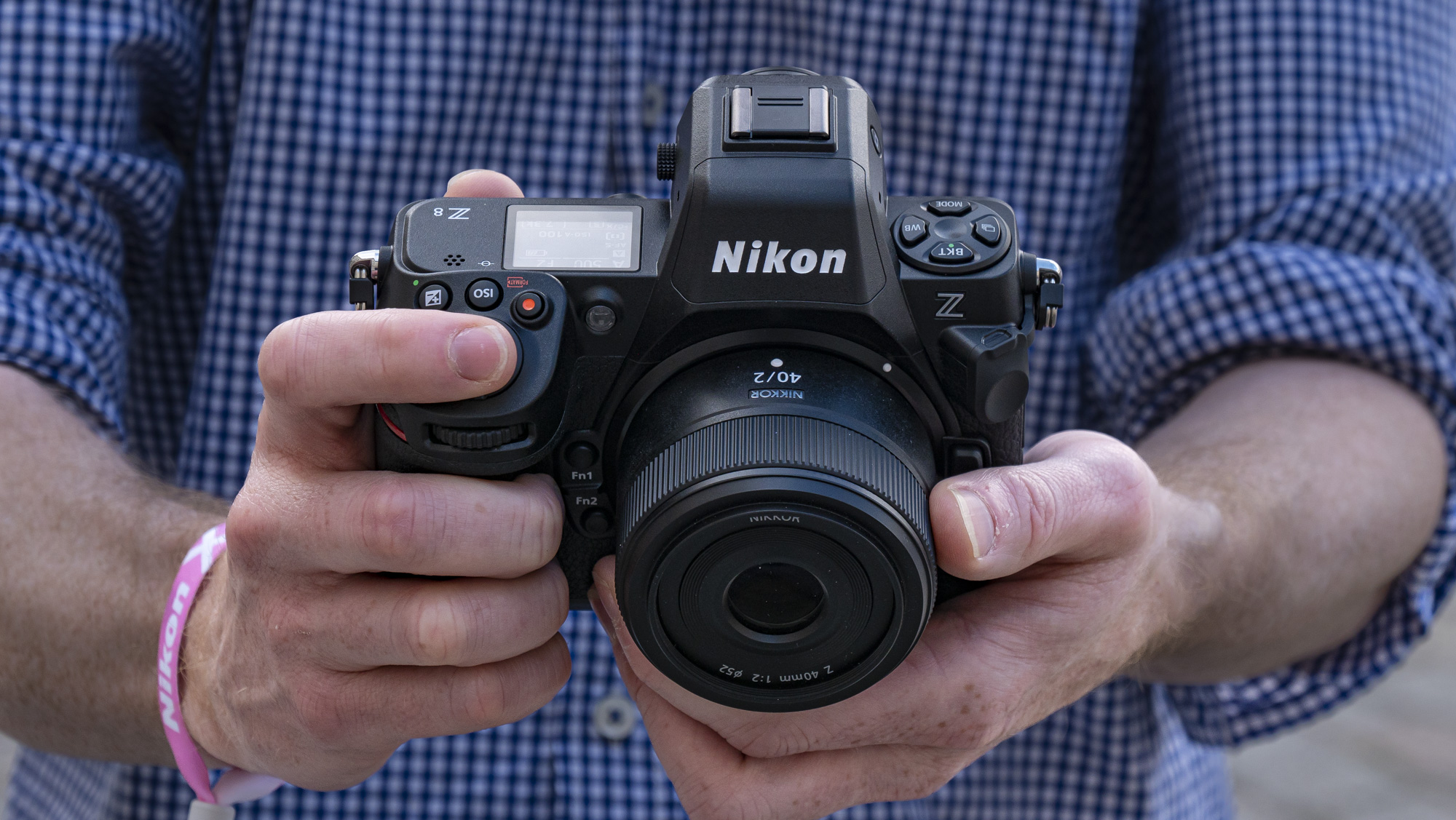
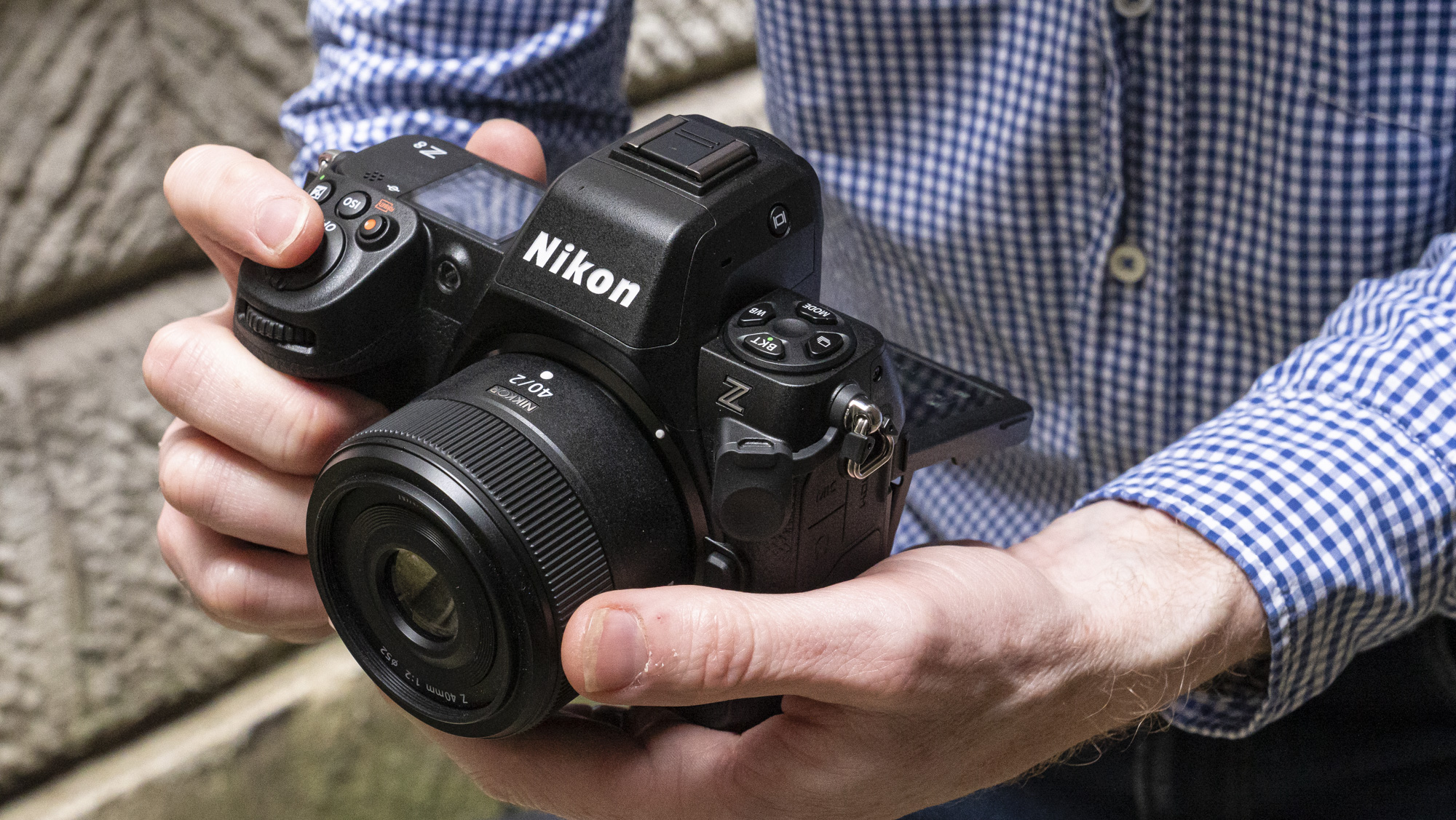
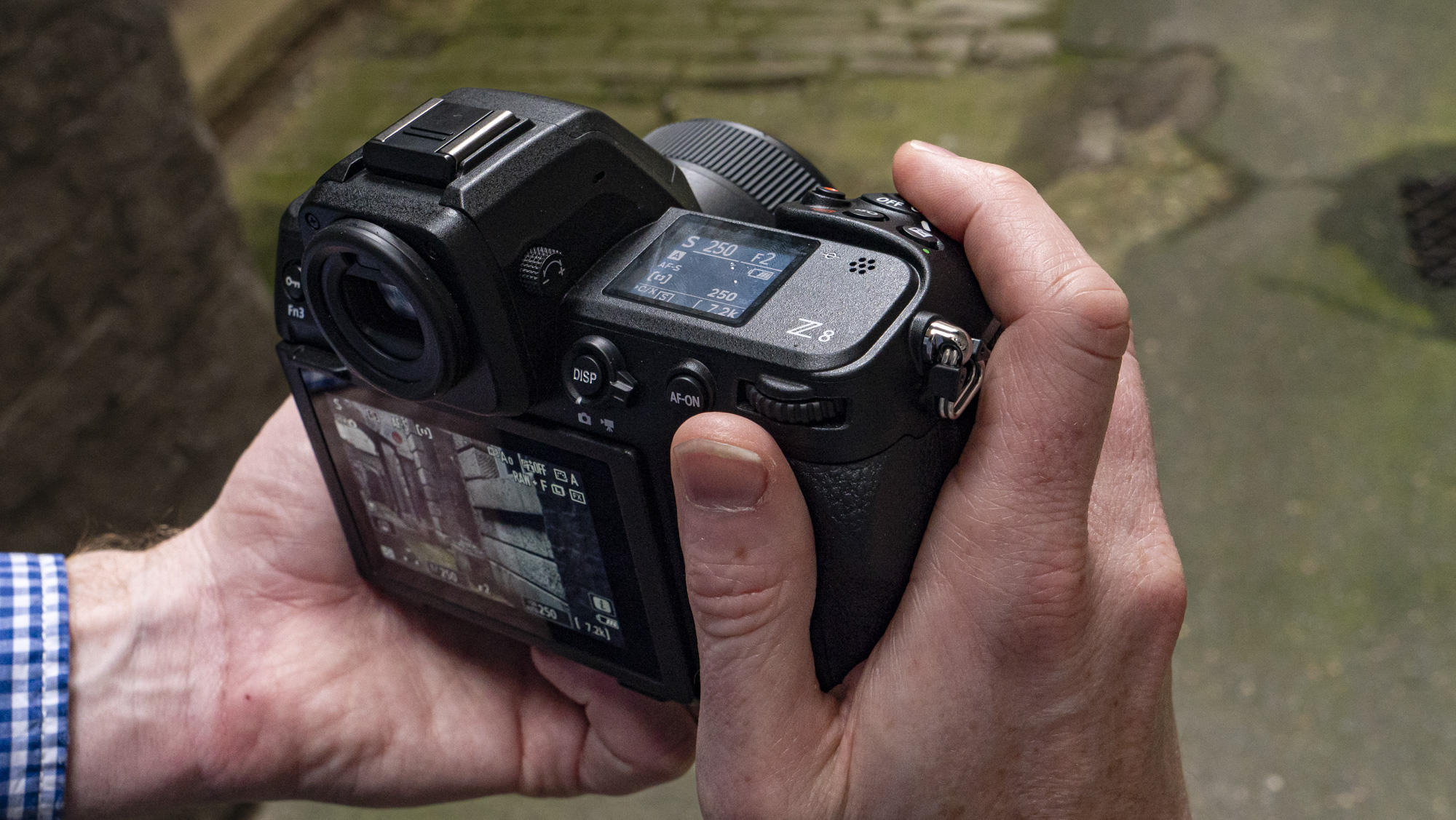
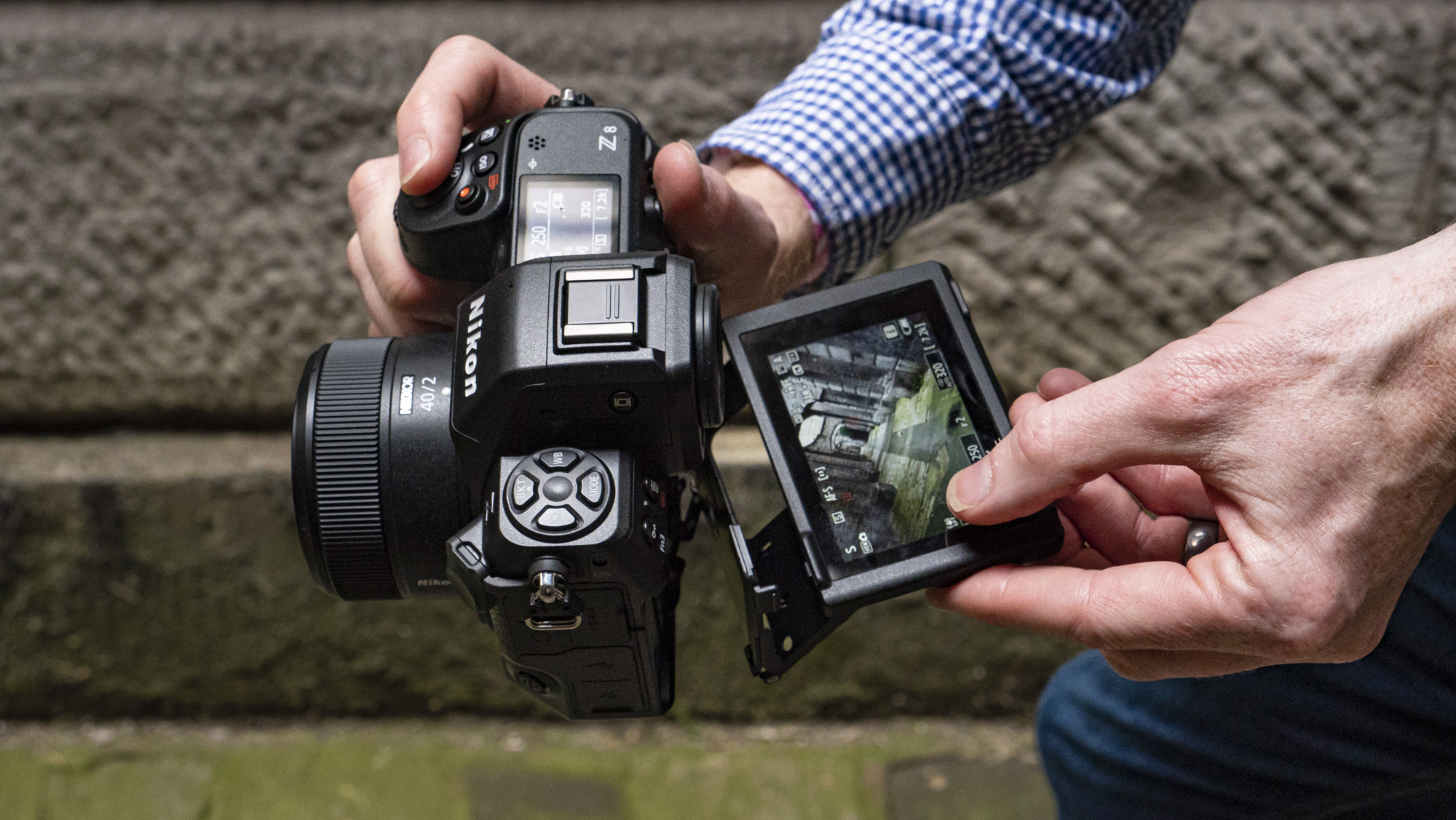
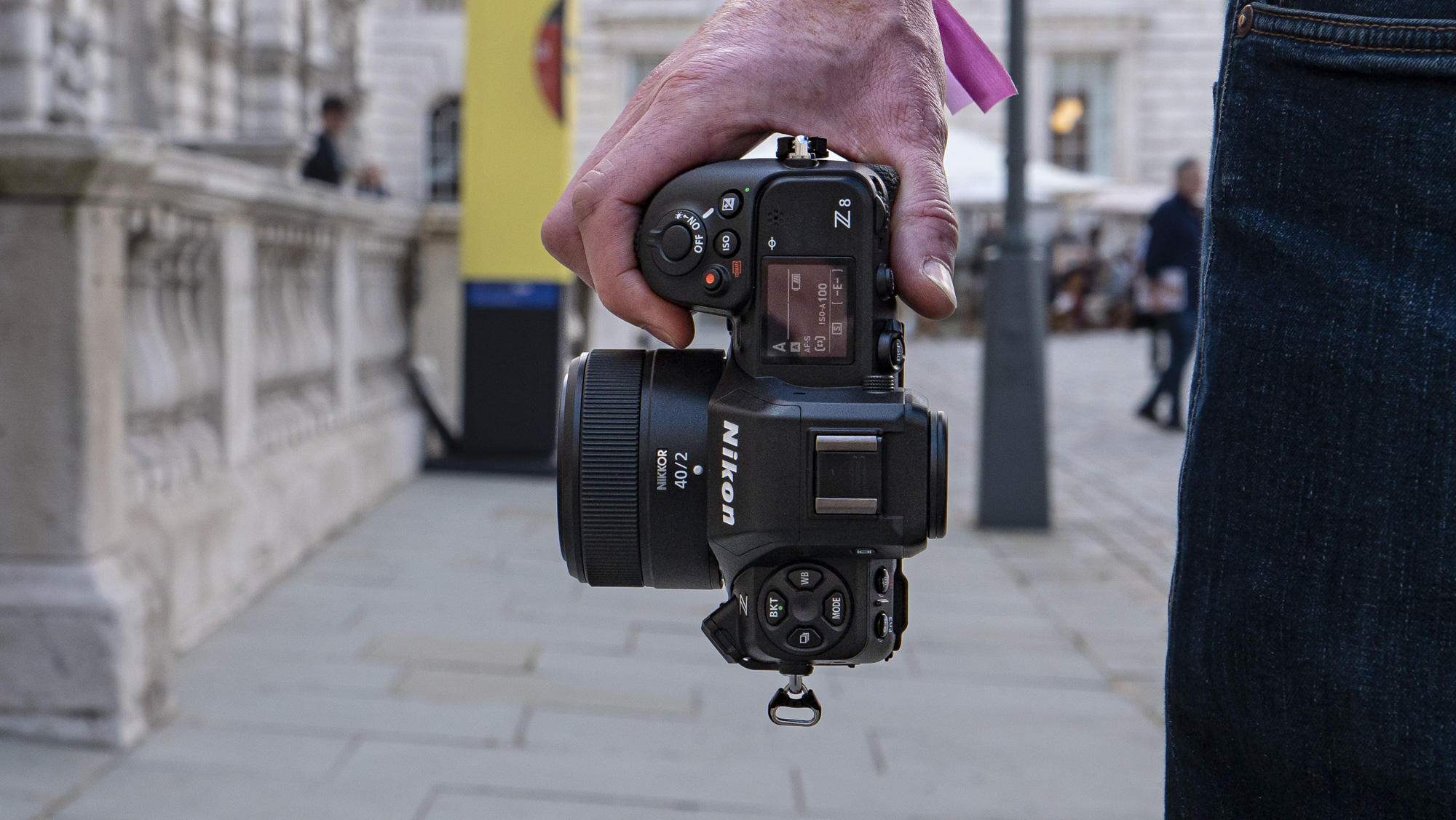
Specifications
Reasons to buy
Reasons to avoid
Nikon Z8 sample images
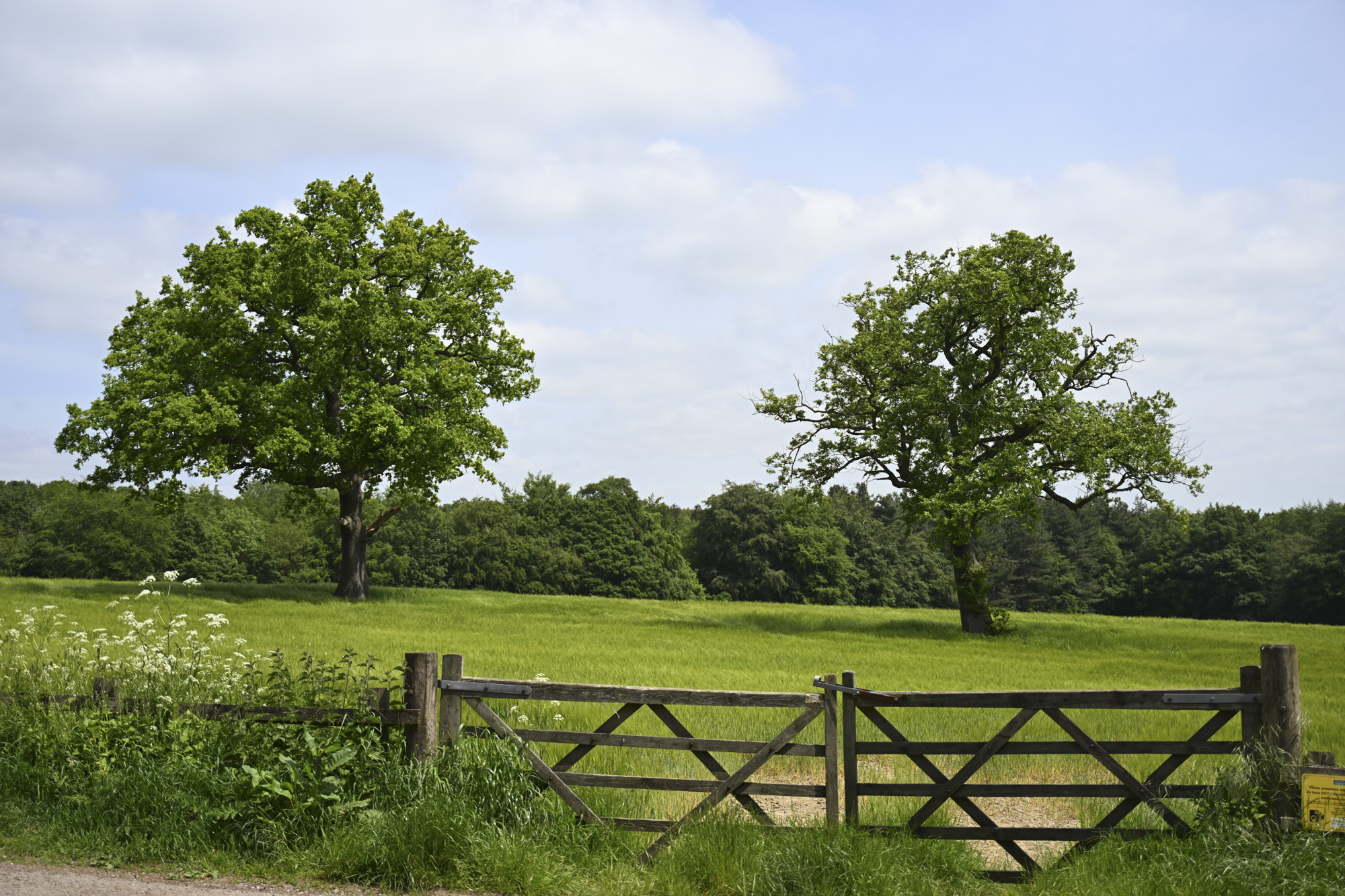
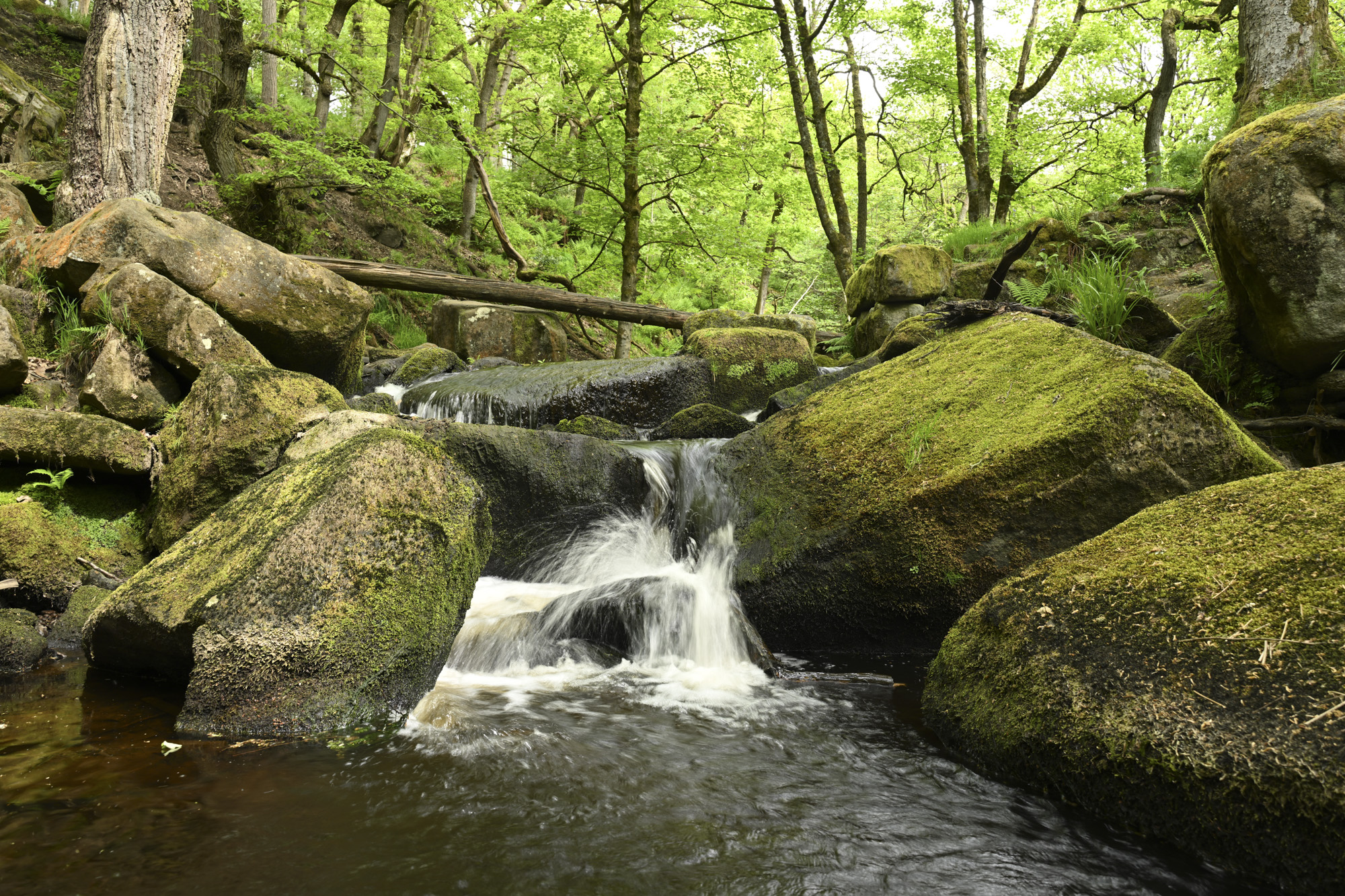

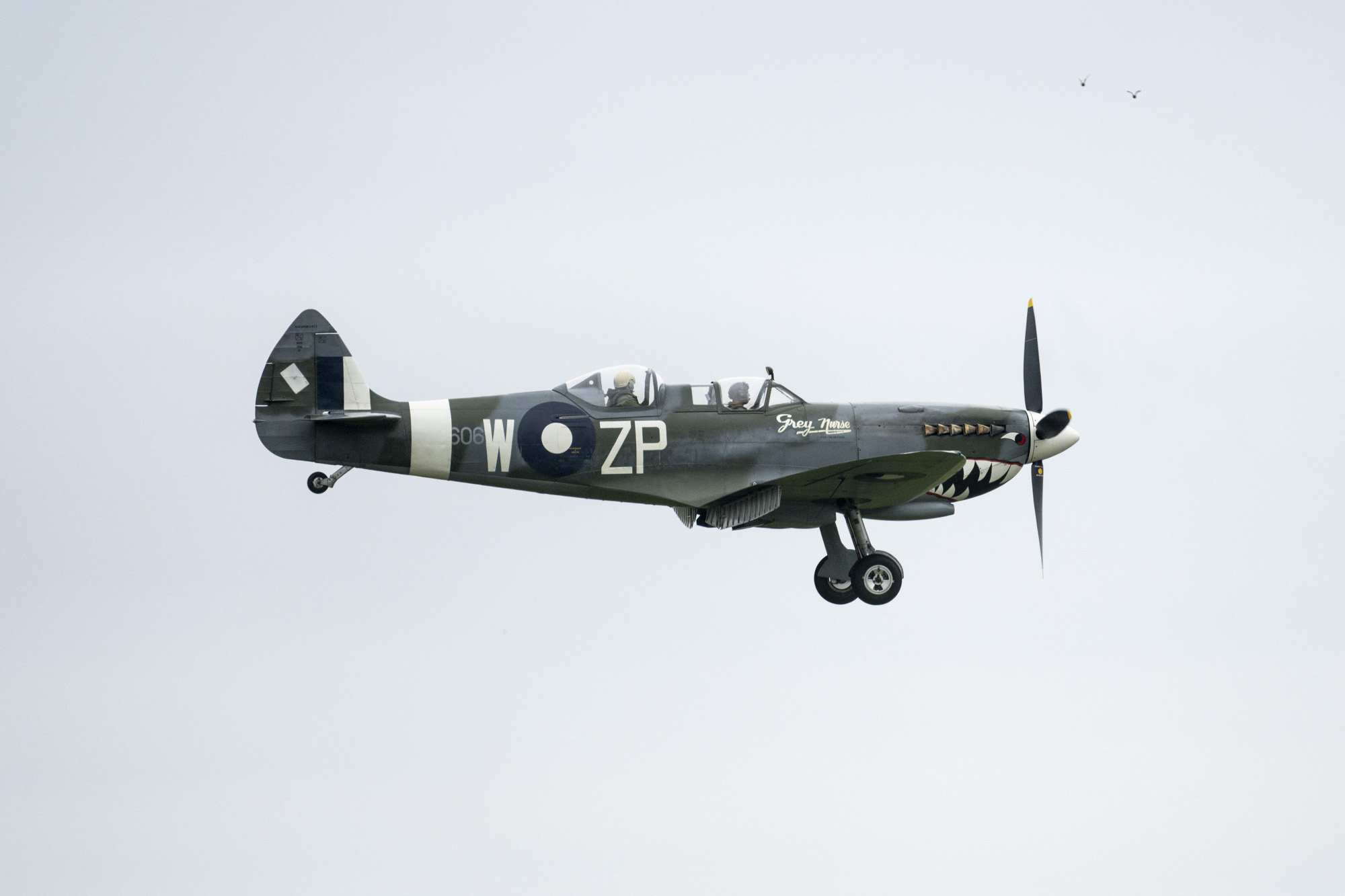
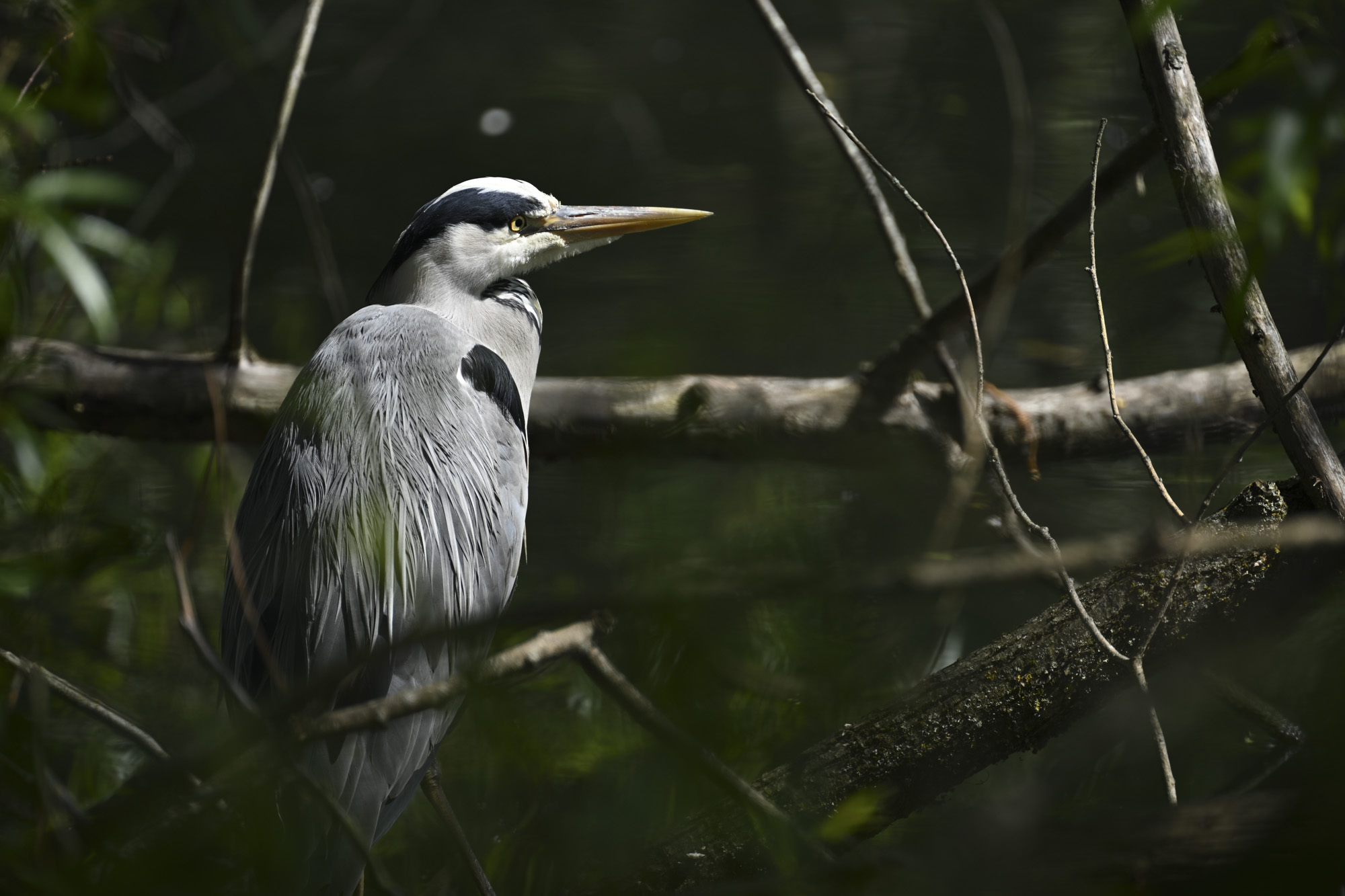
✅ You're ready to switch from your Nikon D850
The Z8 is a natural mirrorless successor to the D850 DSLR with plenty of new tech to make the upgrade worthwhile.
✅ You want on camera that does it all: The Nikon Z8 is highly efficient in any scenario; landscape photography, wildlife videos, whatever you can think of.
❌ You shoot long video clips: The Z8's video record times are shorter than the Z9 in hot conditions.
❌ You want class-leading detail in your photos: 45MP is plenty enough for most people and most situations, but the rival Sony A7R V's 61MP resolution is better.
The Nikon Z8 is billed as the 'baby Z9' and there's very little that the flagship Z9 – which we awarded the camera of the year 2022 – can do that the Z8 can't. It's super impressive given that the Z8 is a smaller and cheaper version, and I reckon it's the sensible choice for most pros and one of the most capable mirrorless models from any brand that you can buy right now. We pushed the Z8 through its paces in a wide range of scenarios: landscape photography, sports, wildlife and video, and found the Z8 an exceptionally capable camera at all times. It produces pin-sharp stills courtesy of its 45.7MP full-frame sensor and fantastic 8K video to match.
It might not have best-in-class detail: that award goes to the Sony A7R V with its 61MP sensor, but the Nikon Z8 is twice as fast and a better all rounder. Like the Z9, the Z8 has no mechanical sensor but relies on an electronic sensor for extreme speed. Thanks to its stacked sensor, rolling shutter distortion is all but eliminated, and the reward is unlimited 20fps burst shooting and smooth video. If you're happy with an 11MP output, you can even shoot stills at a rate of 120fps. Battery life cannot match the mighty Z9, nor can its video record times, while there are better in-body image stabilization systems from rivals cameras. However, you'll struggle to find a better camera for the price – the Z8 is a real champion.
Read our in-depth Nikon Z8 review
The best retro Nikon camera
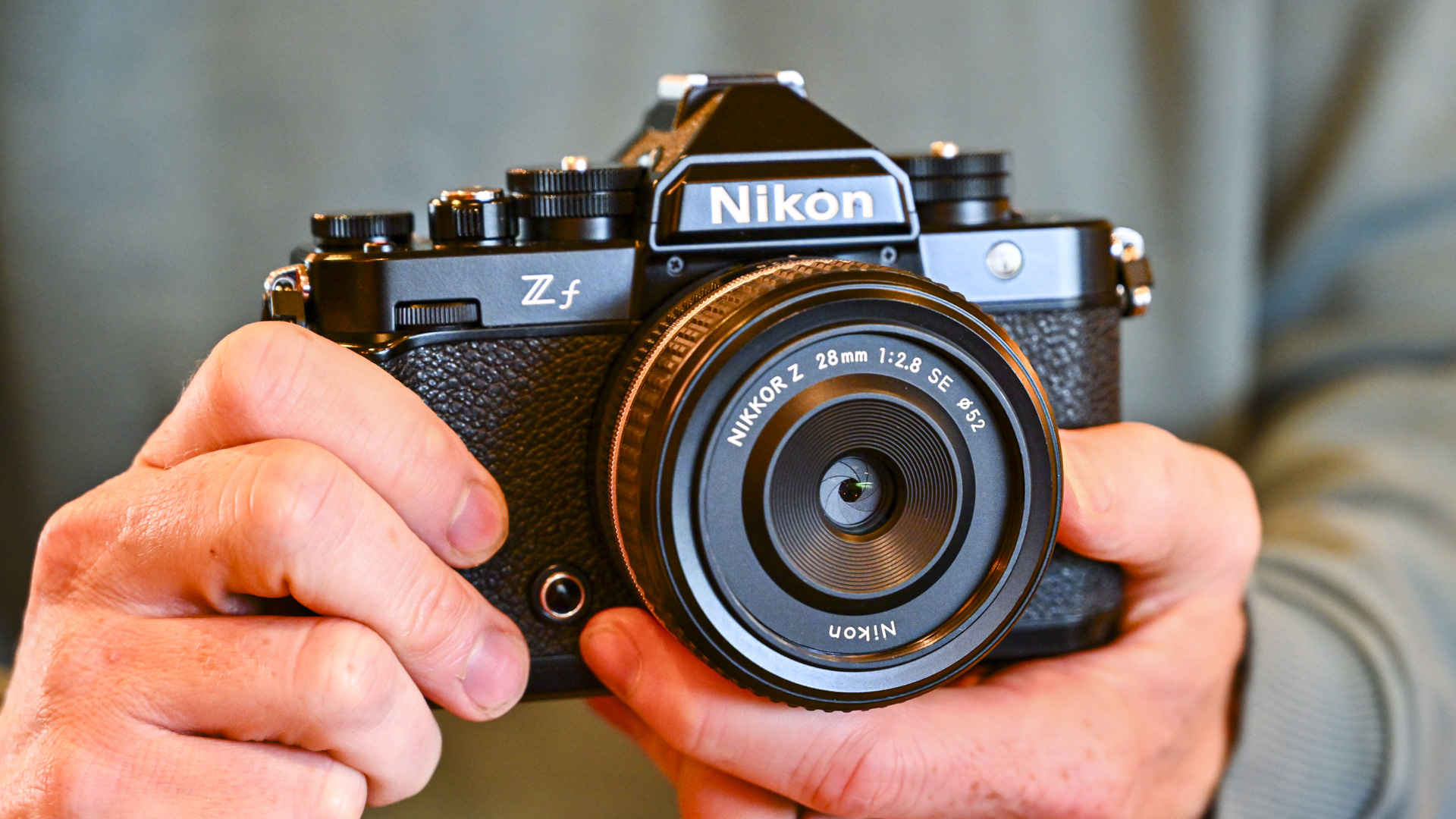
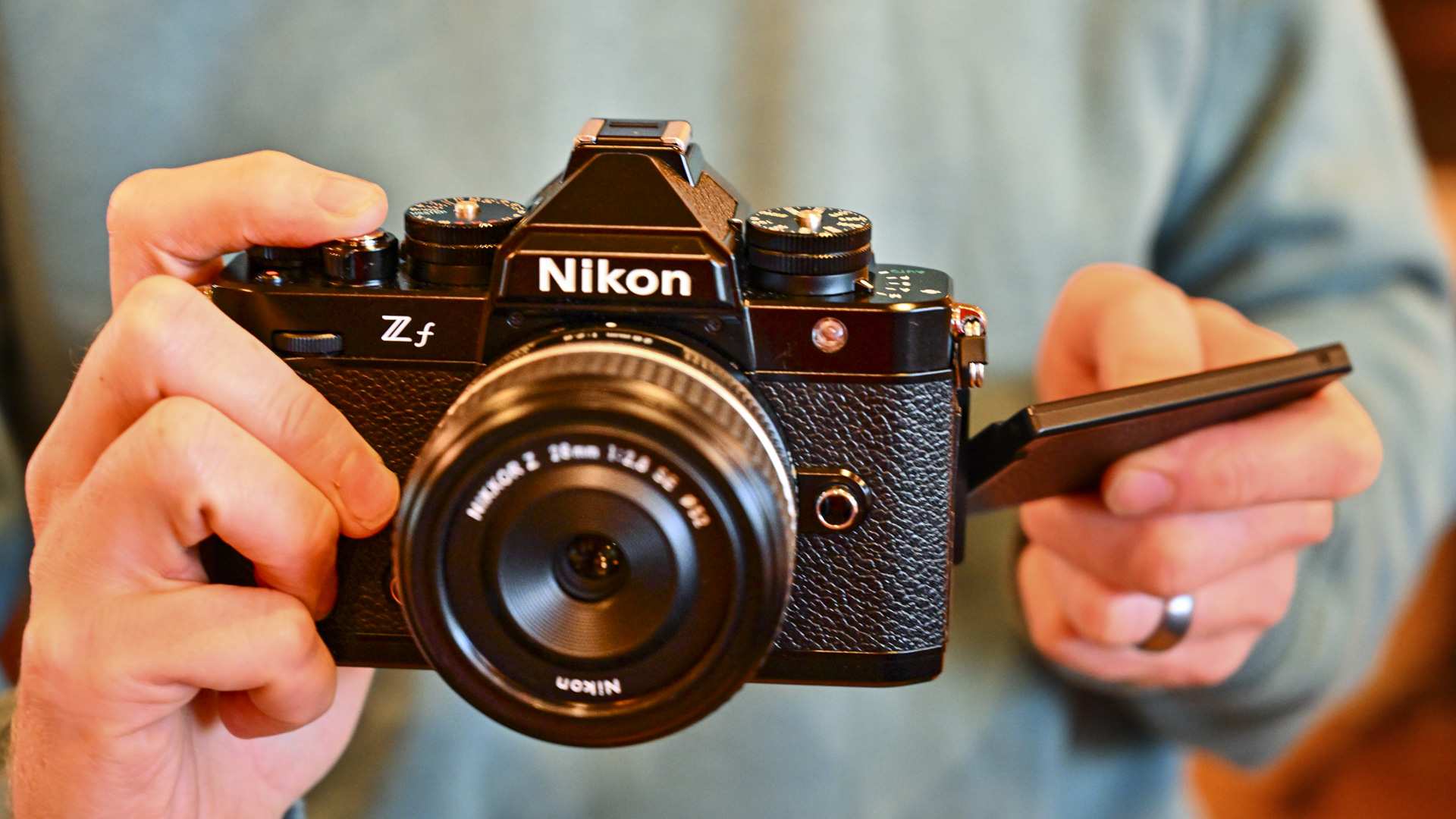
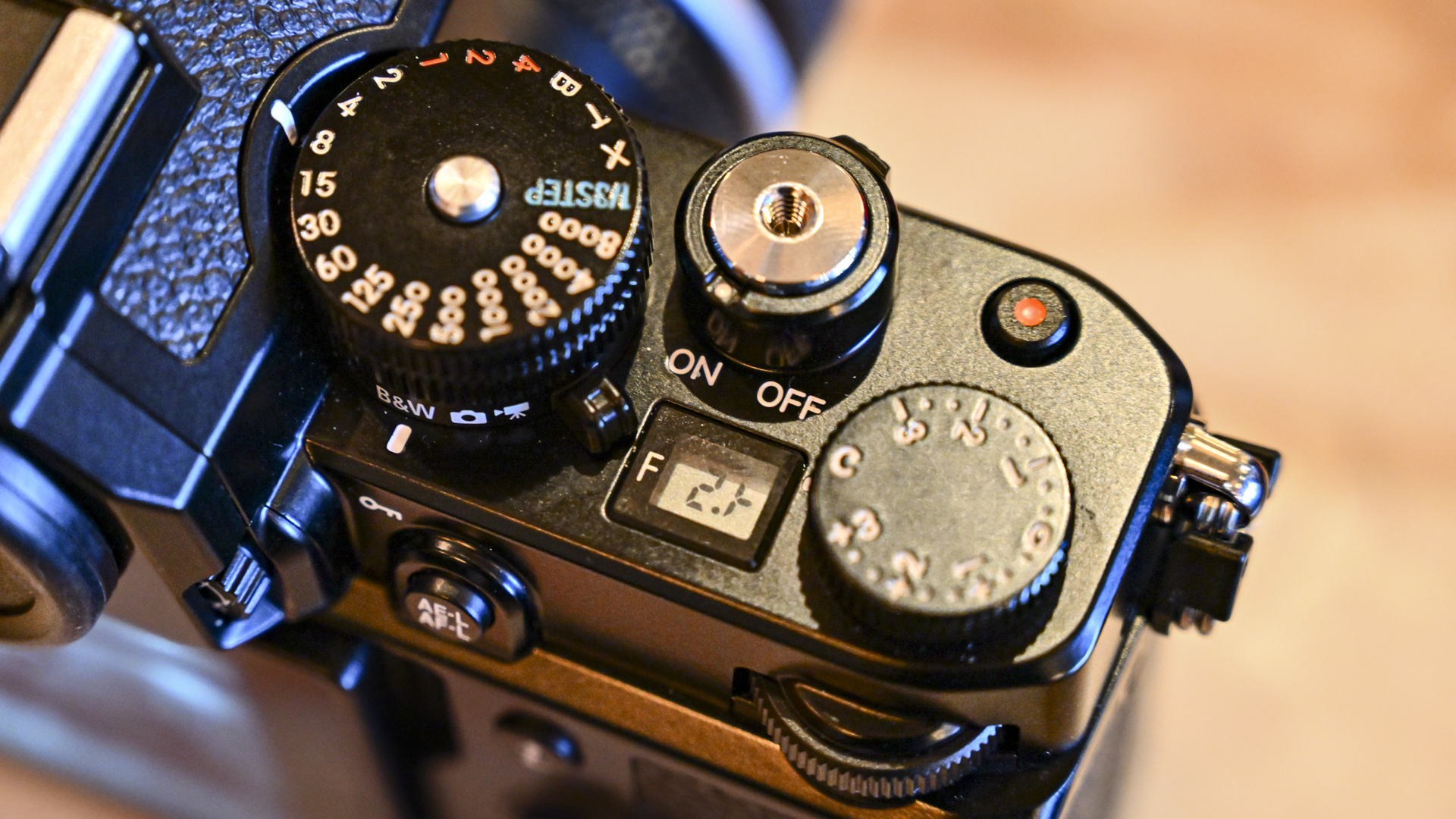
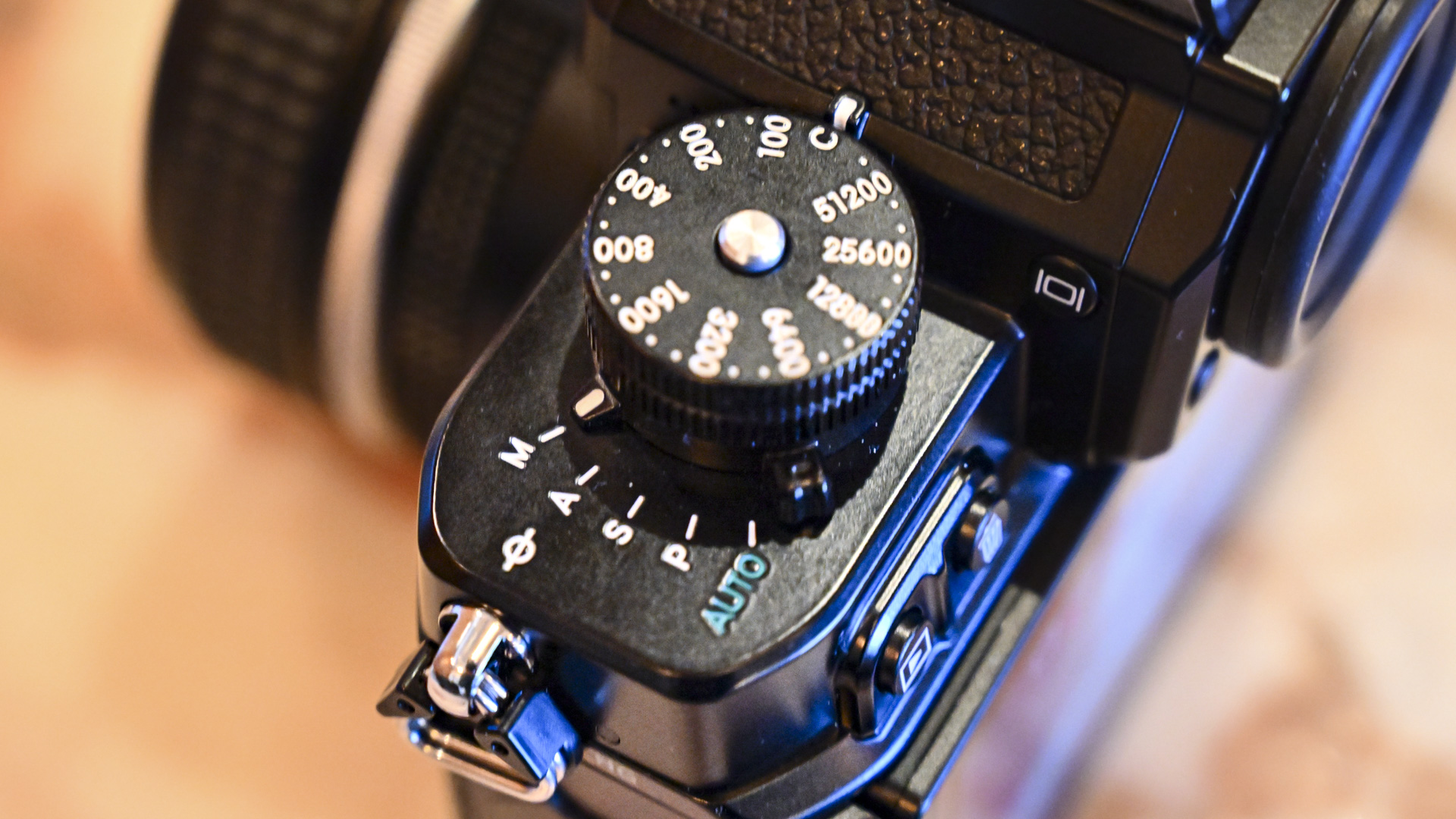

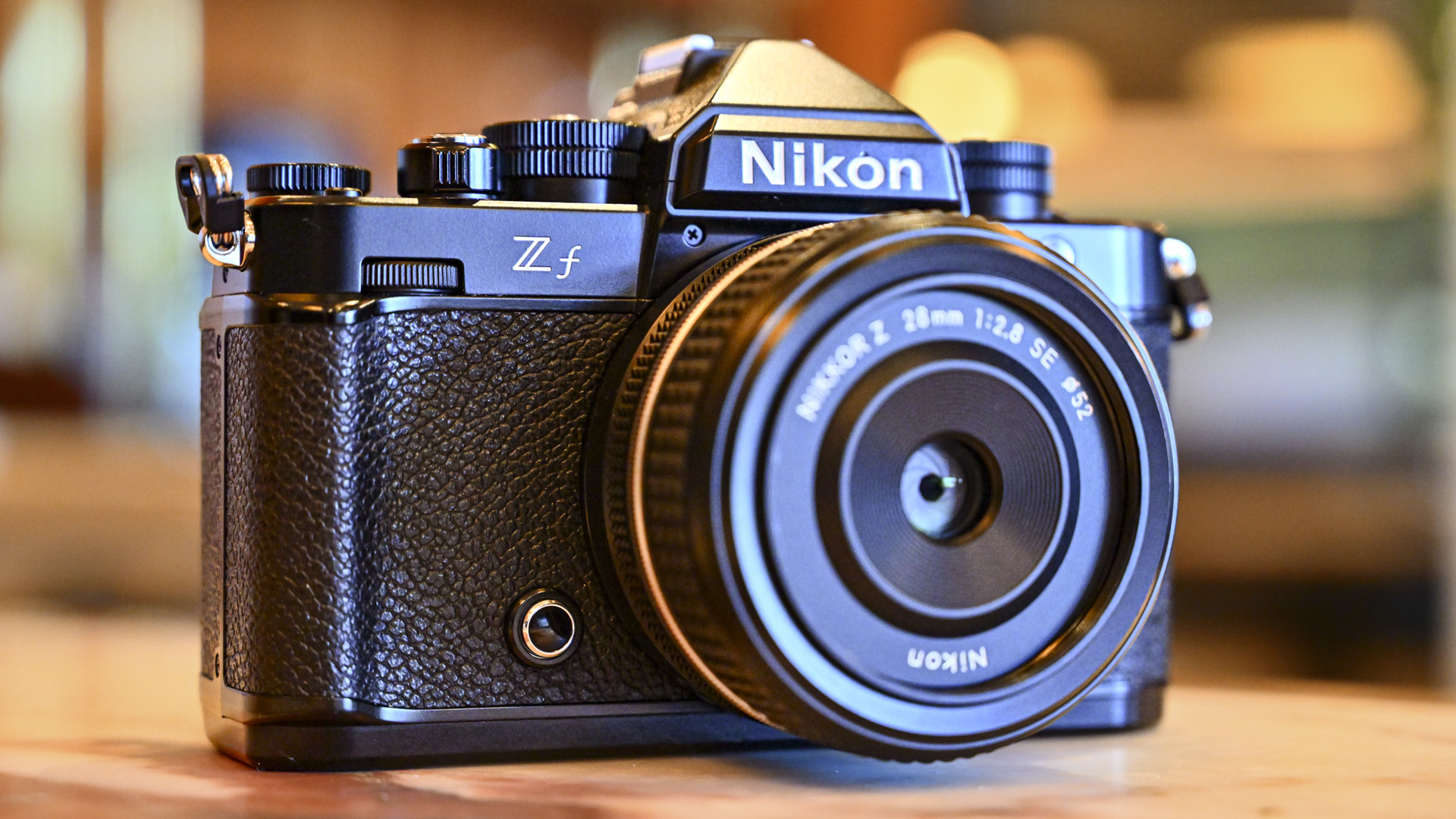
Specifications
Reasons to buy
Reasons to avoid
Nikon Z f sample images
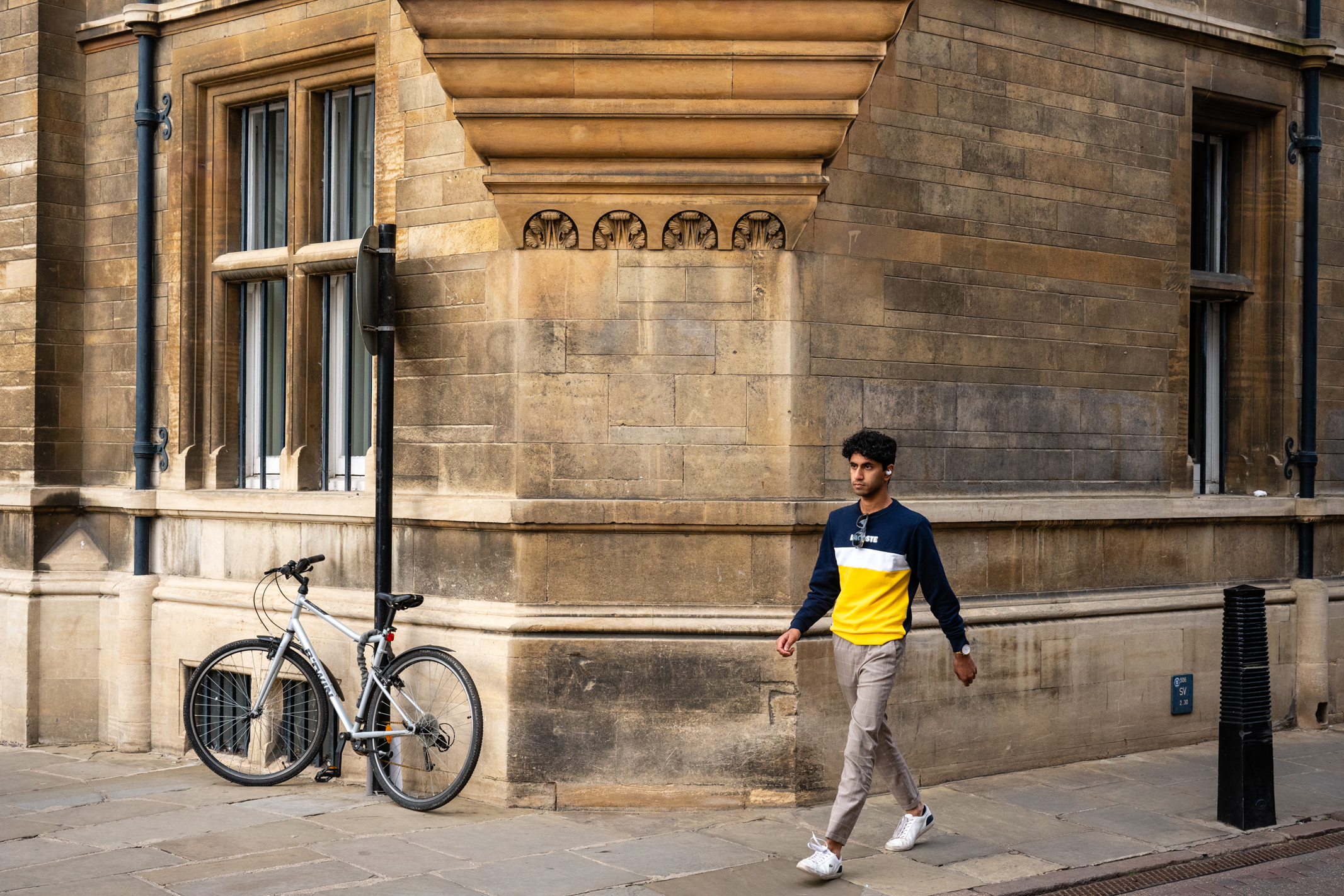
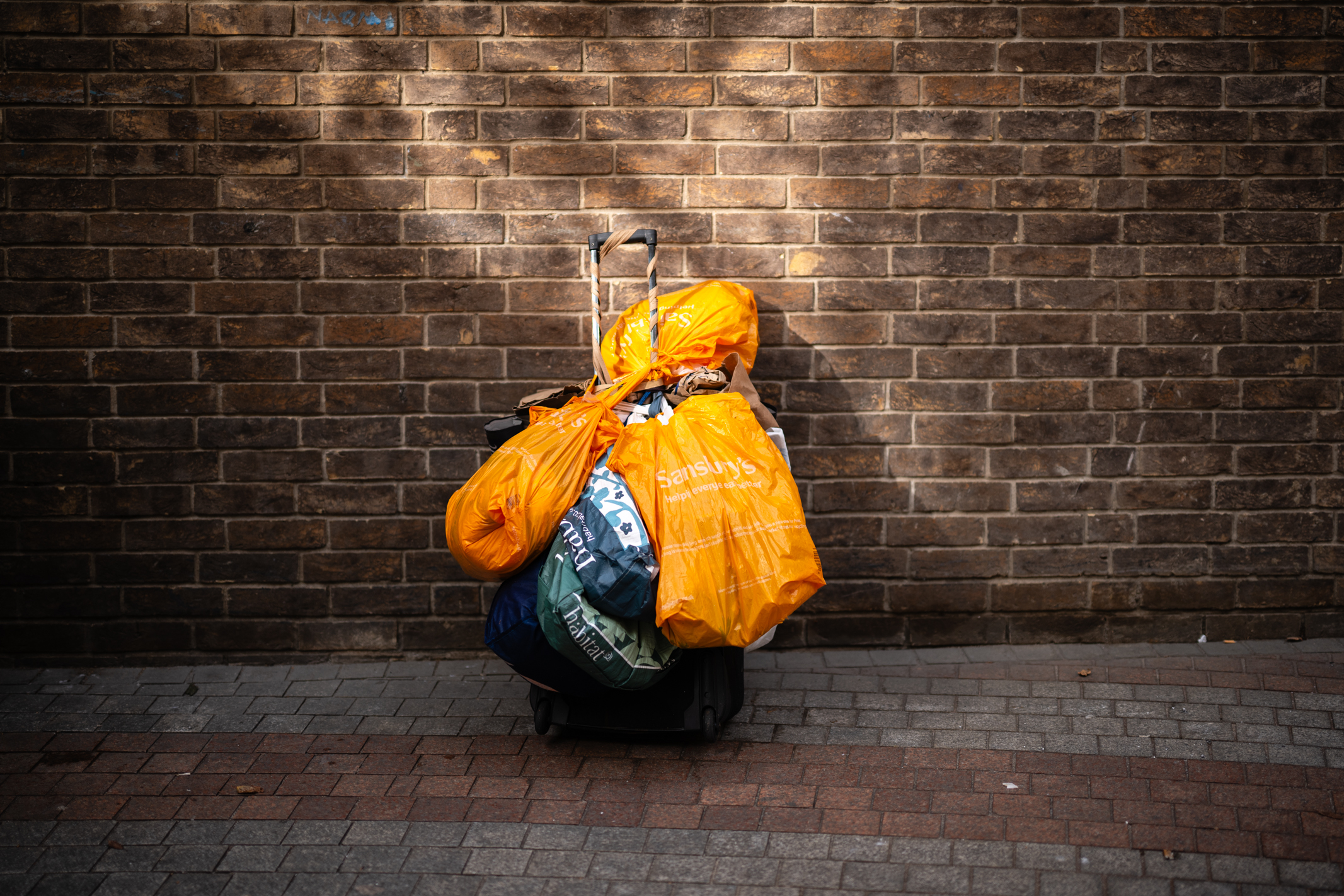
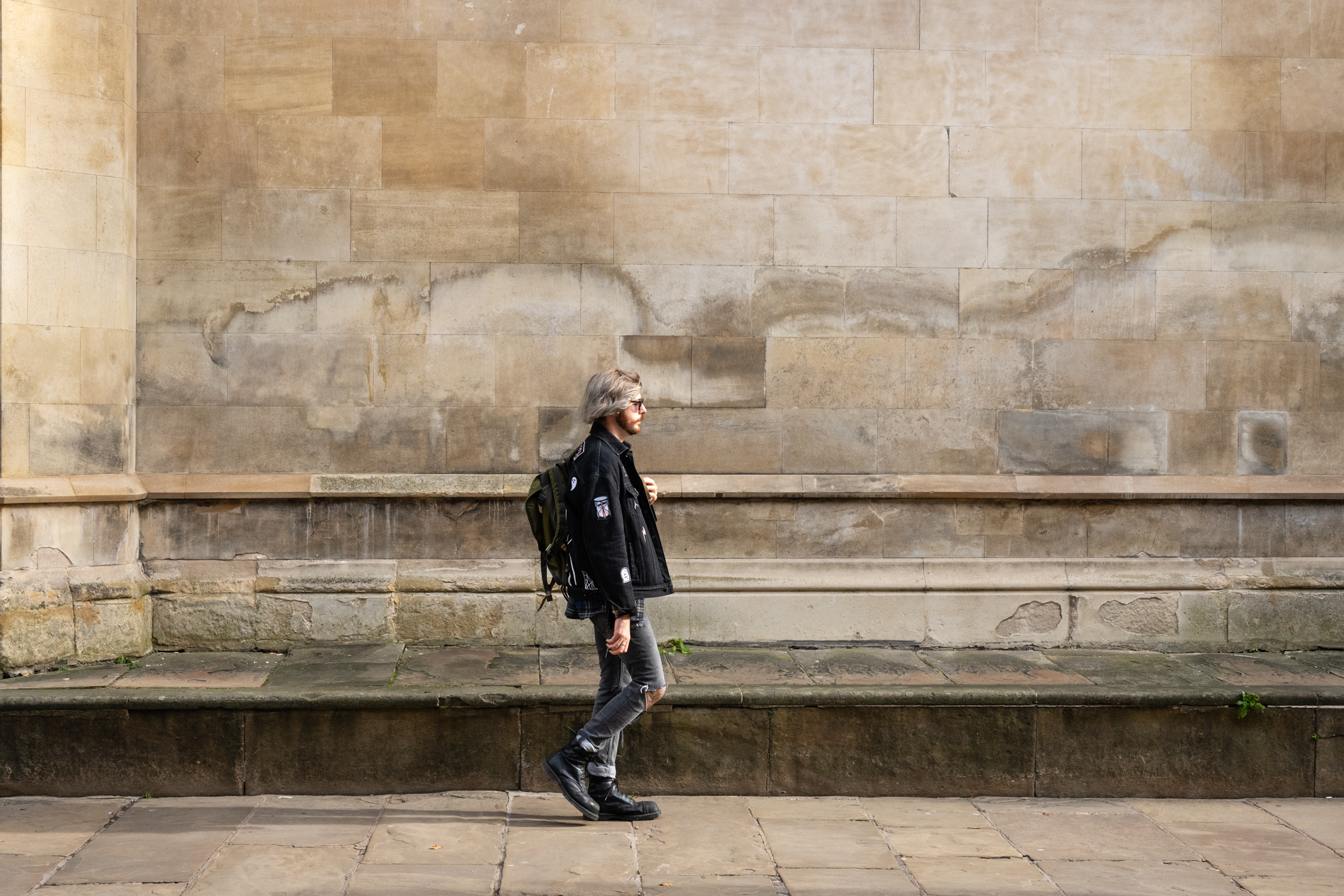
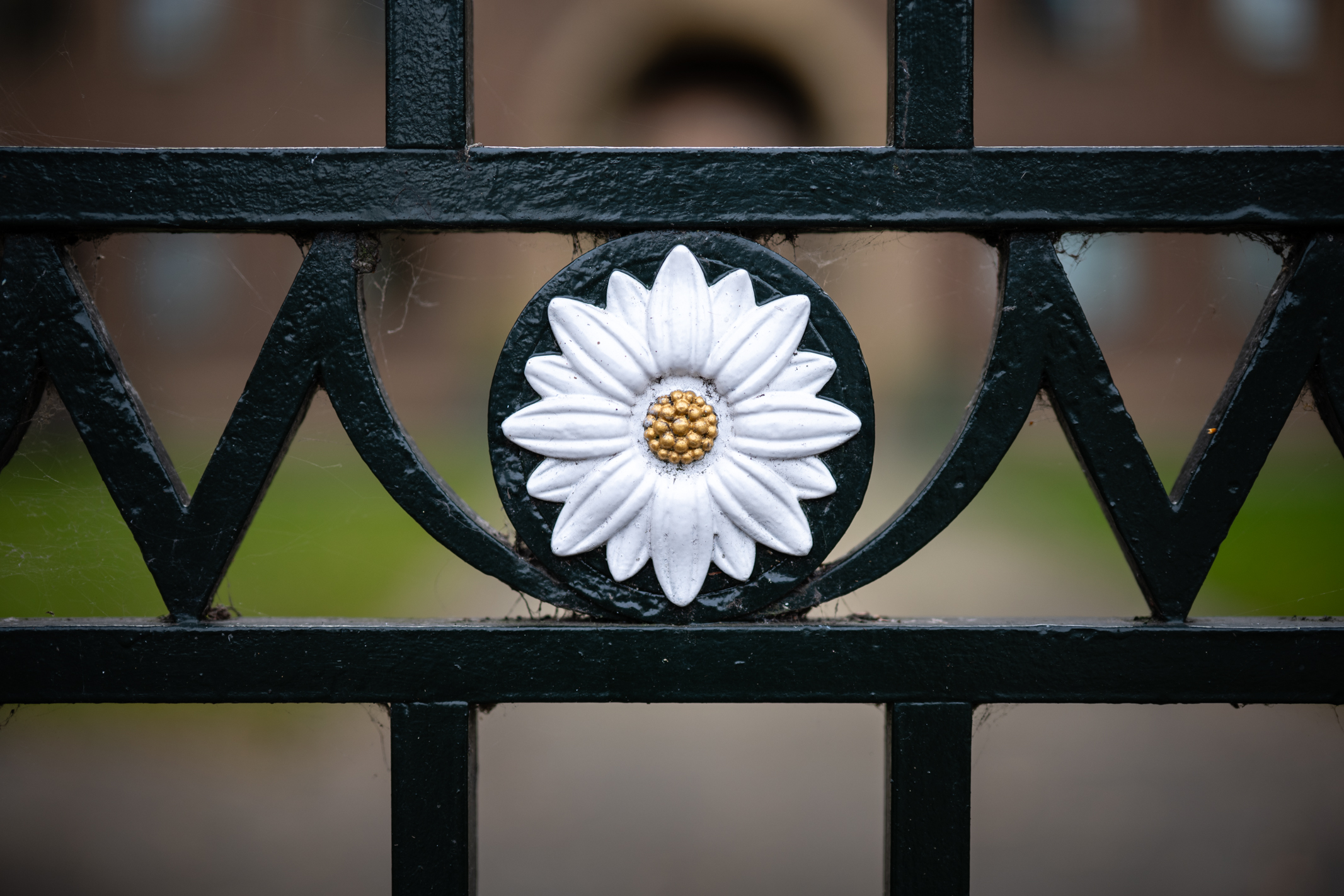
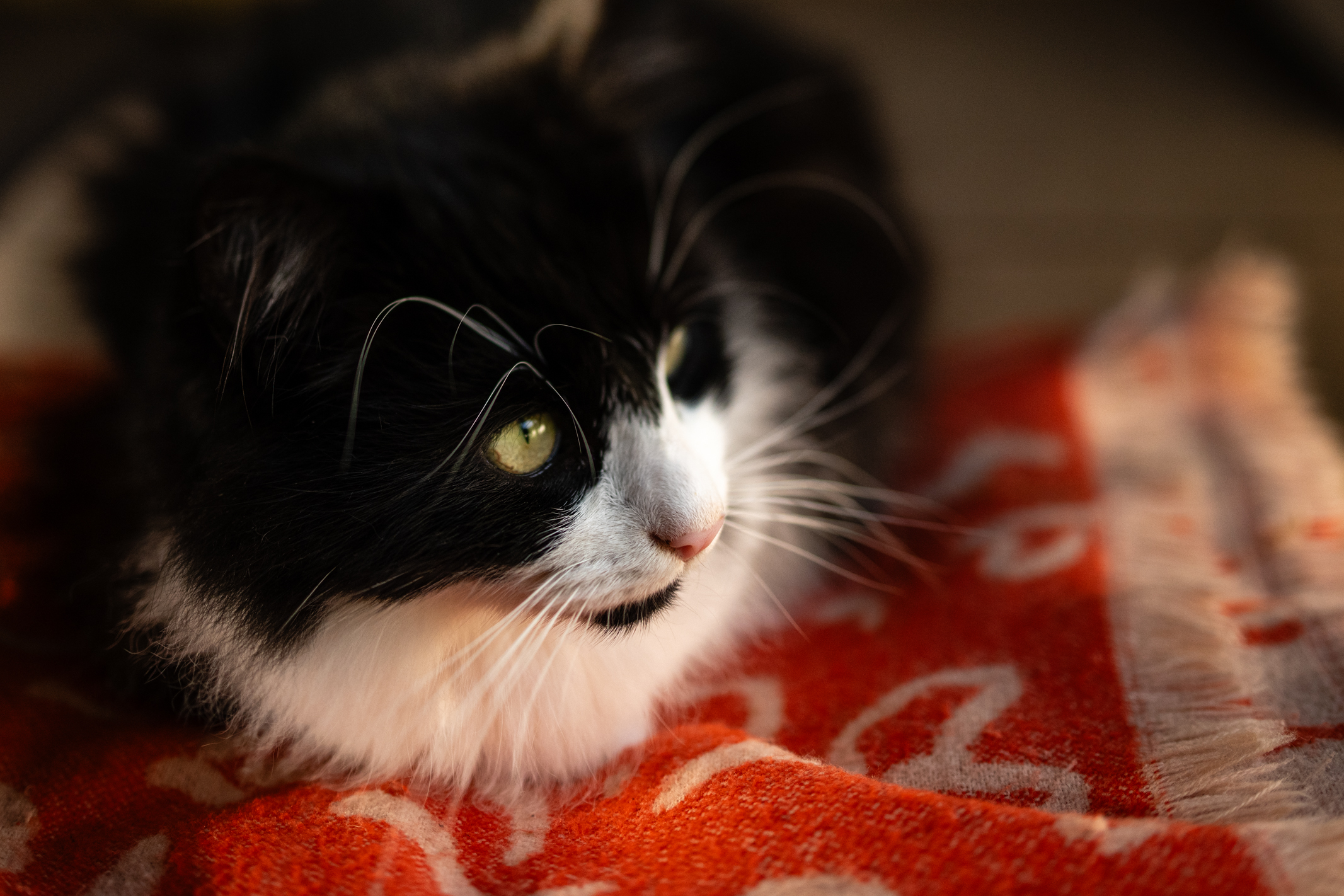
✅ You love old school design
Taking its design cues from the Nikon FM2 film SLR camera, the Zf is the first proper Fujifilm alternative for retro lovers.
✅ You love black white photography: The only Nikon camera with a dedicated black and white setting, the Zf encourages shooting monochrome.
❌ You need a good grip: Unlike Nikon's DSLR-style cameras (including most other mirrorless models), the Zf doesn't really have a comfortable hand grip.
❌ You shoot sports and action: The Zf is a speedy camera, but it's not designed for action or to be used with long lenses.
For years and years Fujifilm has dominated the retro camera space with its X-series. Then came along the Nikon Zf: it's a beautiful camera, modelled on the Nikon FM2 from the 1980's. For lovers of the old school looks, you'll struggle to find a better mirrorless camera – it's got the exposure dials on the top and a rugged build quality, unlike the cheaper Nikon Zfc. We love the consideration for those adapting vintage lenses: the Zf is a perfect design match but it has neat subject detection manual focus features that make manual focusing easier than ever with old lenses. Sadly, there's not enough Z-mount retro lenses for the Zf so you'll have to look elsewhere, like Voigtlander.
Most people will be drawn to the Nikon Zf because of its looks – it won us over during our hands-on time with it – but the Zf is also a highly capable camera in the digital age. You get a proven full-frame 24.5MP image sensor with excellent high ISO performance like in the Nikon Z6 II, plus the Zf has Nikon's best-ever in-body image stabilization, up to 8 stops. And then there are the modern conveniences such as a vari-angle touchscreen (that can be folded away if you want to pretend you've got a film camera), and Nikon's superb subject detection autofocus. You'll probably want to consider an optional handgrip to improve handling, and we would have rather the higher-resolution Z7 II was used here, but make no mistake, the Nikon Zf is an absolute pleasure to shoot with and you'll want to pick it up again and again.
Read our in-depth Nikon Zf review
The best cheap full-frame Nikon camera
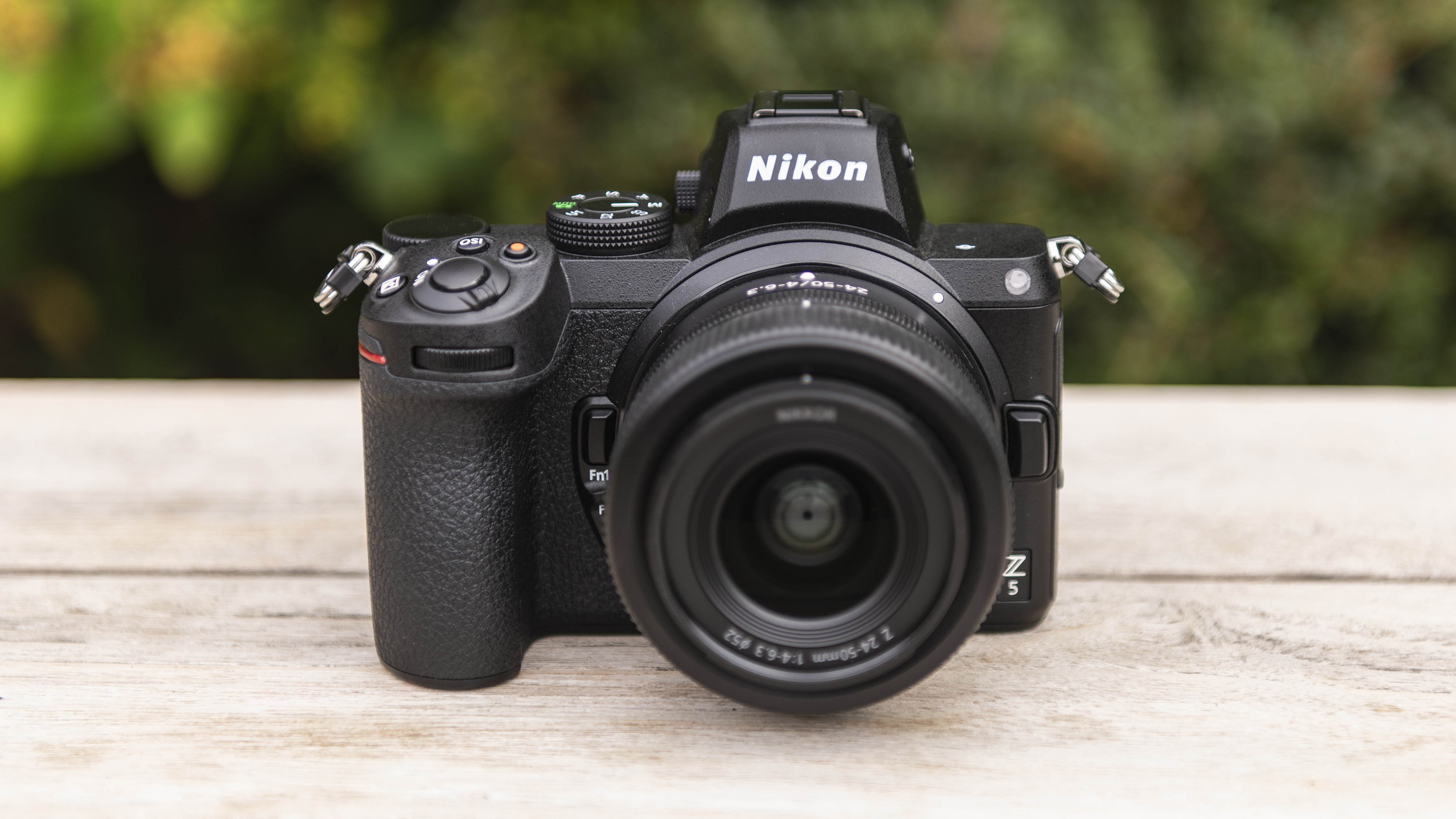
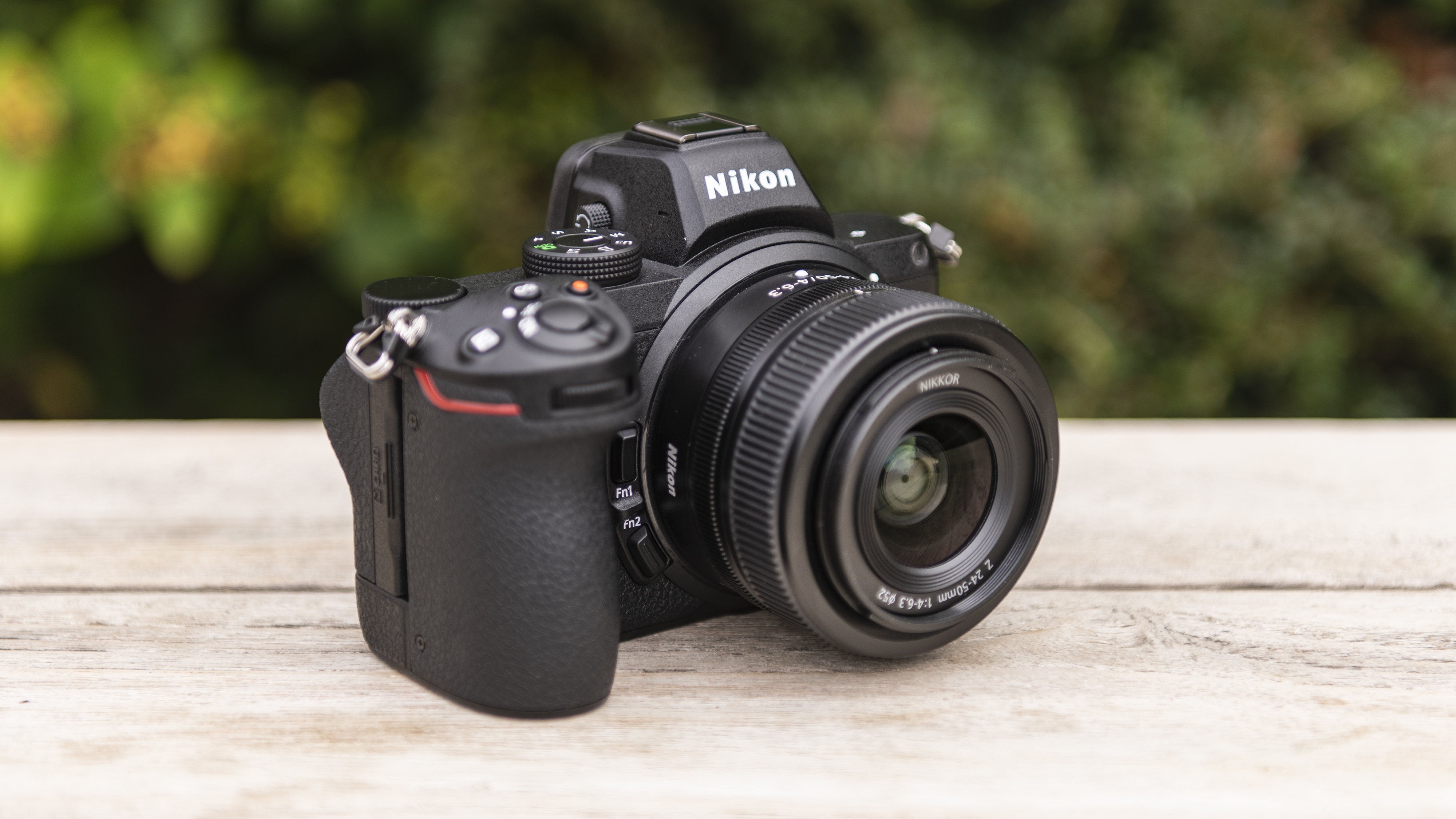
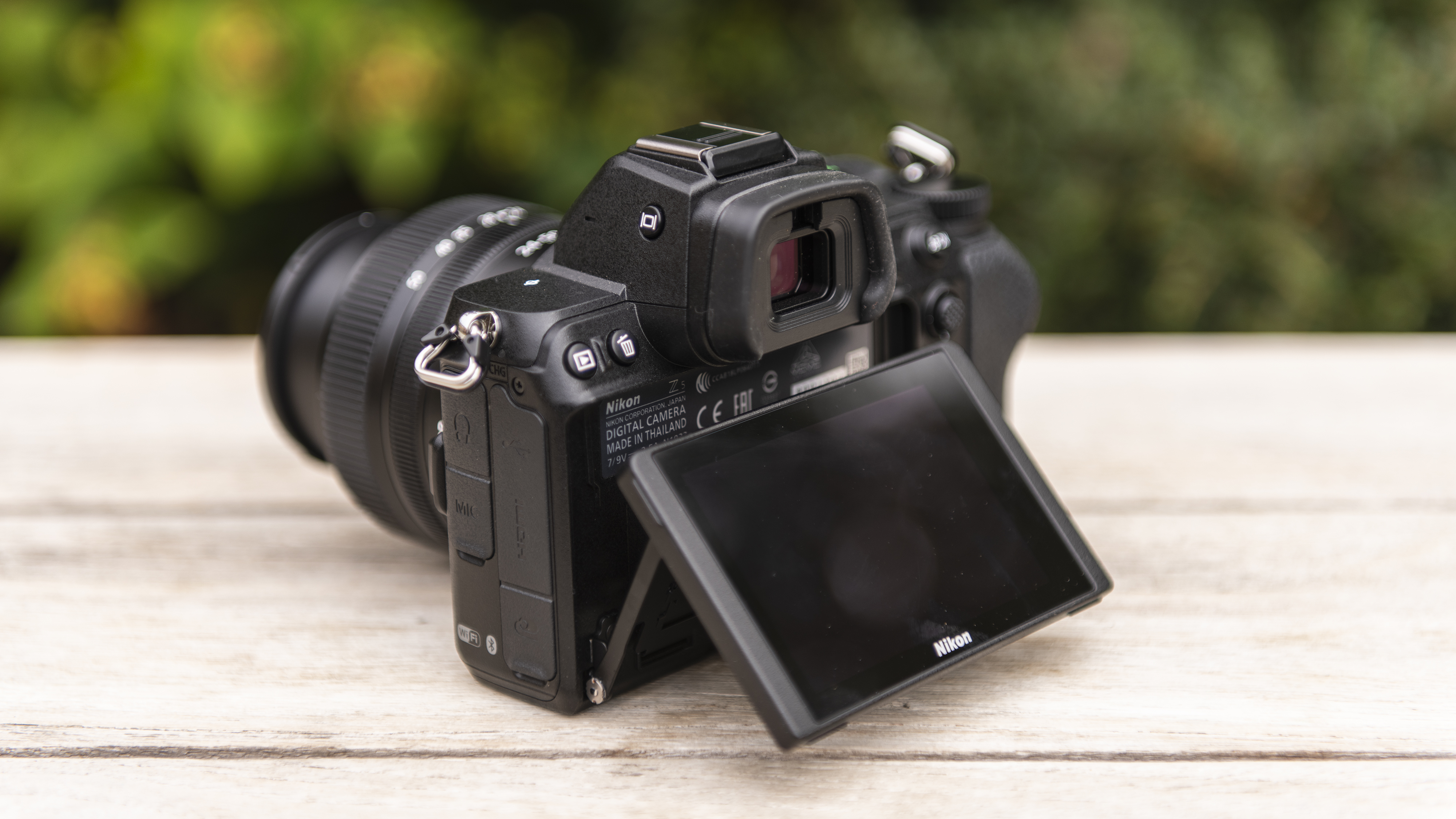


Specifications
Reasons to buy
Reasons to avoid
Nikon Z5 sample images
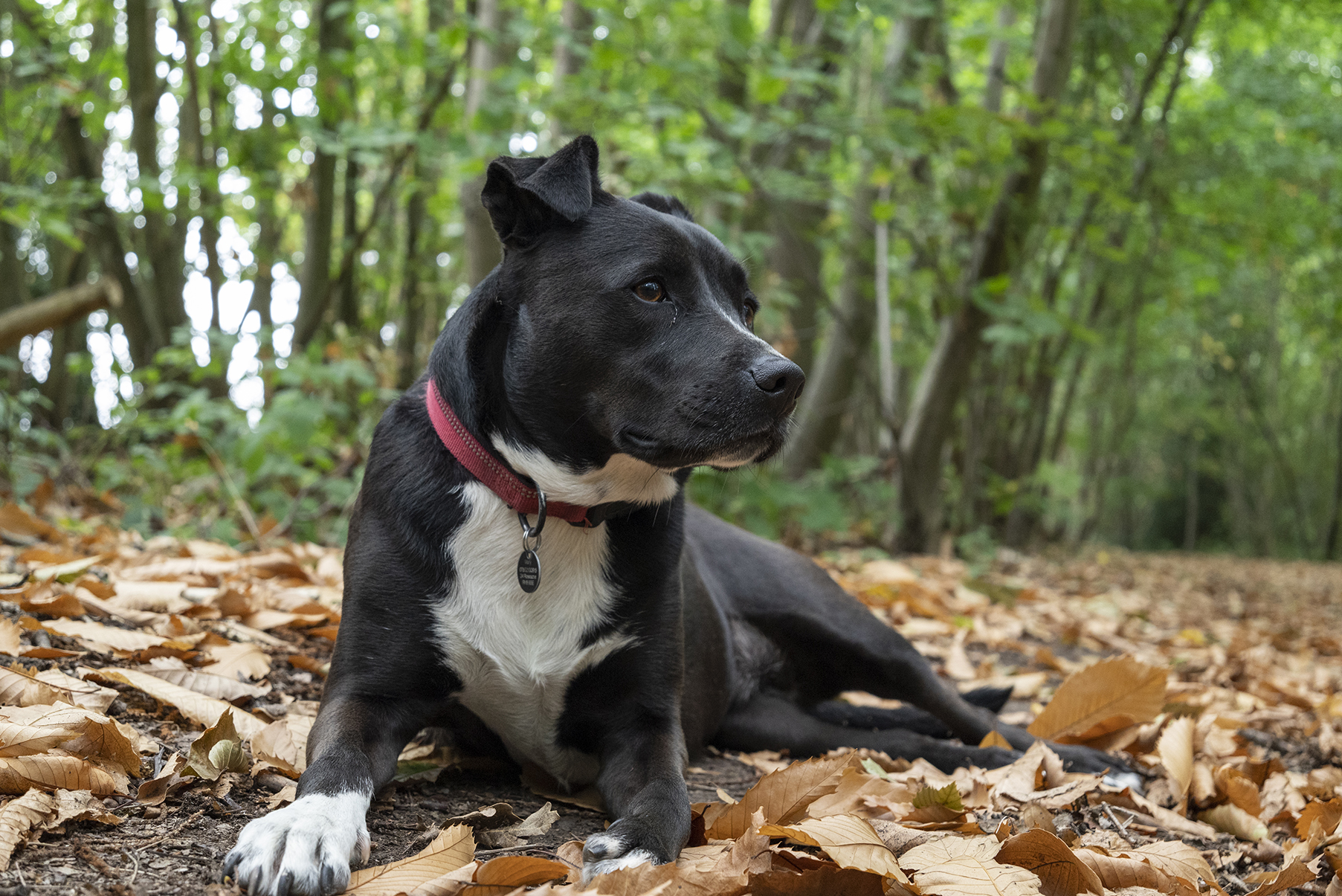
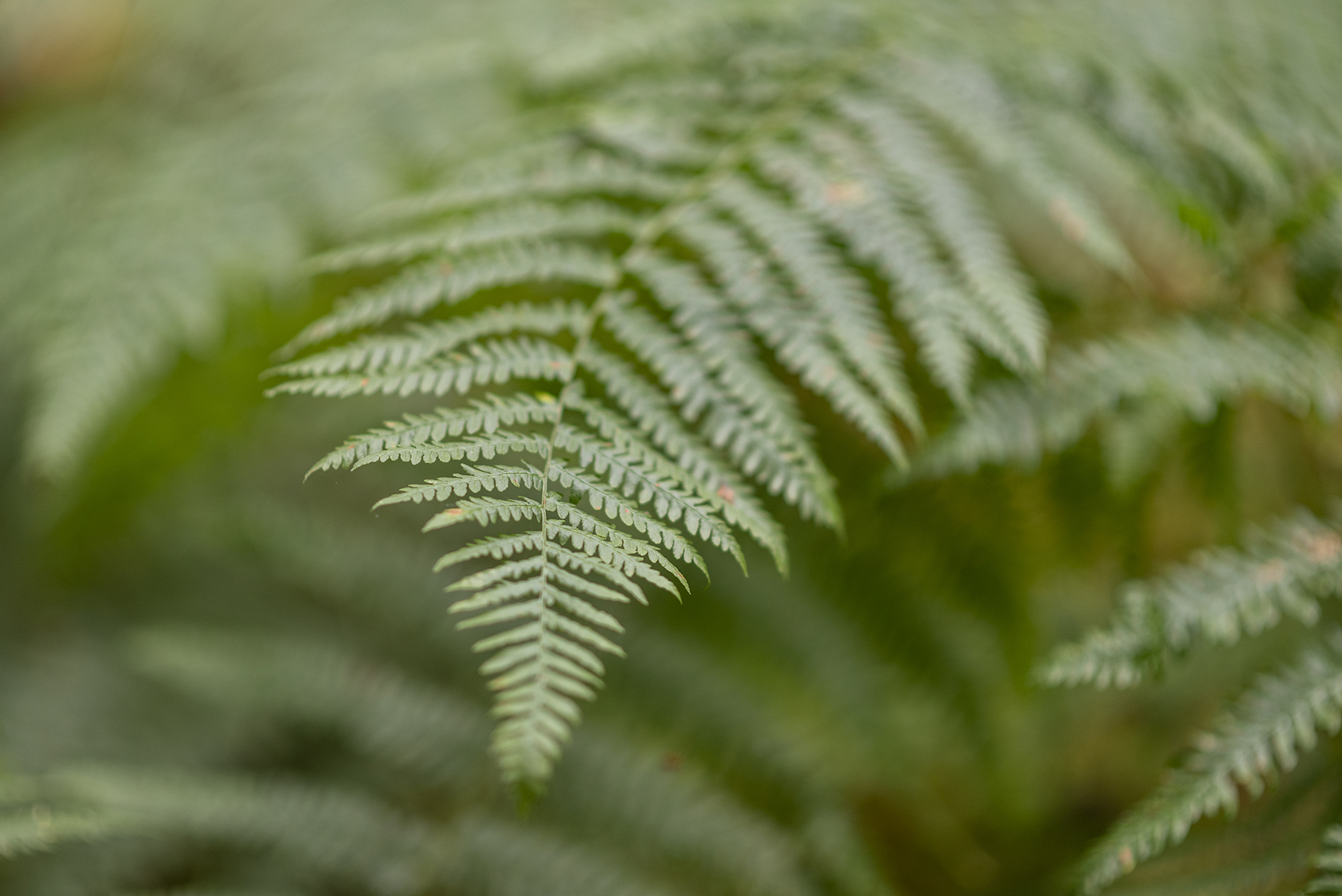
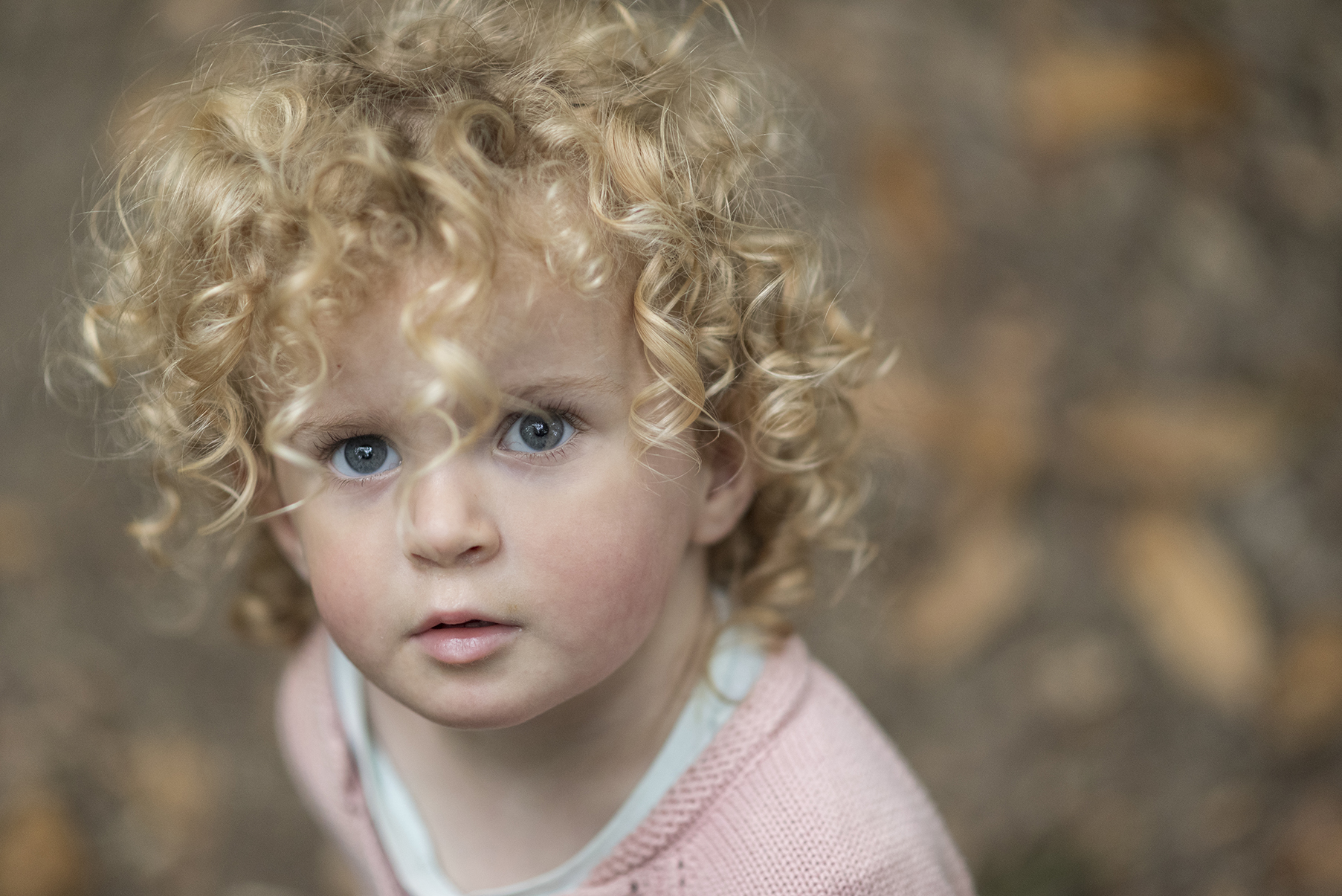
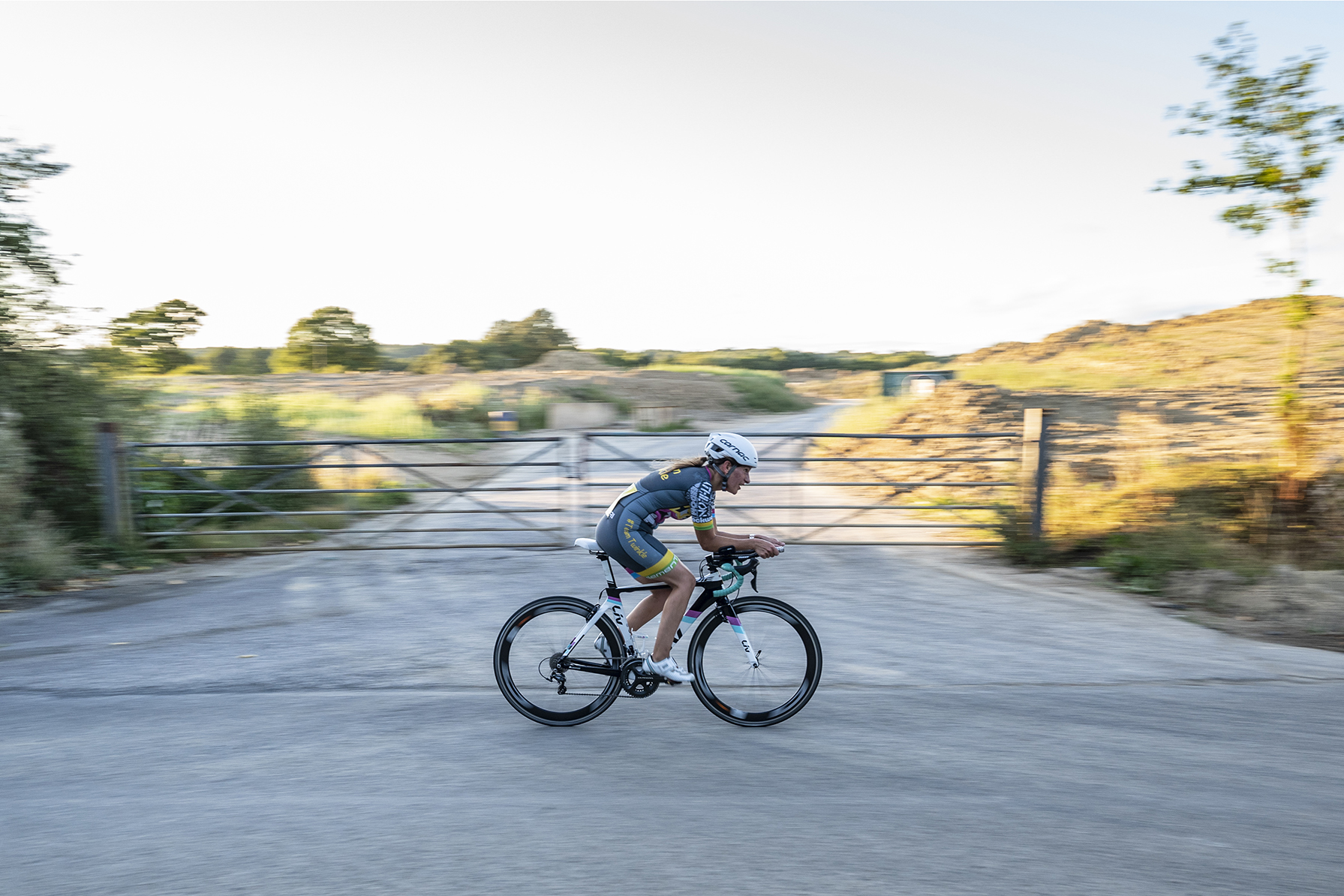
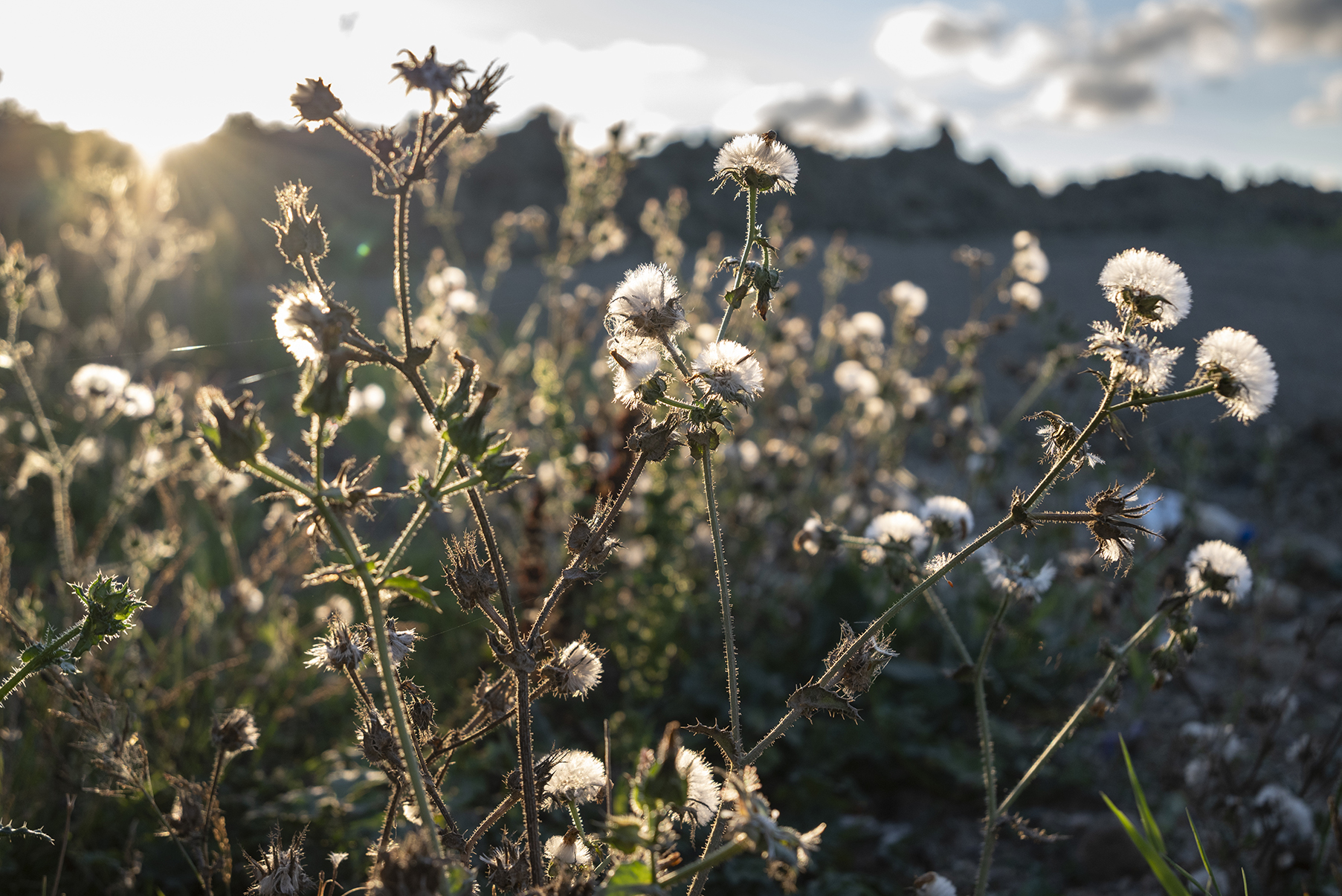
✅ You want to jump straight into full-frame: Whether you’re upgrading from a smartphone or an existing camera, the full-frame sensor Nikon Z5 will elevate your photos.
✅ You’re looking for a lightweight travel camera: With its full-frame sensor and pretty compact proportions, the Nikon Z5 is an excellent travel companion.
❌ You want to shoot action: While the burst rate is comparable to rivals, the Nikon Z5 is hampered by its modest burst shooting speed.
❌ You want to shoot video regularly: If video is a big part of what you’re looking to capture, then the Nikon Z5 isn’t the right camera for you; its 4K video is pretty limited.
This compact full-frame camera is arguably the best entry-level mirrorless camera Nikon has produced to date, almost identical to the pricer Nikon Z6. It's a full-featured option for beginners or hobbyists, capable of handling a range of subjects without difficulty. In testing we were impressed by its handling and image quality from its 24MP sensor, as well as its 273-point autofocus system, which comes with a fast and intuitive Eye AF for shooting beautiful portraits.
There are surprisingly high-end features included, too, especially the tough, weather-sealed body, though you lose the top LCD plate that's found in the Z6. You also get a lovely 3.2-inch tilting touchscreen and high-resolution EVF. Overall, it looks similar to the Z6 and Z7 bodies, but it comes with a 24-50mm kit lens that's designed to retract when not in use, making it a great walkaround or travel camera.
Its burst rate of 4.5fps doesn't stack up against some of the competition and its 4K video suffers from a disappointing 1.7x crop. Nevertheless, we still highly recommend the Z5 for anyone looking to start their photography journey – or for a really capable all-rounder.
Read our in-depth Nikon Z5 review
The best beginner vlogging camera
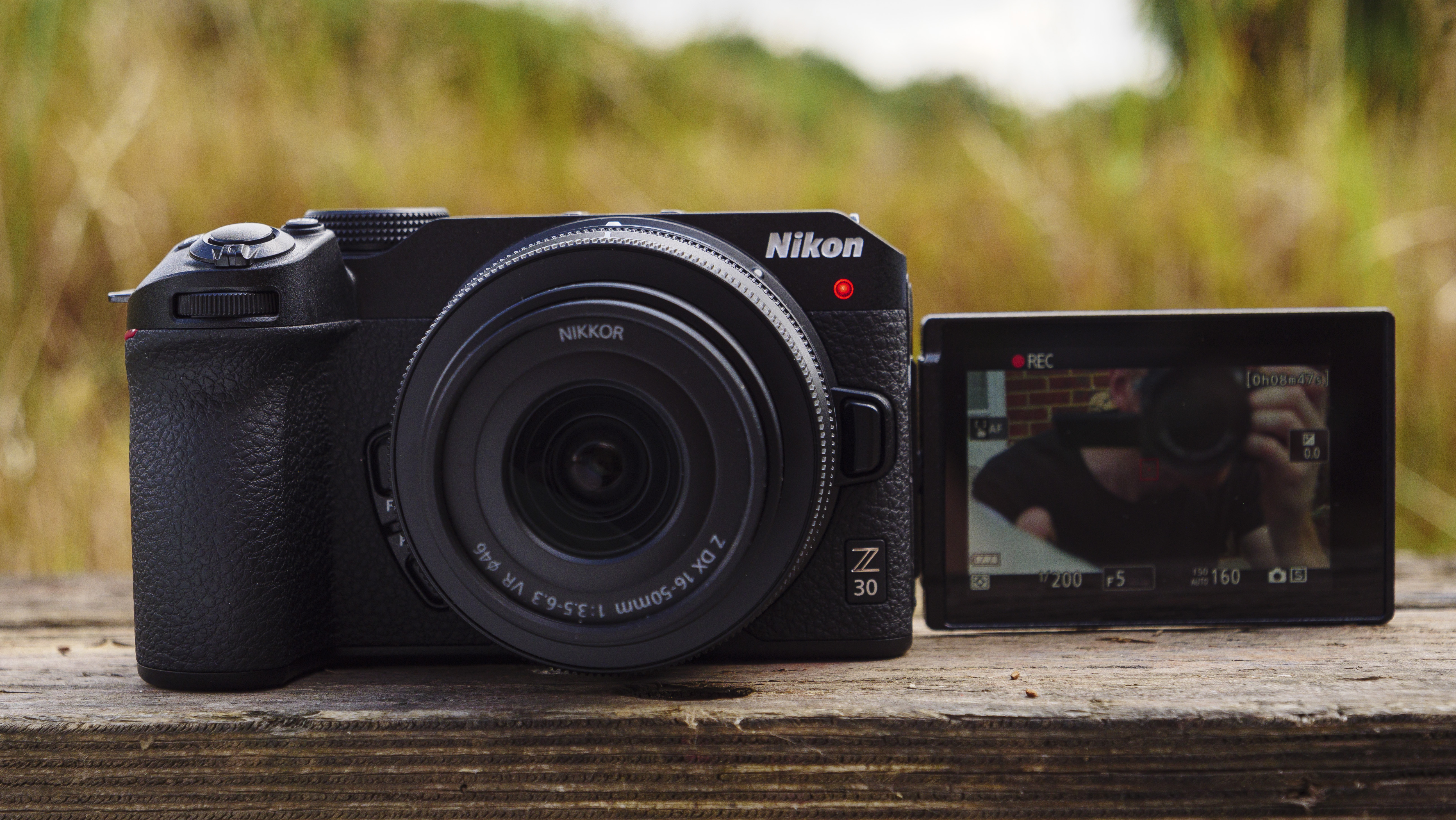
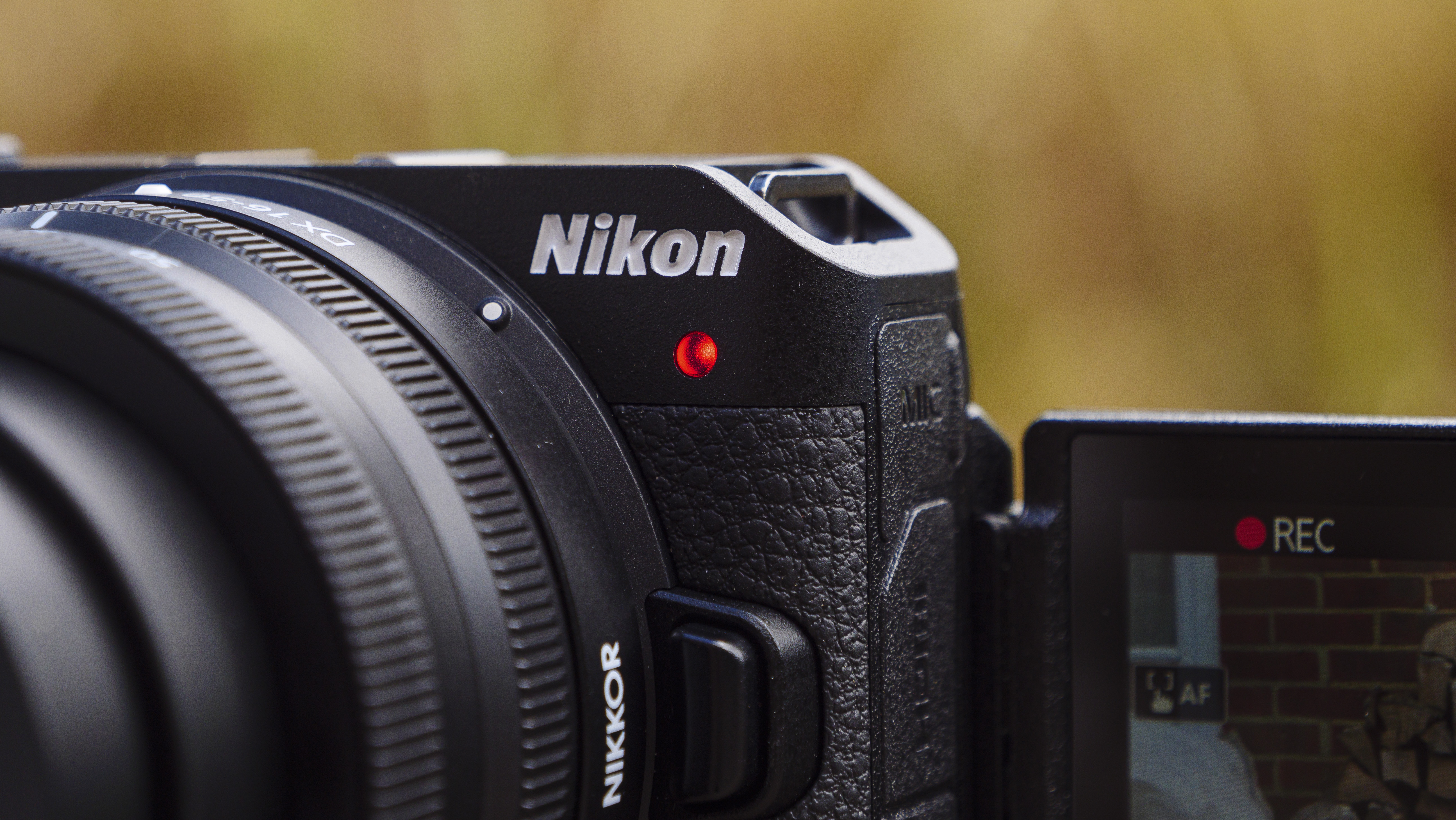

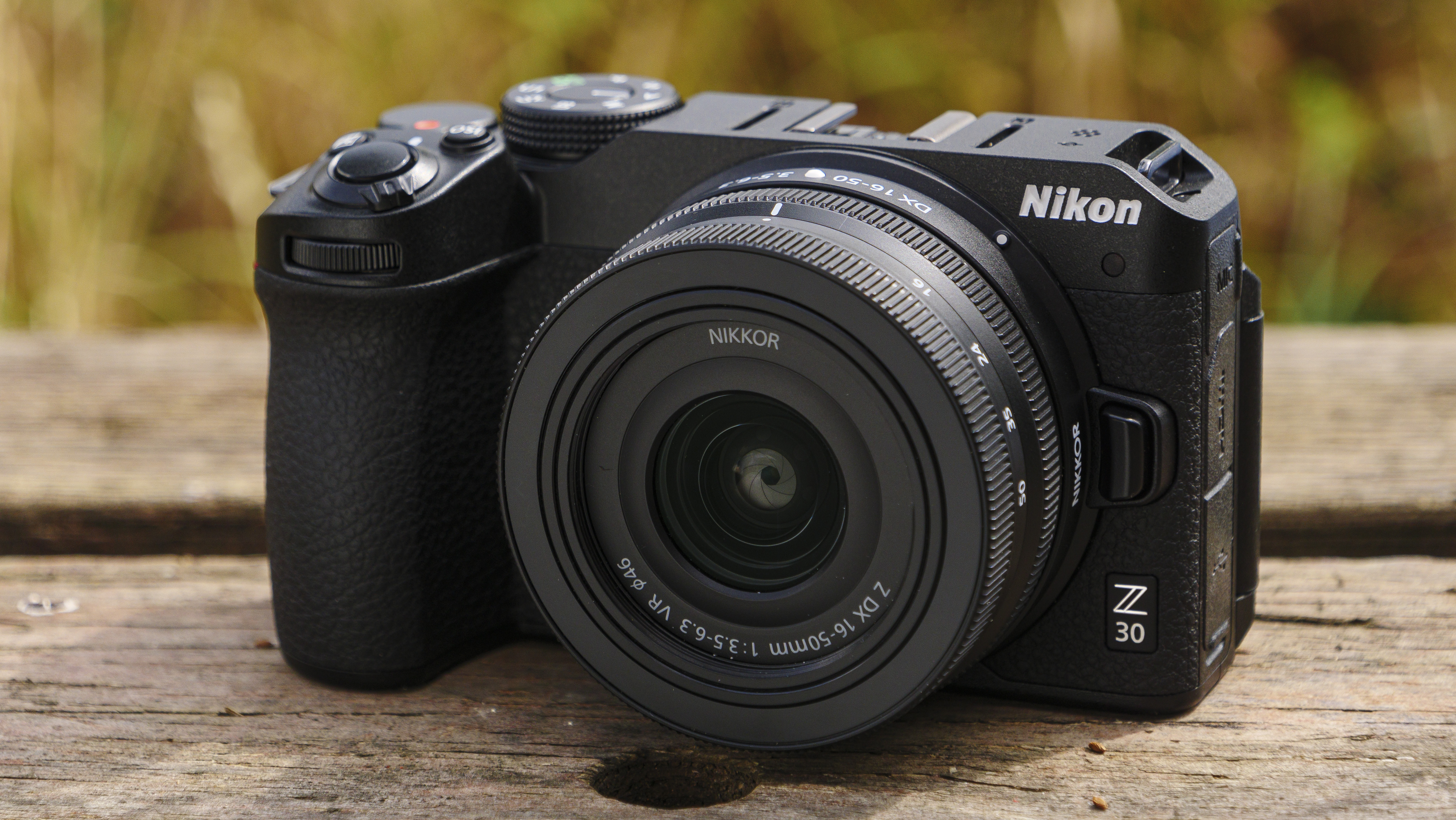
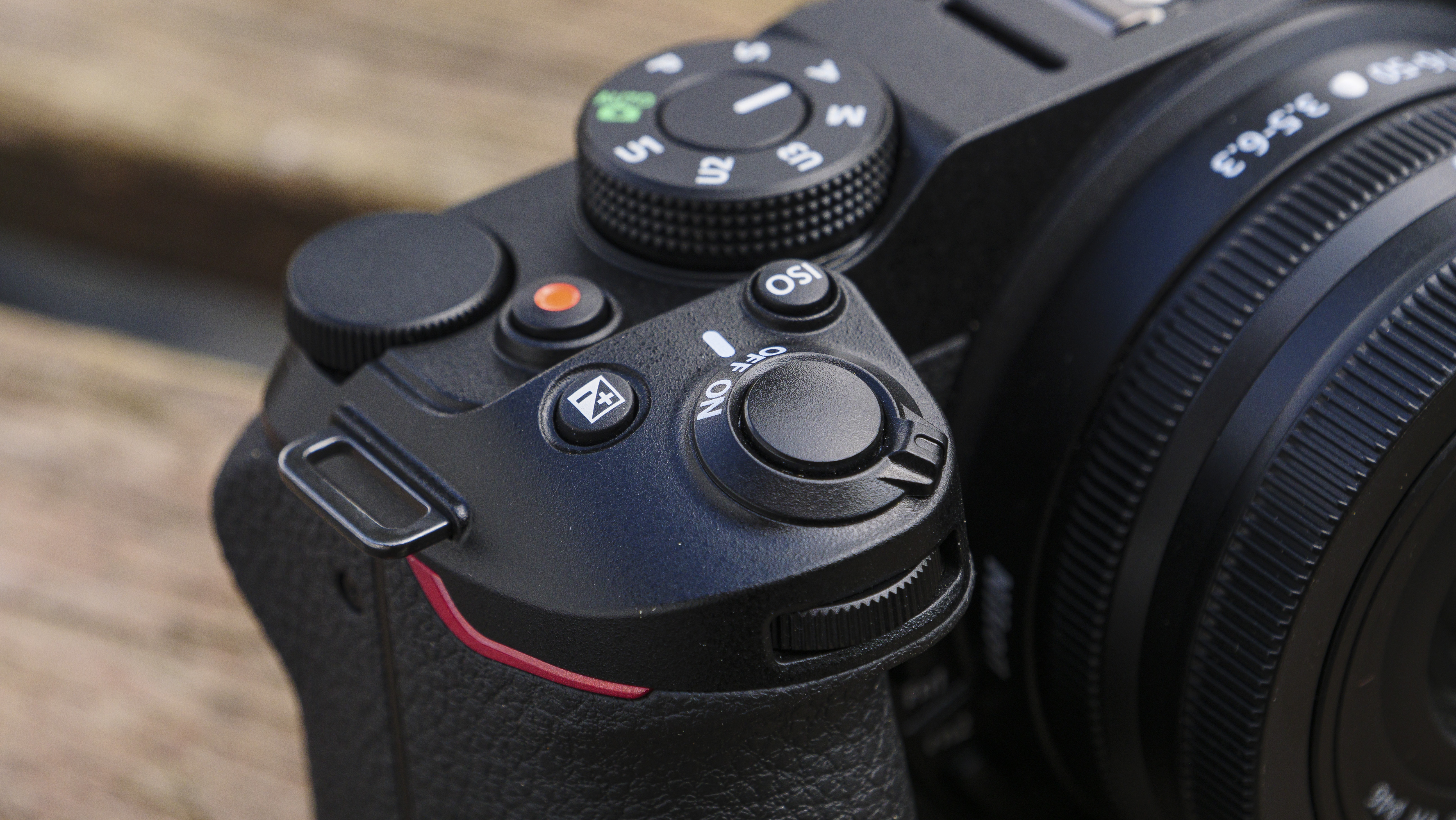
Specifications
Reasons to buy
Reasons to avoid
Nikon Z30 sample video
✅ You’re in the spotlight: Designed with vlogging in mind, the Nikon Z30 is a compact option with a vari-angle touchscreen and useful tally light.
✅ You want easy, quality video: Equipped with a proven 20.9MP APS-C sensor, the Z30 produces stellar uncropped 4K footage out of the box.
❌ You want the best autofocus: The Z30 detects people with ease when vlogging, but the ZV-E10 has more powerful autofocus.
❌ You need to monitor audio: With no headphone jack, there’s no way to monitor sound in real time when recording vlogs.
The Z30 is Nikon's smallest and cheapest mirrorless camera to date, and it offers excellent bang for buck. It's a compact-style camera without a viewfinder, designed for vlogging beginners, but it's also a capable stills camera with a 20.9MP APS-C sensor. We didn't really miss having a viewfinder; this is primarily designed for video, for which the vari-angle touchscreen works a treat. And despite its compact proportions, I think the generous grip makes the Z30 comfortable to handle, especially even when shooting selfies. Yes, the LCD can be flipped around for vlogging, at which point the camera switches to selfie mode with a handy tally lamp letting you know you're recording. We also found the Z30 reliably tracks your face with sticky autofocus when vlogging. However, there are compromises in this beginner model: in selfie mode you can't see sound levels, nor is there a headphone jack to monitor audio.
Nikon’s limited choice of Z-mount lenses for its APS-C cameras remains a concern, although Sigma is now producing them, and the 16-50mm kit lens is impressively sharp and could be the only lens you need. Thankfully the Z30 records 4K/30p video using the whole width of the sensor, meaning you can utilize the lens’ full field of view which is needed for vlogging, while you can shoot slow motion FHD video up to 120fps. There's also a range of color profiles for fledgling creators to sink their teeth into.
Read our in-depth Nikon Z30 review
The best Nikon camera for pro sports
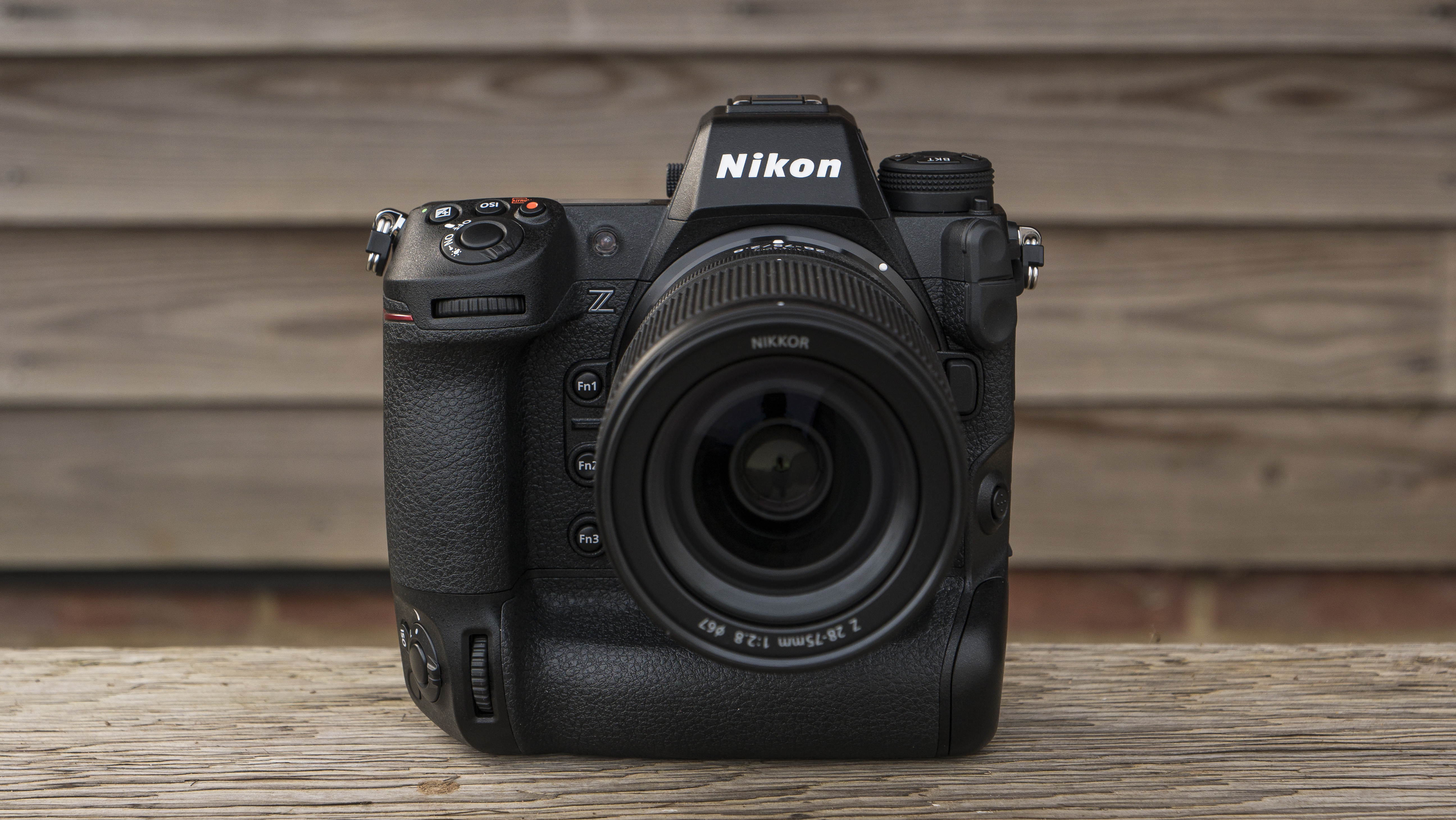
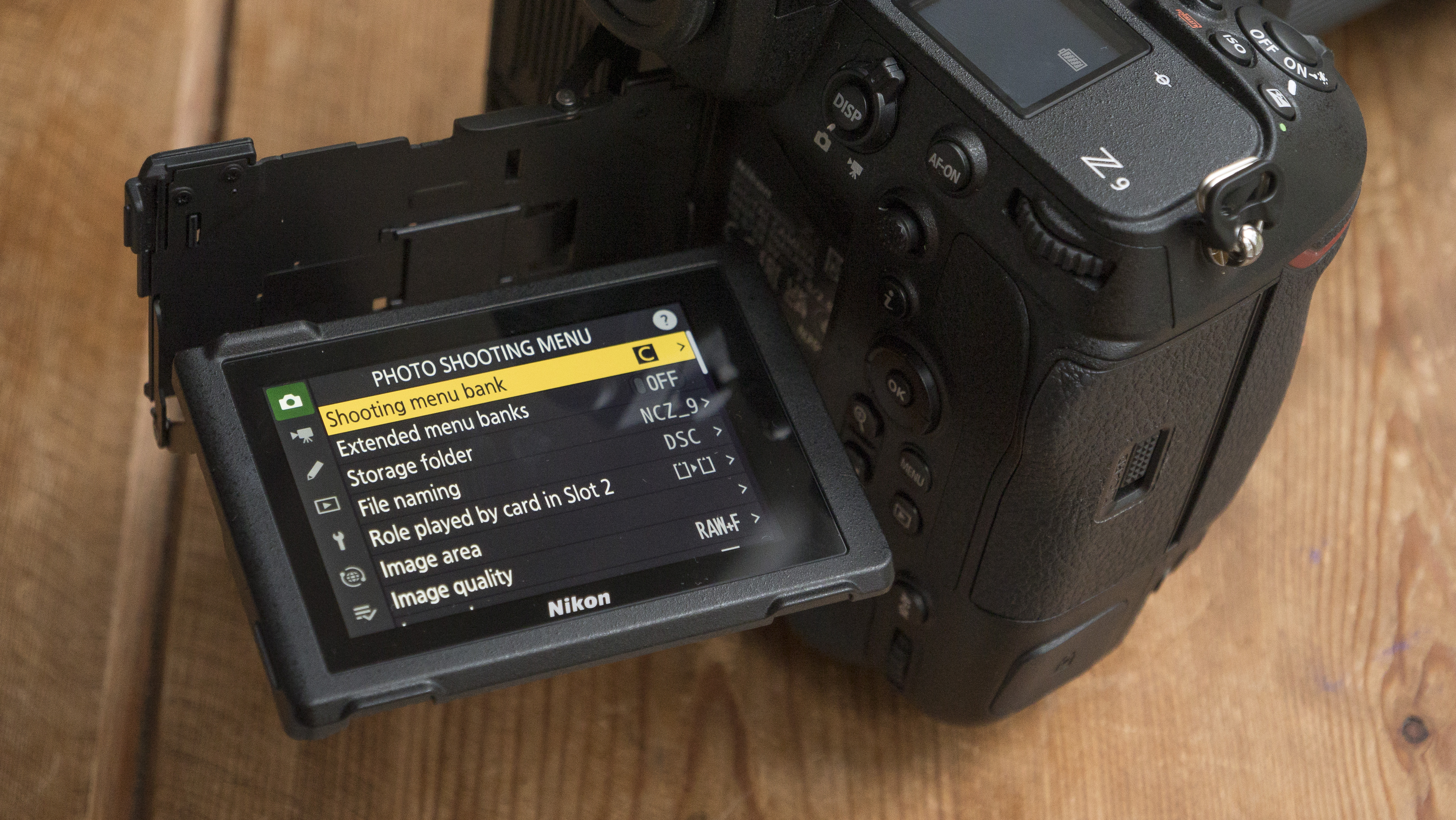
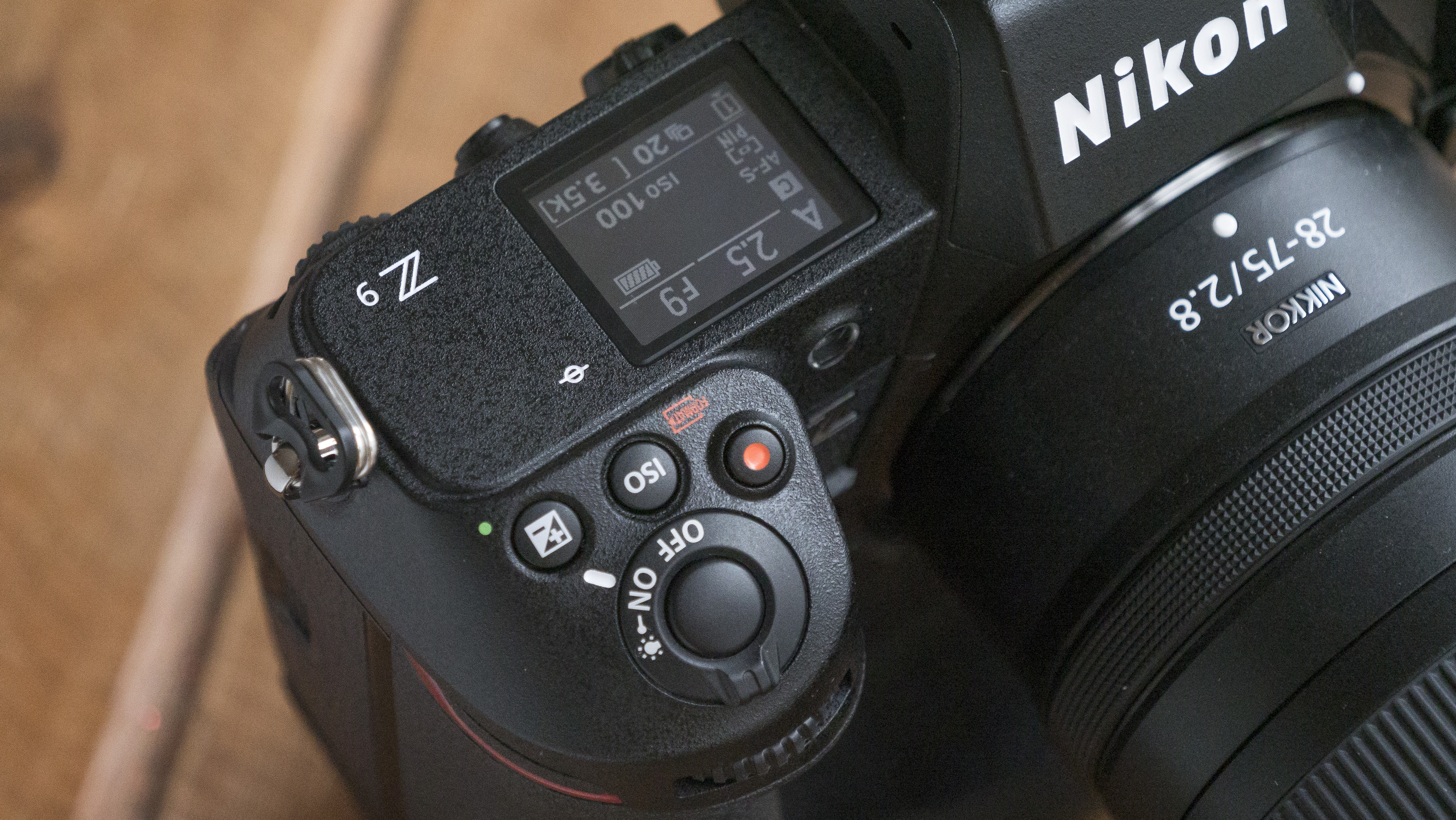
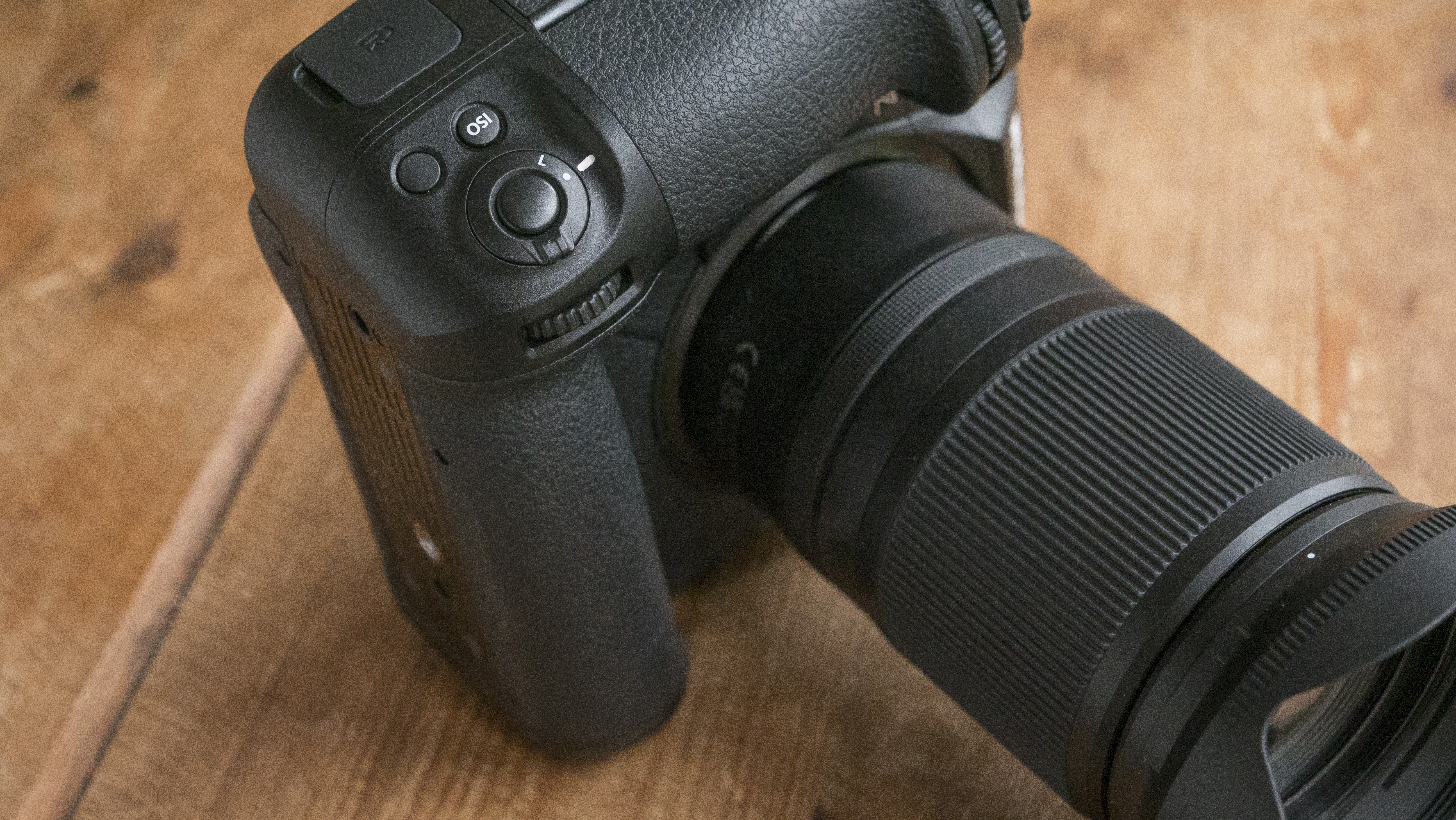
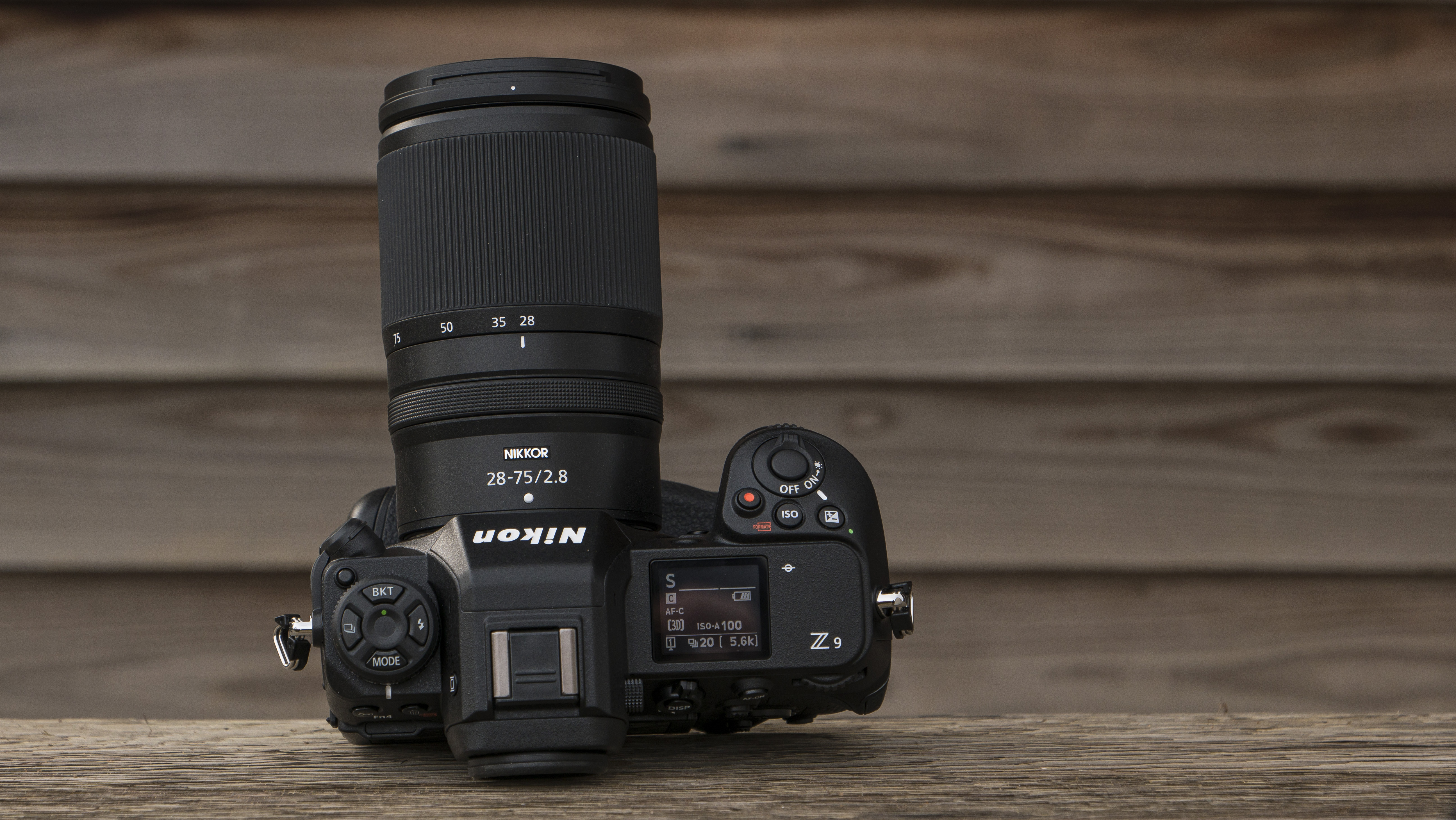
Specifications
Reasons to buy
Reasons to avoid
Nikon Z9 sample images
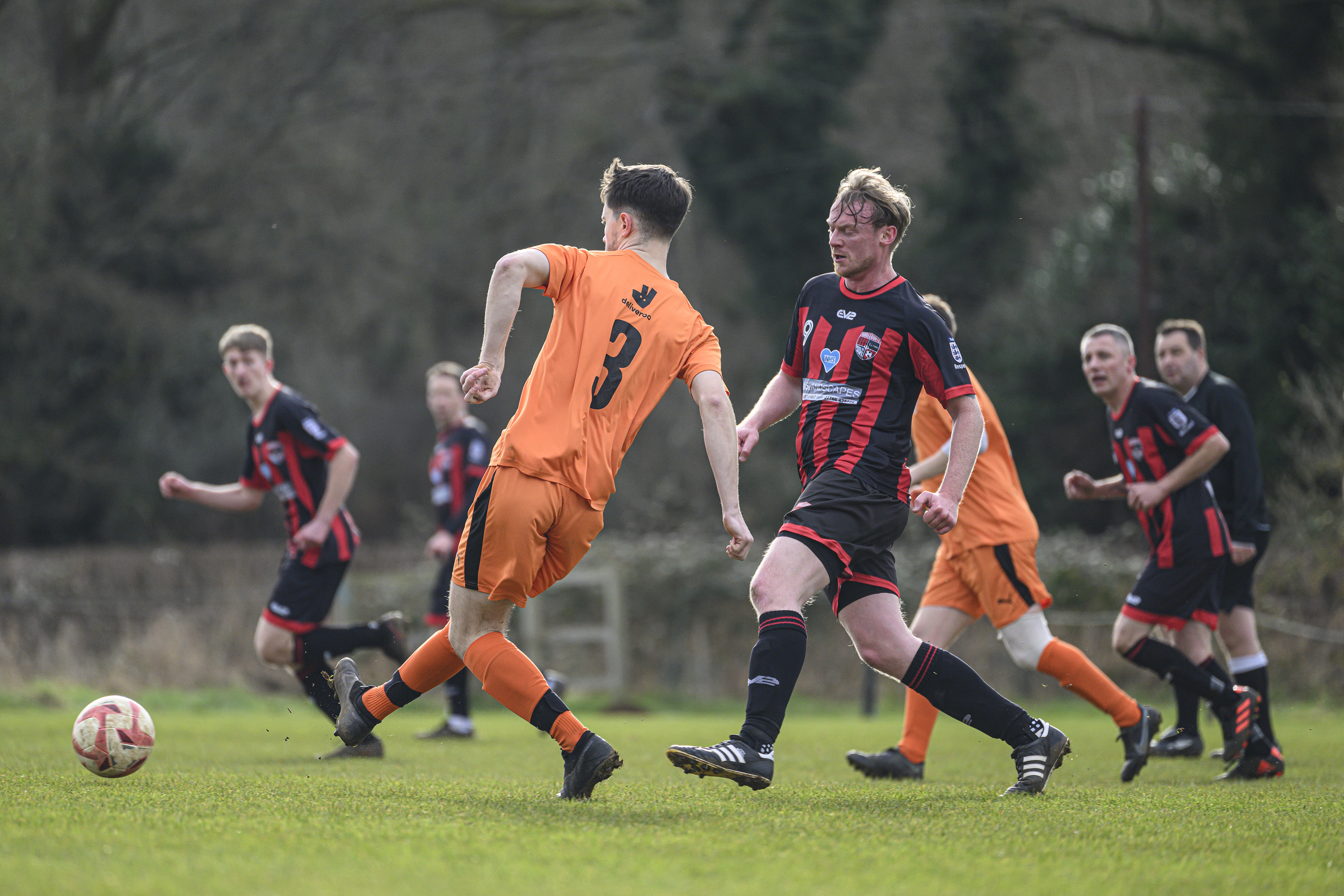

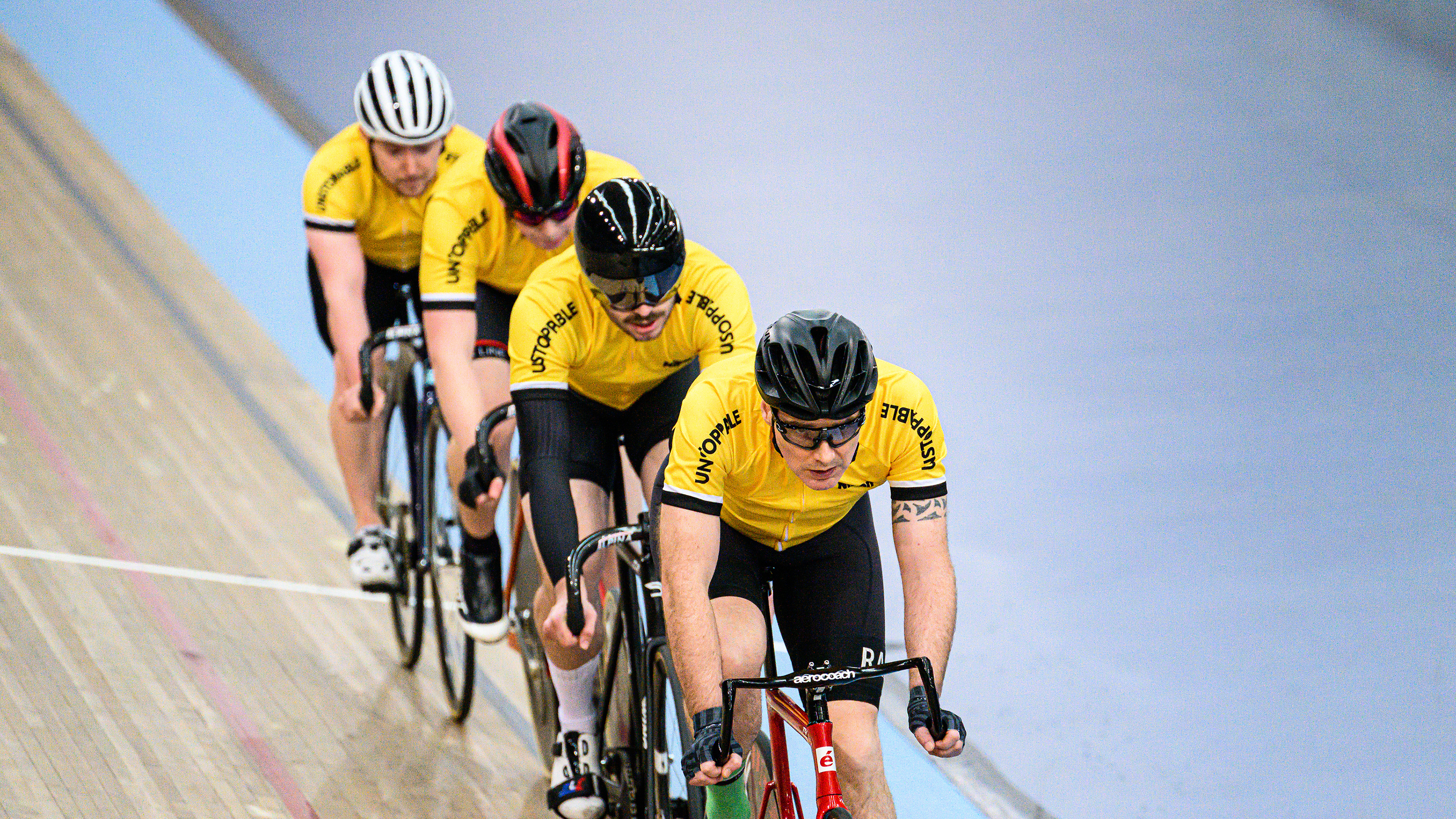
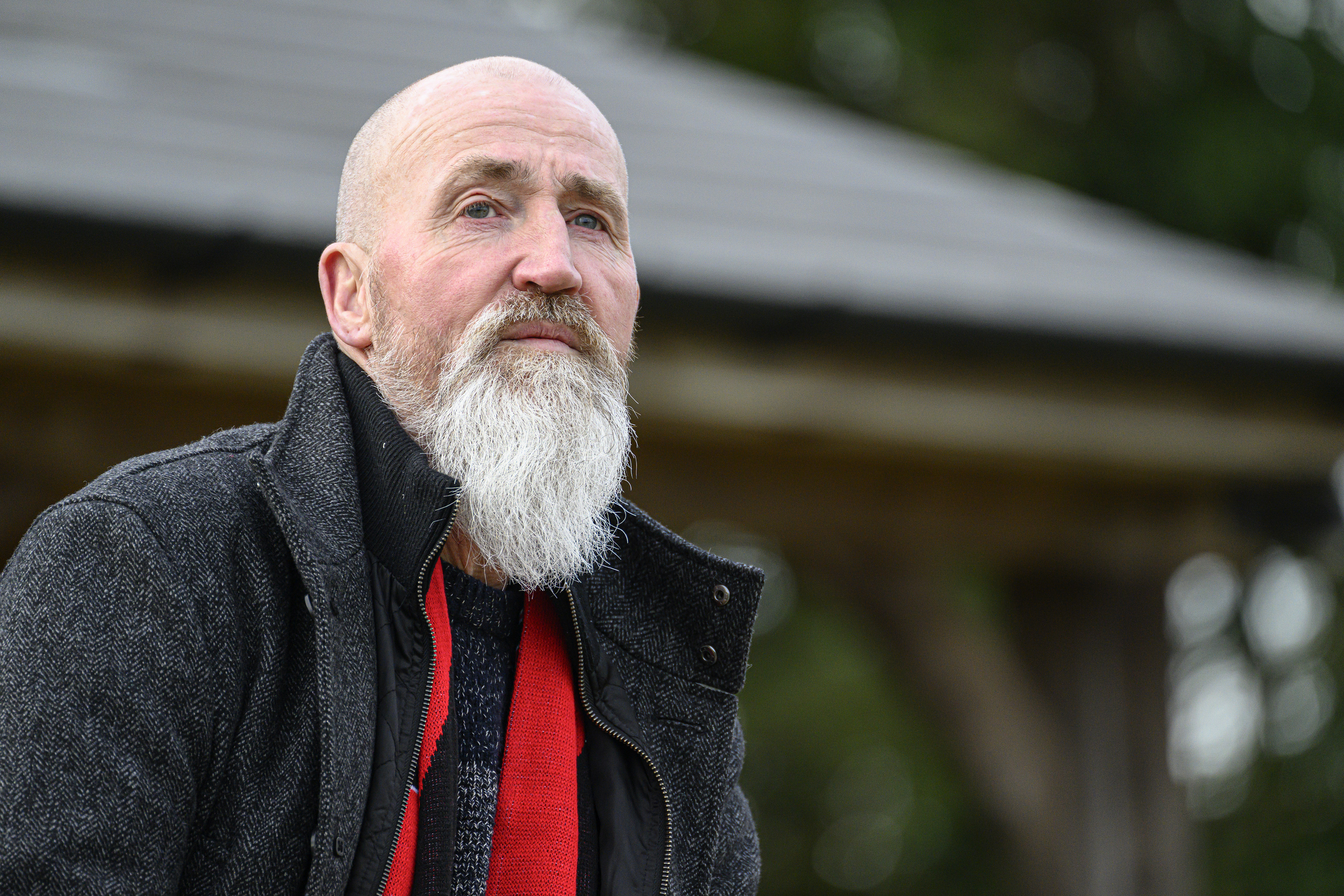
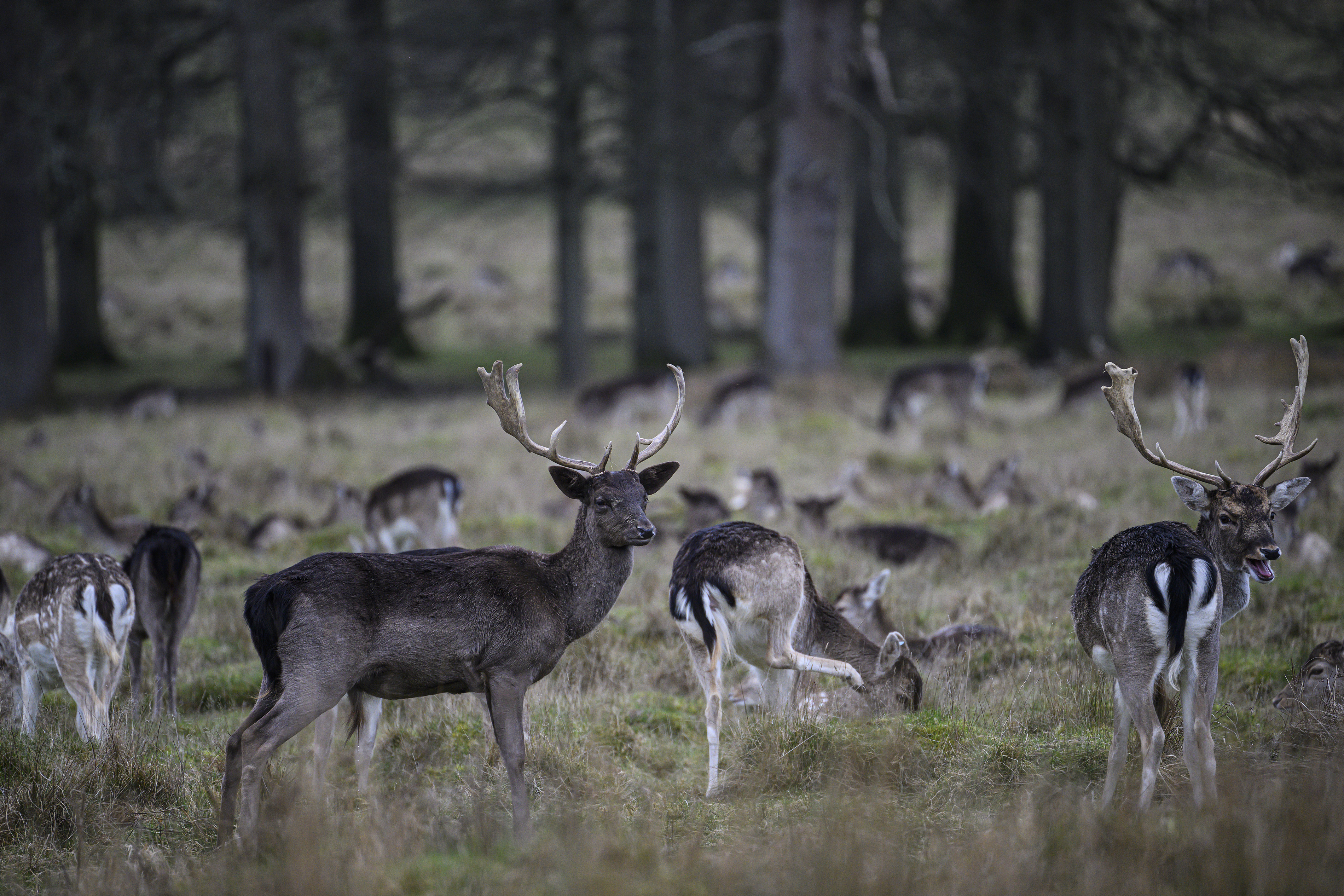
✅ You need a dependable camera for extreme situations: Nikon's most rugged mirrorless camera can withstand extreme environments and has excellent battery life.
✅ You want a fast shooter: Unlimited 20fps, 120fps at 11MP, a stacked sensor that eliminates rolling shutter. This is top performance.
❌ You'd rather a lightweight camera: The Nikon Z9 is built like the old pro DSLRs – it's massive and heavy.
❌ You're a light user: The Nikon Z9 is built for stamina, but the smaller Nikon Z8 can do most of what the Z9 can and it costs less.
Nikon’s full-frame flagship is a landmark model: it’s the first pro camera to ship with no mechanical shutter. And while its bulky, rugged DSLR styling felt comfortably familiar, our testing confirmed that the Z9 is a truly modern machine. One of a select few cameras that can record 8K/30p footage, the Z9 also offers filmmakers a candy store of capabilities. Besides 4K slow-mo at 120fps, it serves up sharp oversampled 4K video, together with lengthy 125-minute recording times and reliable Eye AF tracking. We found that image quality from the 45.7MP stacked CMOS sensor was superlative, with huge cropping potential, aided by superb image stabilization.
And it’s only going to get better: a firmware upgrade is set to unlock a host of recording skills later this year, including the option to shoot raw 8K/60p video internally – a first for any mirrorless camera. Its abilities might be overkill for many, but with rapid performance, a two-way tilting touchscreen and video enhancements already inbound, I think the Z9 is a seriously impressive, competitively priced tool for professional videographers. That said, if you don't need the long video record times and battery life of the Z9, the Nikon Z8 offers the same video quality in a smaller body that costs a lot less.
Read our in-depth Nikon Z9 review
The best all-round pro DSLR
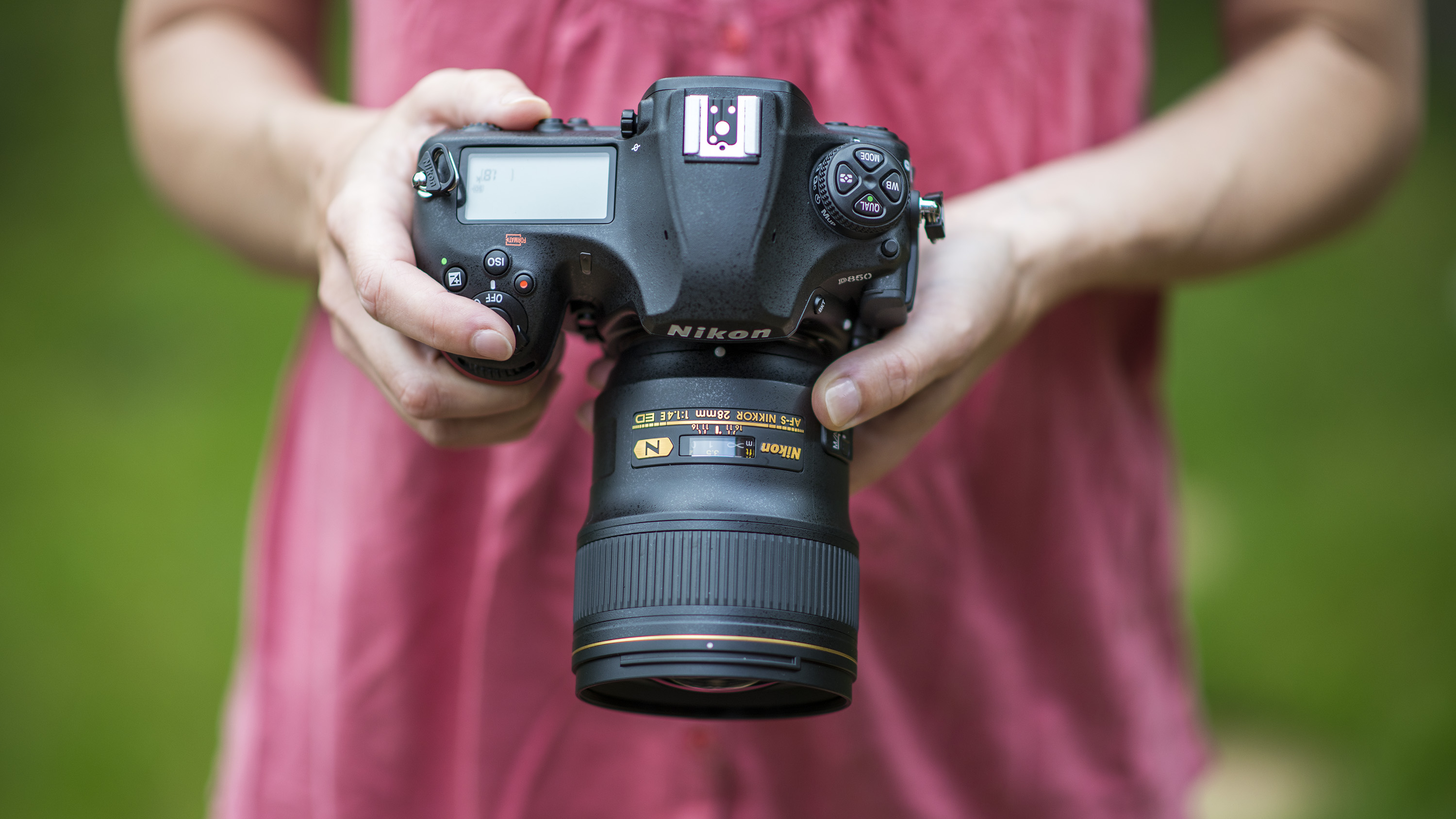

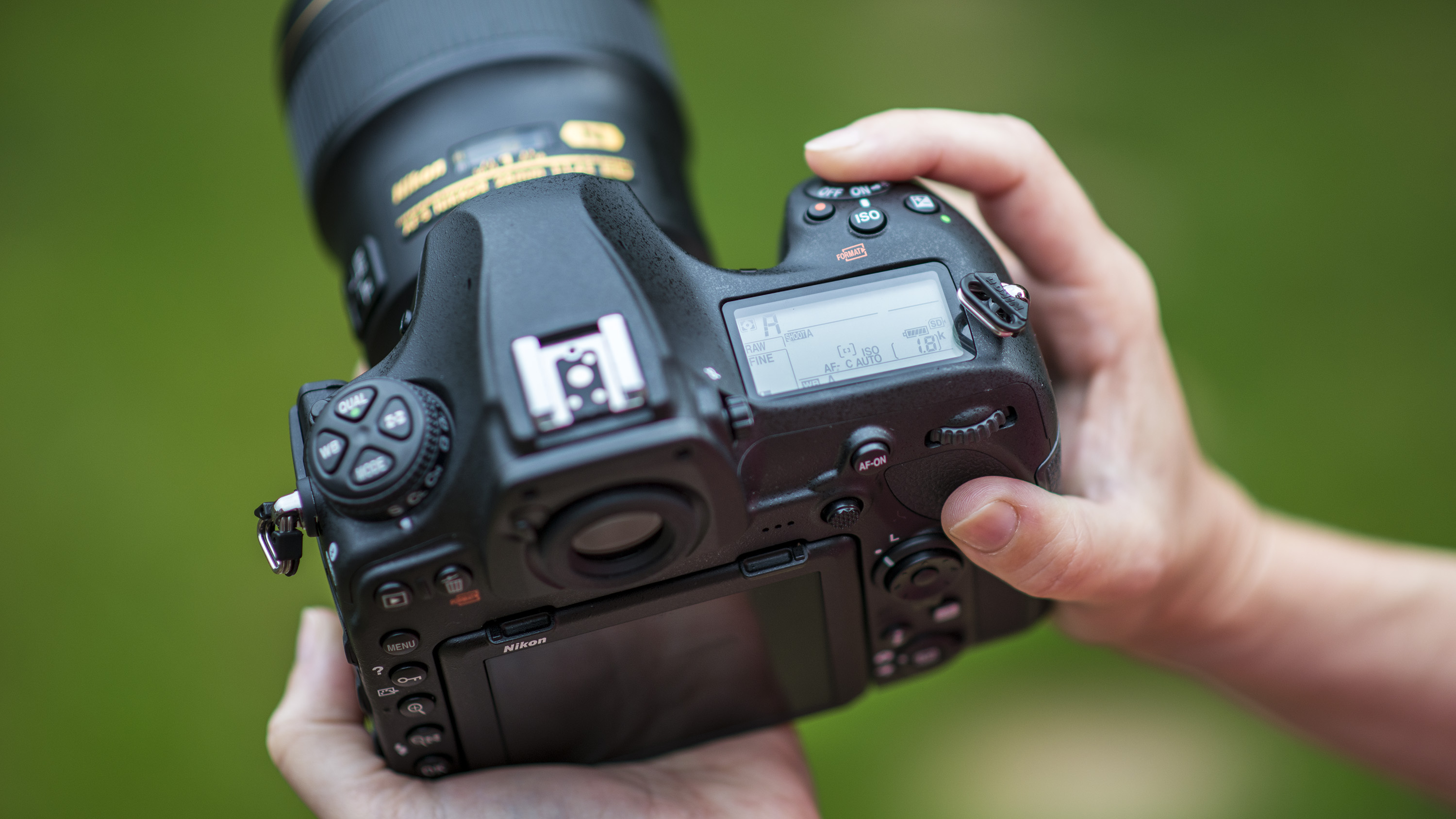
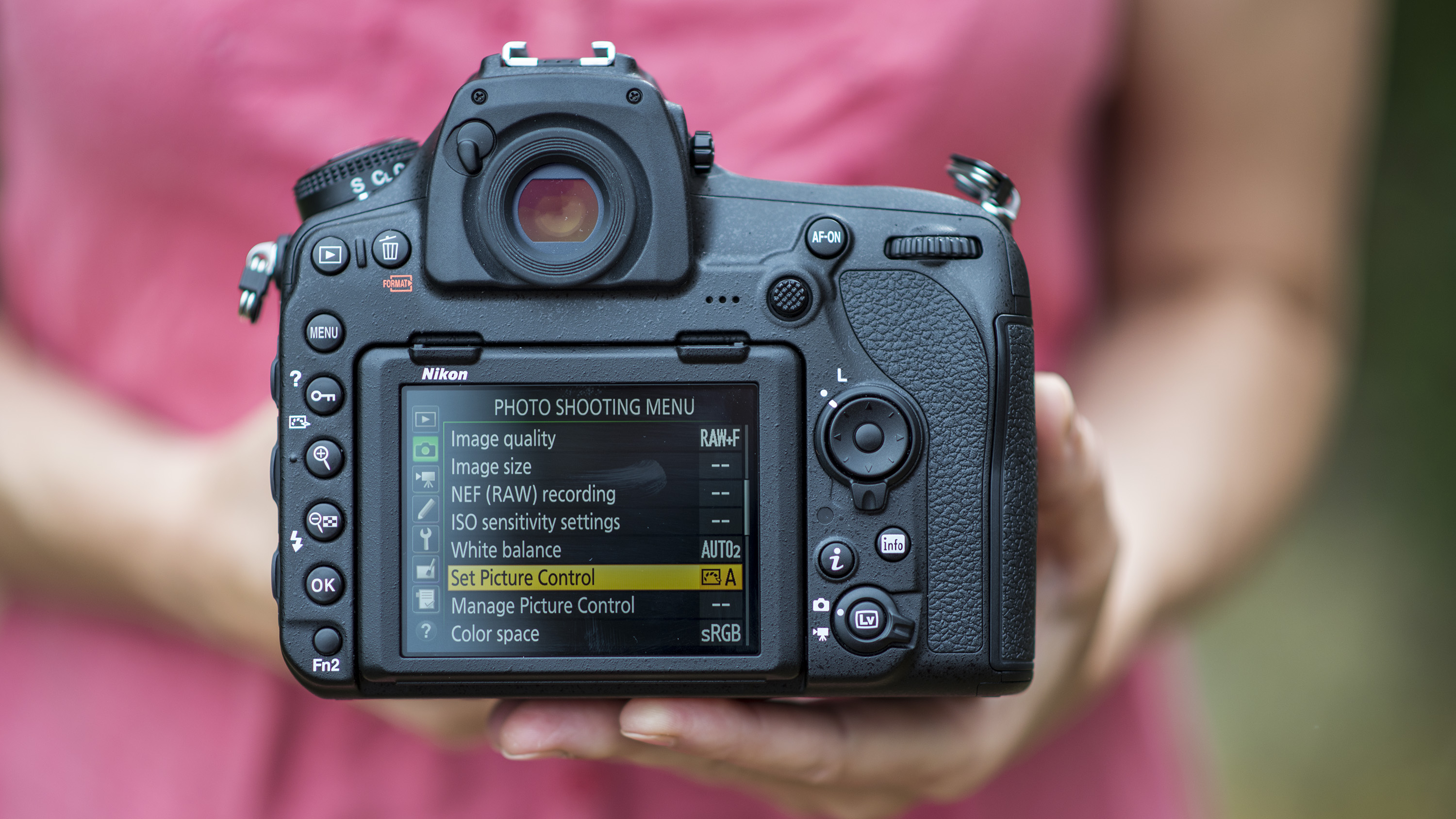

Specifications
Reasons to buy
Reasons to avoid
Nikon D850 sample images

Click here to see the full-size image
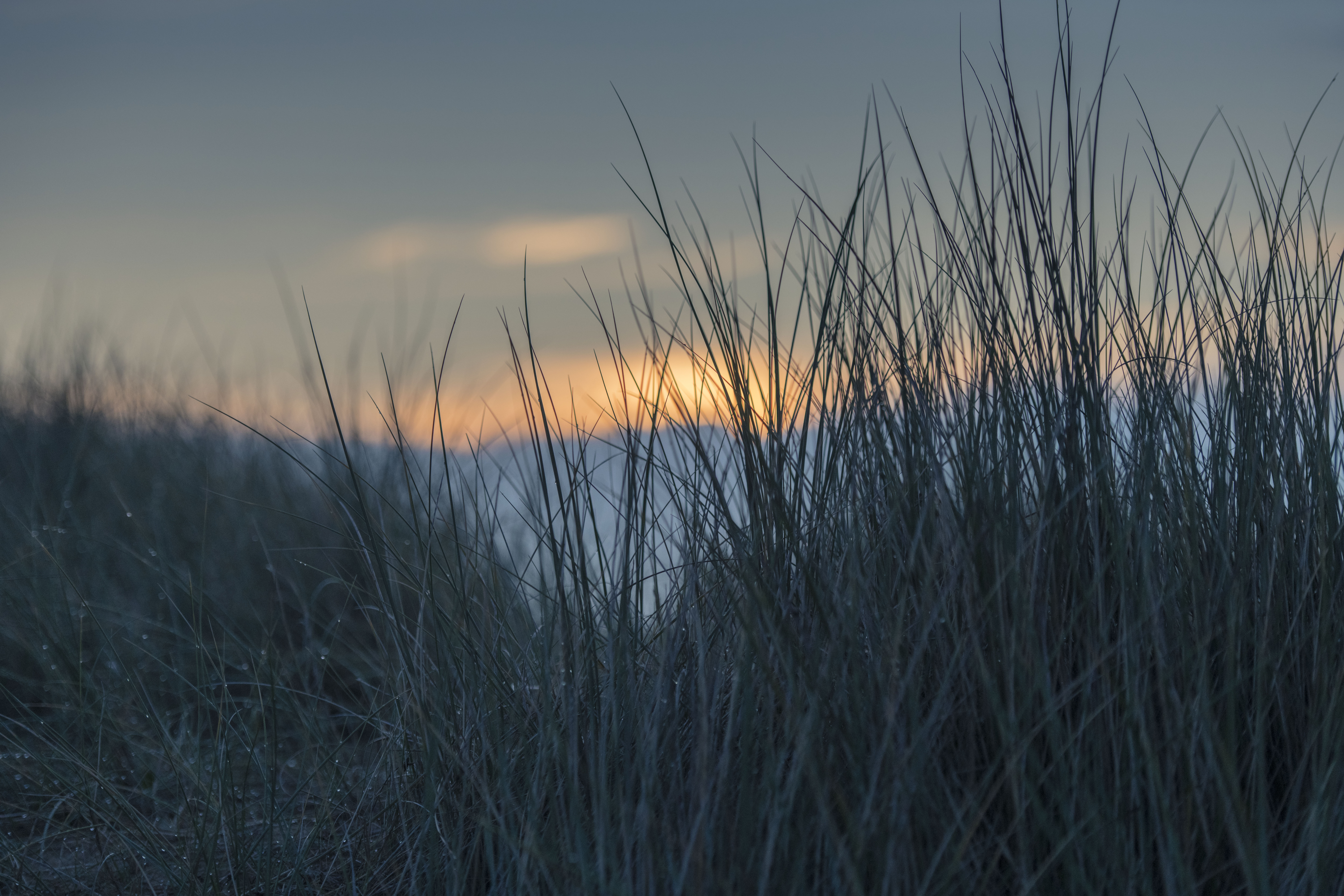
Click here to see the full-size image
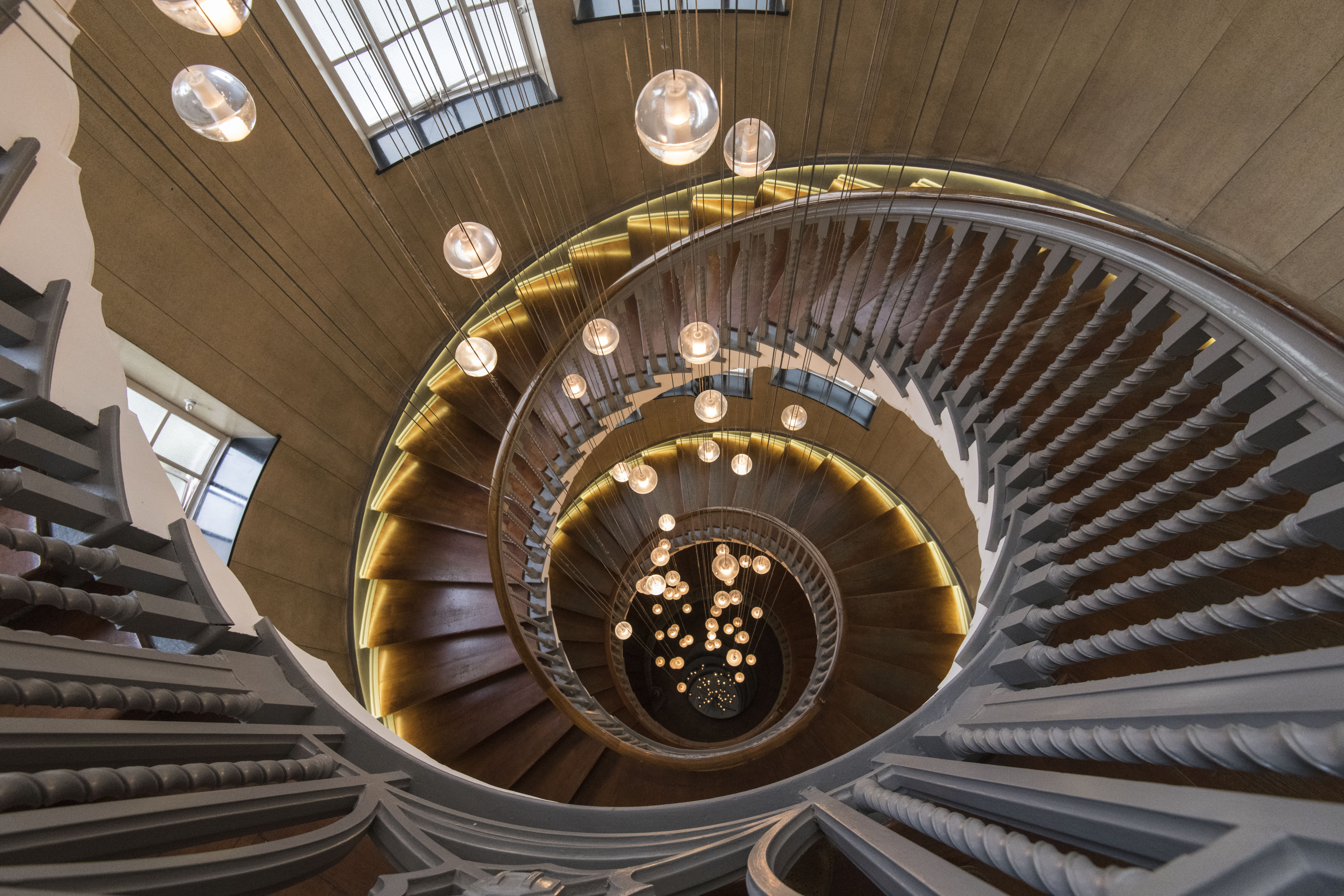
Click here to see the full-size image
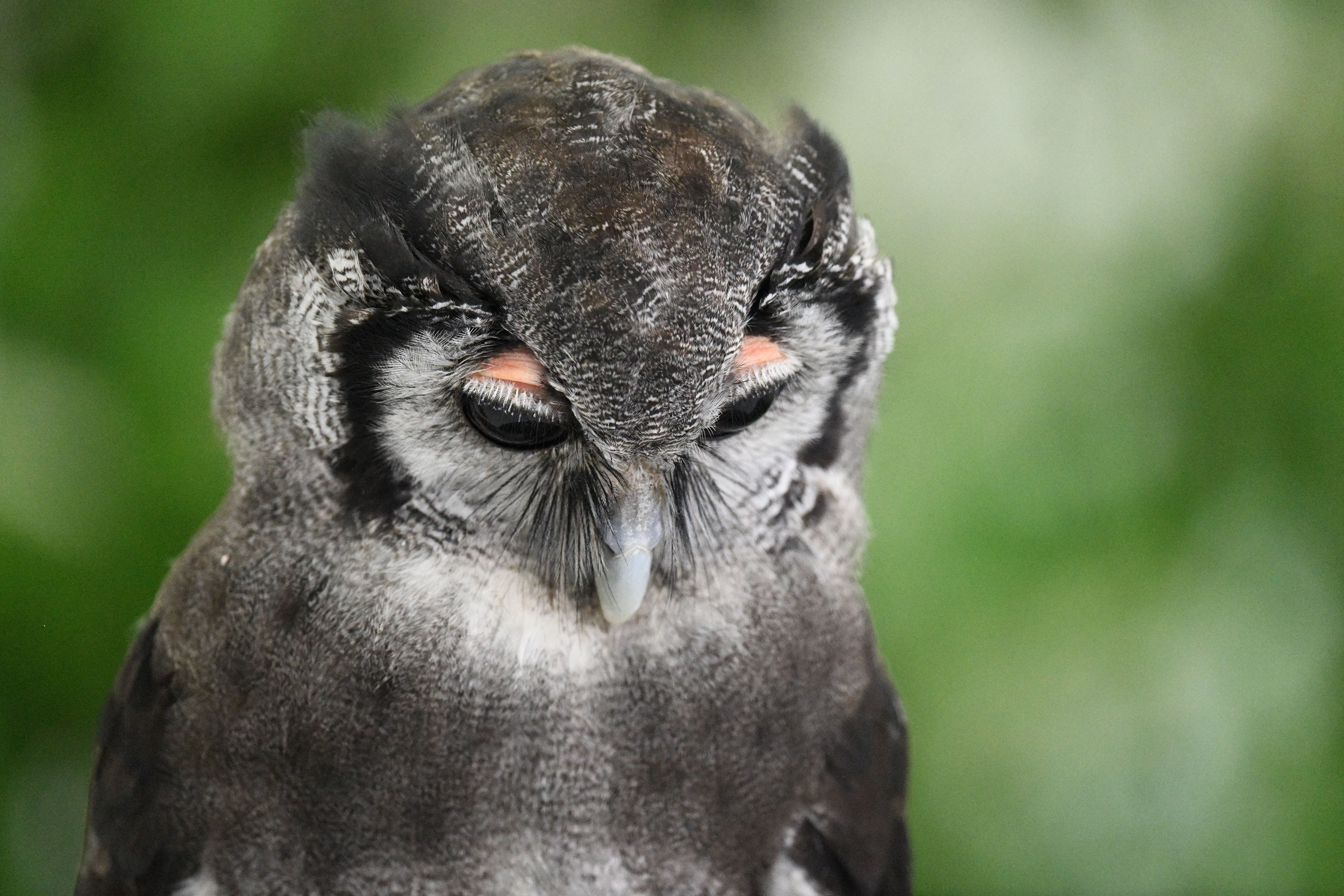
Click here for the full-size image
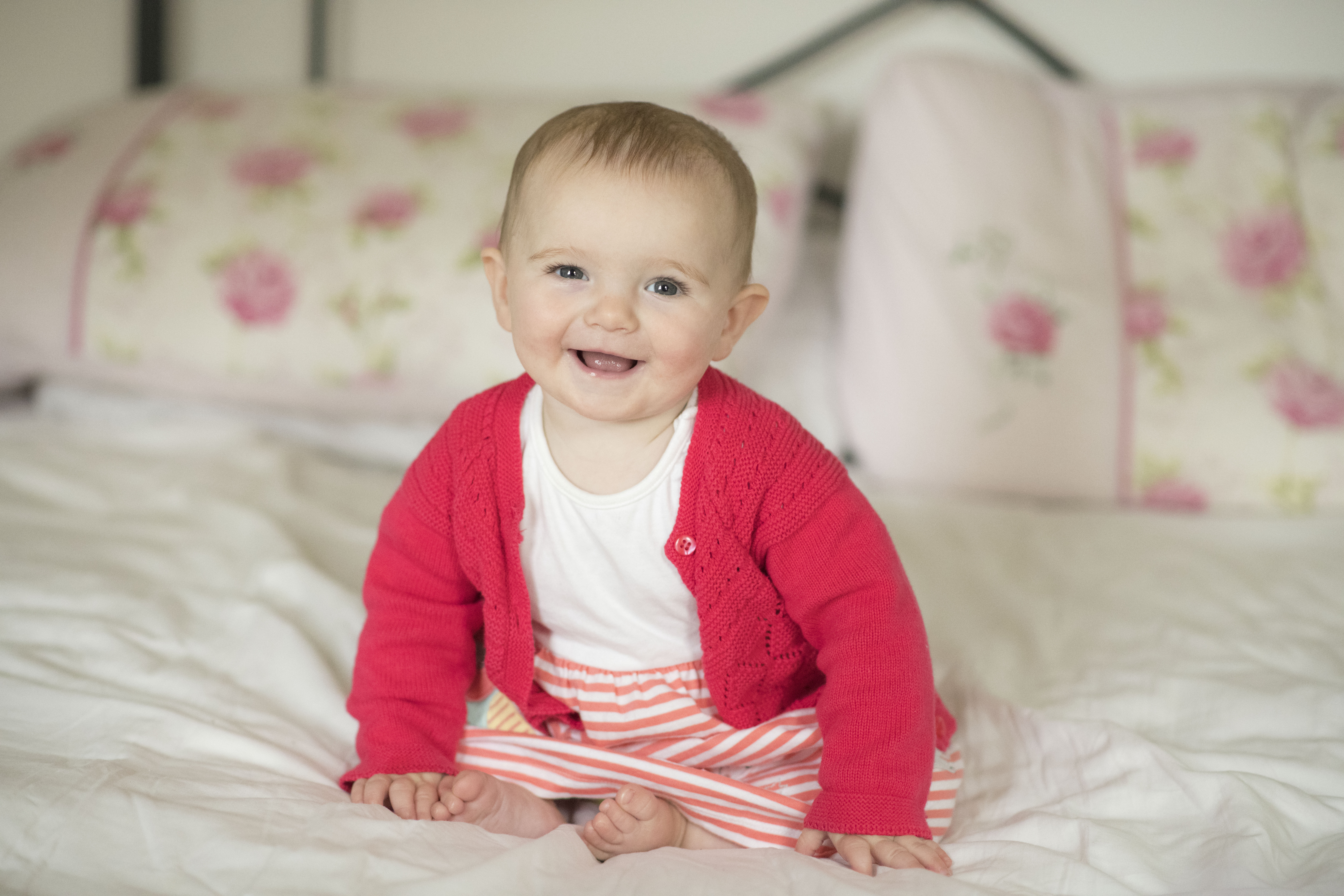
Click here to see the full-size image
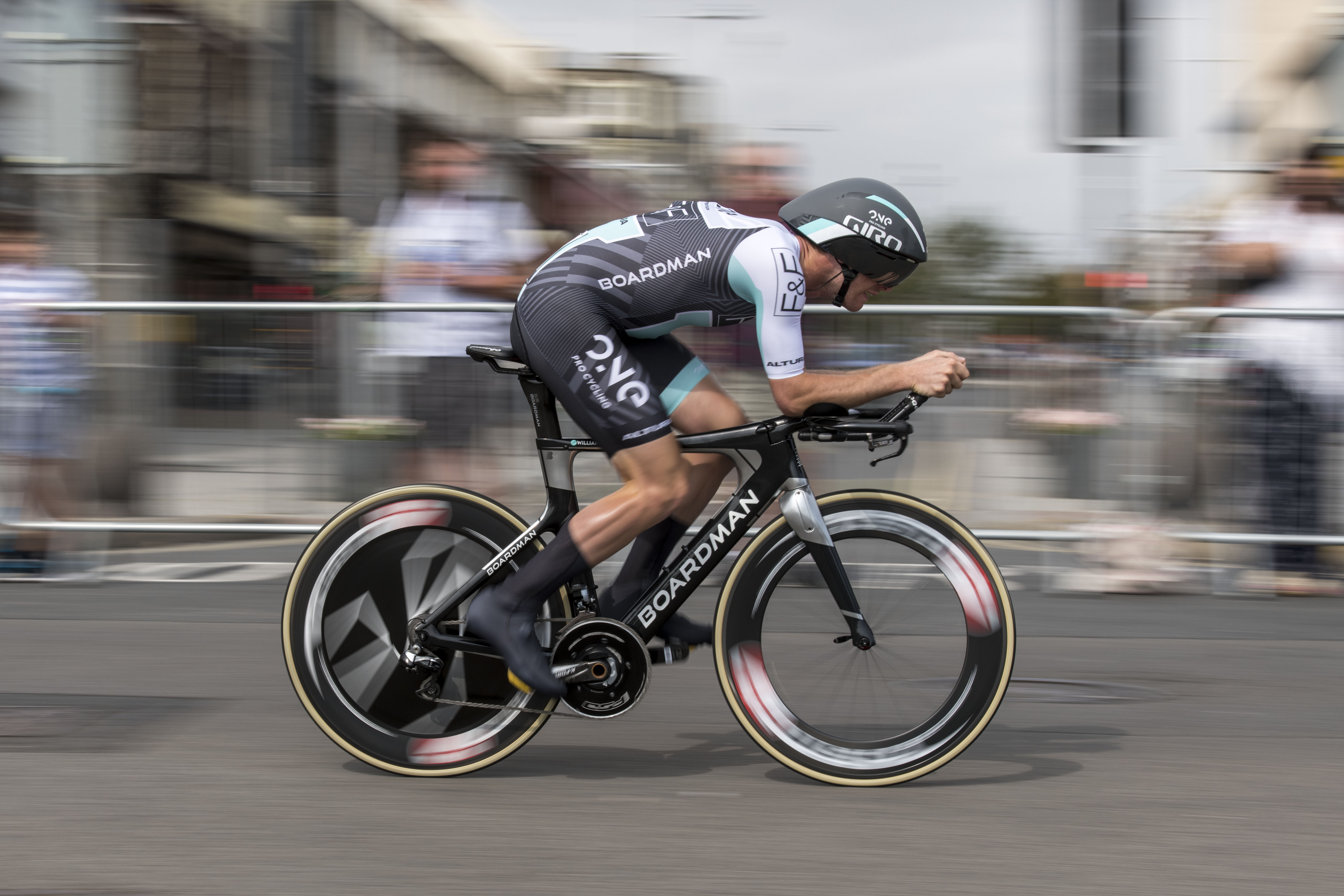
Click here to see the full-size image
✅ You want Nikon's best image quality: The 45.7MP full-frame sensor is the best ever sensor made for Nikon, period.
✅ You want rival-beating battery life: Mediocre mirrorless camera battery life? No thanks – the D850 has a mega 1,840-shots from a full-charge.
❌ You shoot a lot of video: The video performance of the D850 can't compete with mirrorless, especially autofocus speed.
❌ You want seamless connectivity: Nikon's Snapbridge remains a clunky and unreliable app for wireless connectivity.
There's plenty of reason to label the Nikon D850 as the best-ever DSLR. It delivers best-in-class resolution – the hallmark of the full-frame D8** series, but is a speedier and more polished camera than its predecessors. Even after several years on the market, I think the D850 is still a superb camera today. It feels a tad pricey today, though it is cheaper than before and comparable to a mid-range full-frame mirrorless camera like the Z6 II. I think the price is justified: our tests revealed the D850 offers excellent image quality and bags of features in a rugged, weather-resistant magnesium alloy body with wonderful handling, including illuminated controls and a mirrorless-beating 1,840-shot battery life.
The 45MP back illuminated sensor is still one of the highest in terms of resolution in any DSLR and level with Nikon's excellent Z8, which is its mirrorless reincarnation, while the 7fps burst mode is unusually high for a DSLR camera with such a sensor, though it cannot match speedier mirrorless alternatives. The D850's AF system delivers, plus you can shoot superb 4K video even if you don't get the same autofocus performance for video and image stablization as you do with the Z8. As with any DSLR today, there are decent secondhand deals to be had, especially for lenses. If you're primarily a photographer, the D850 could just be most effective all-rounder alternative to mirrorless.
Read our in-depth Nikon D850 review
The best enthusiast Nikon DSLR
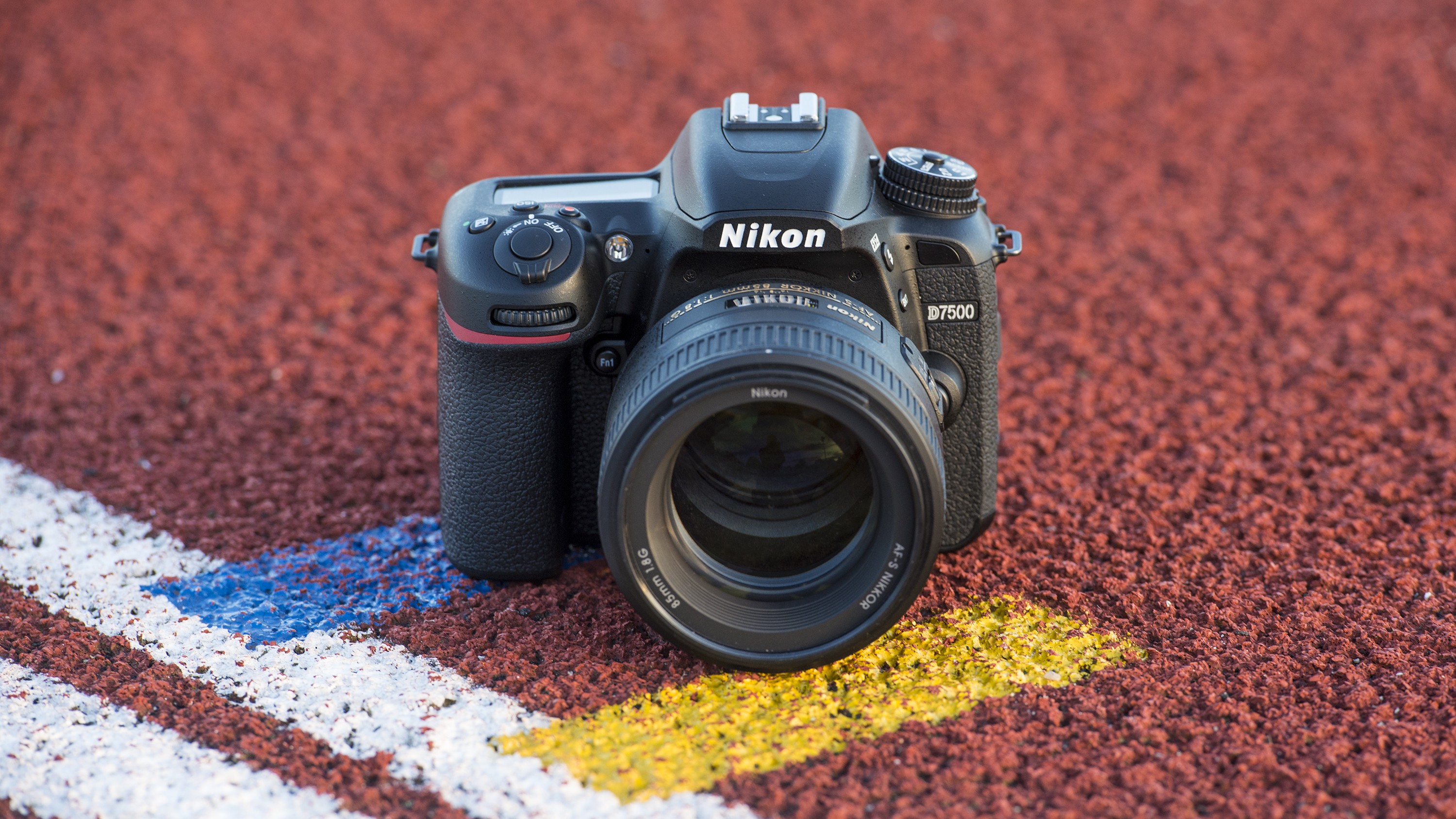
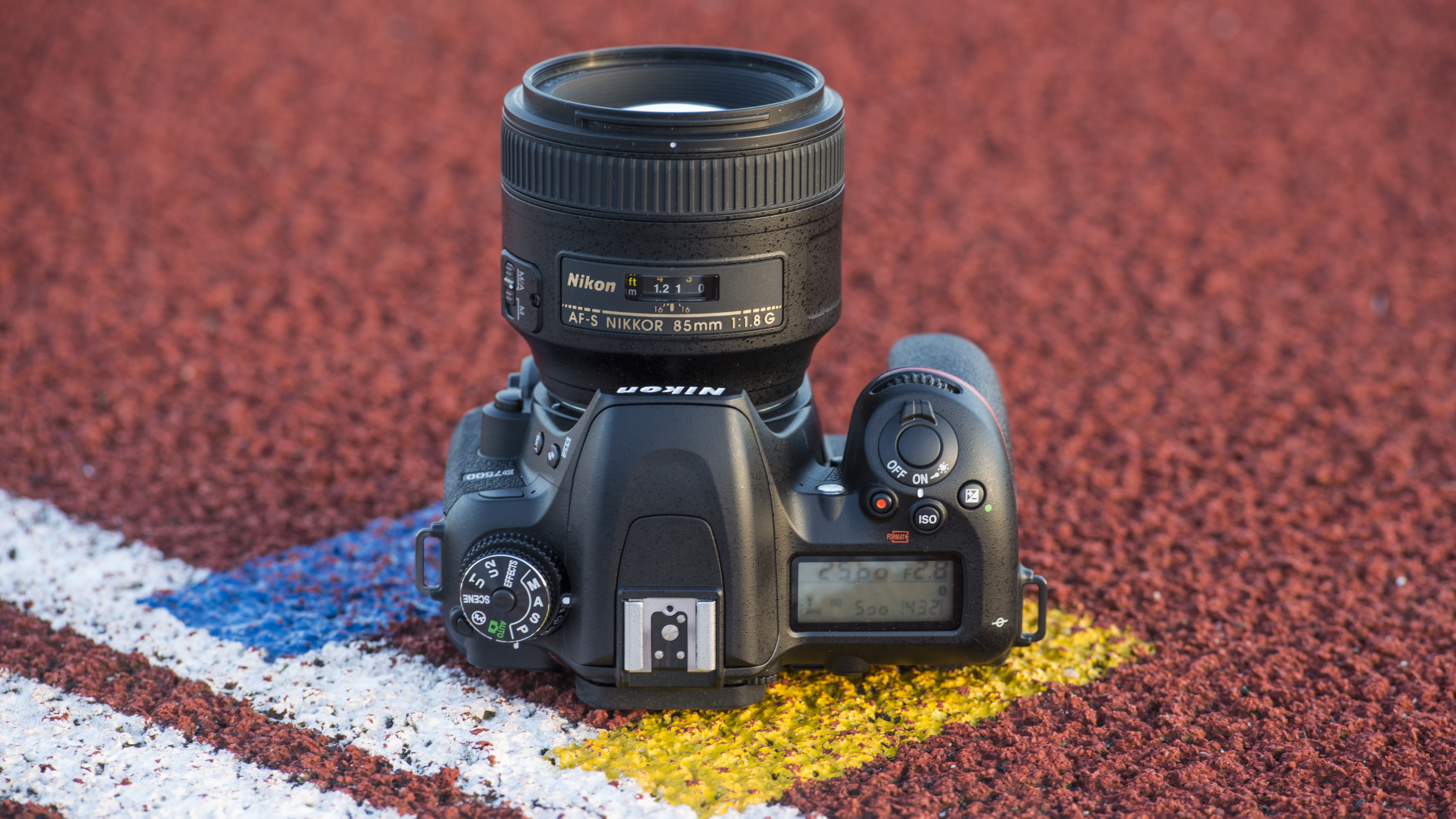
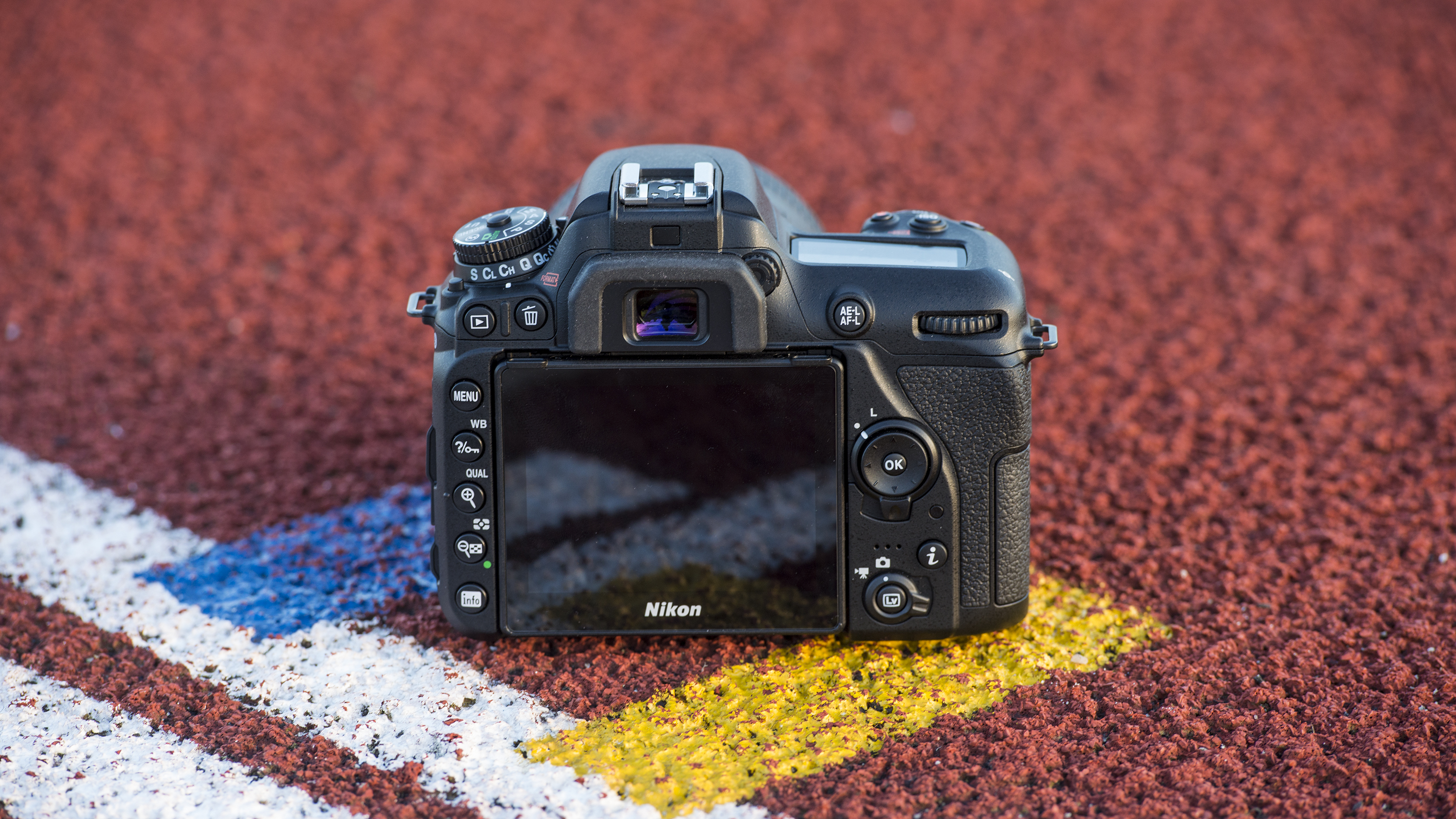
Specifications
Reasons to buy
Reasons to avoid
Nikon D7500 sample images
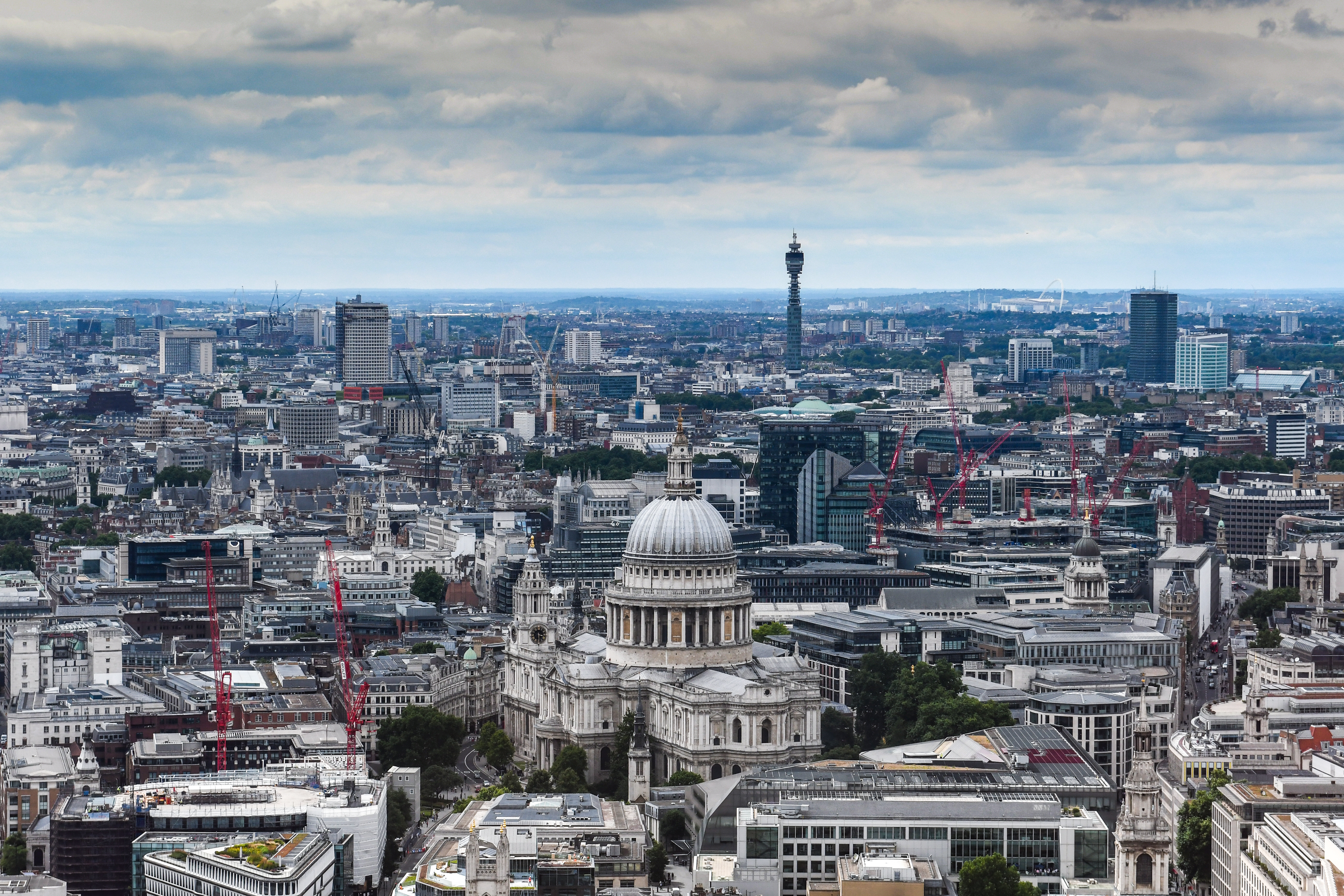
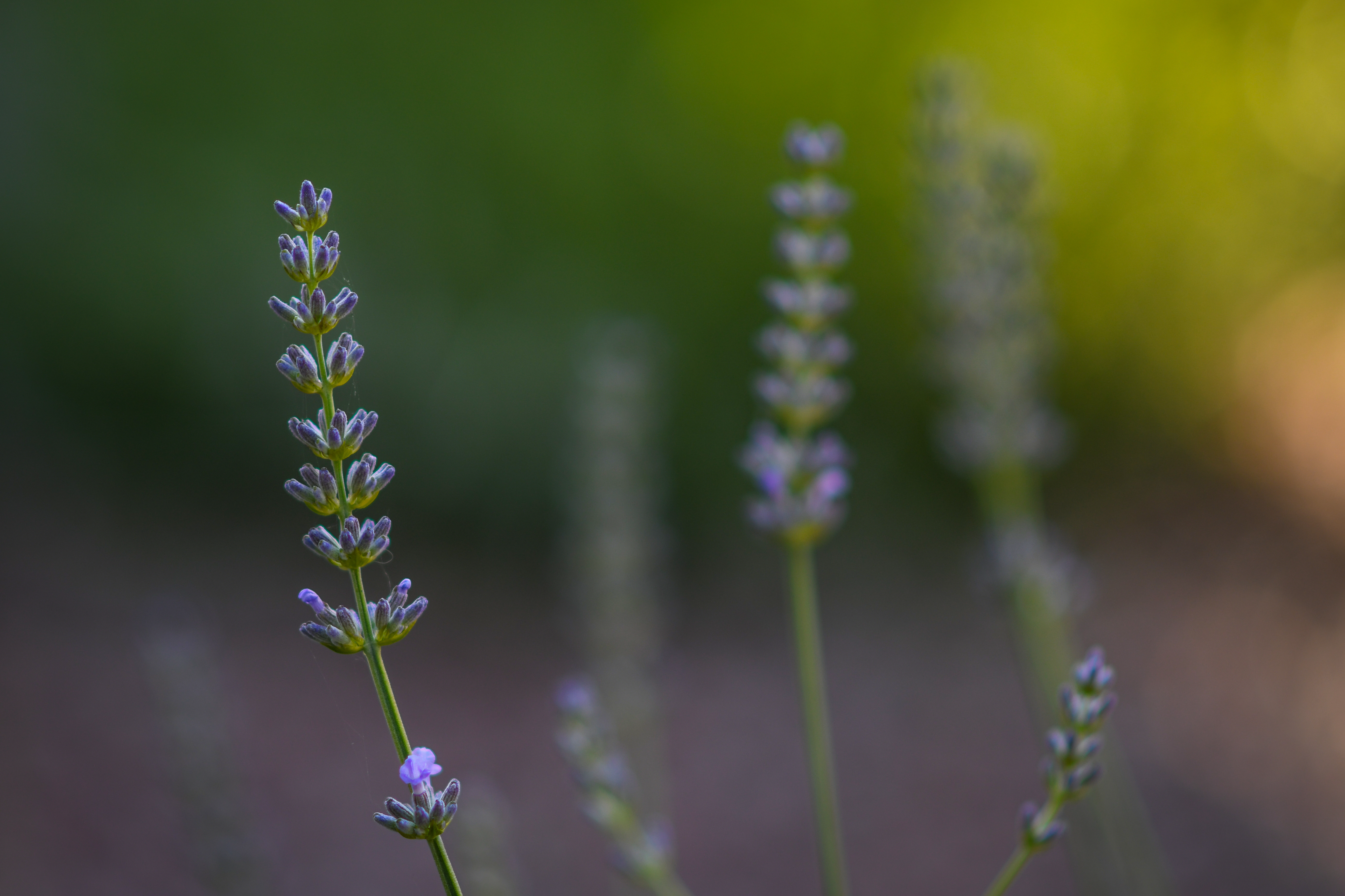
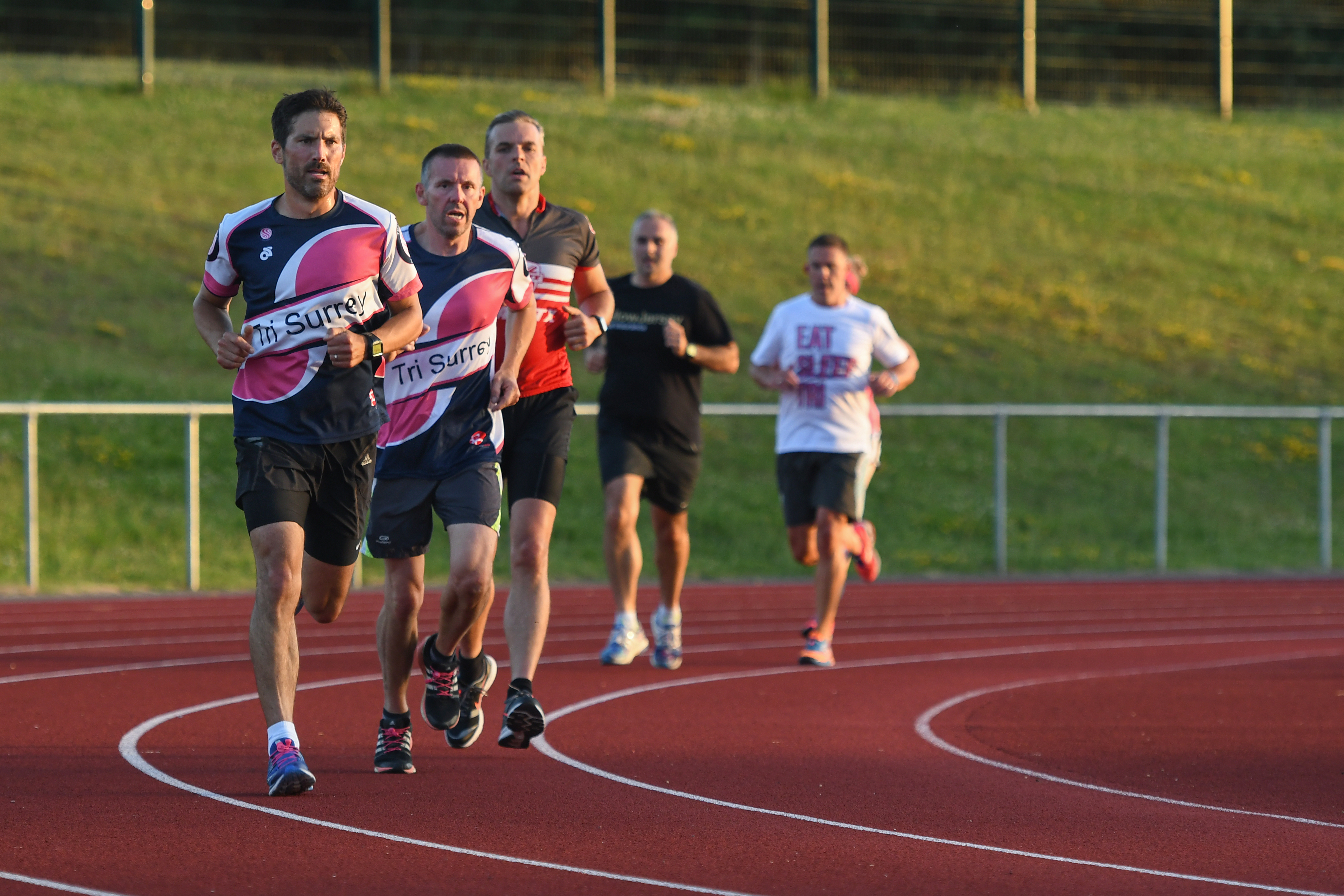
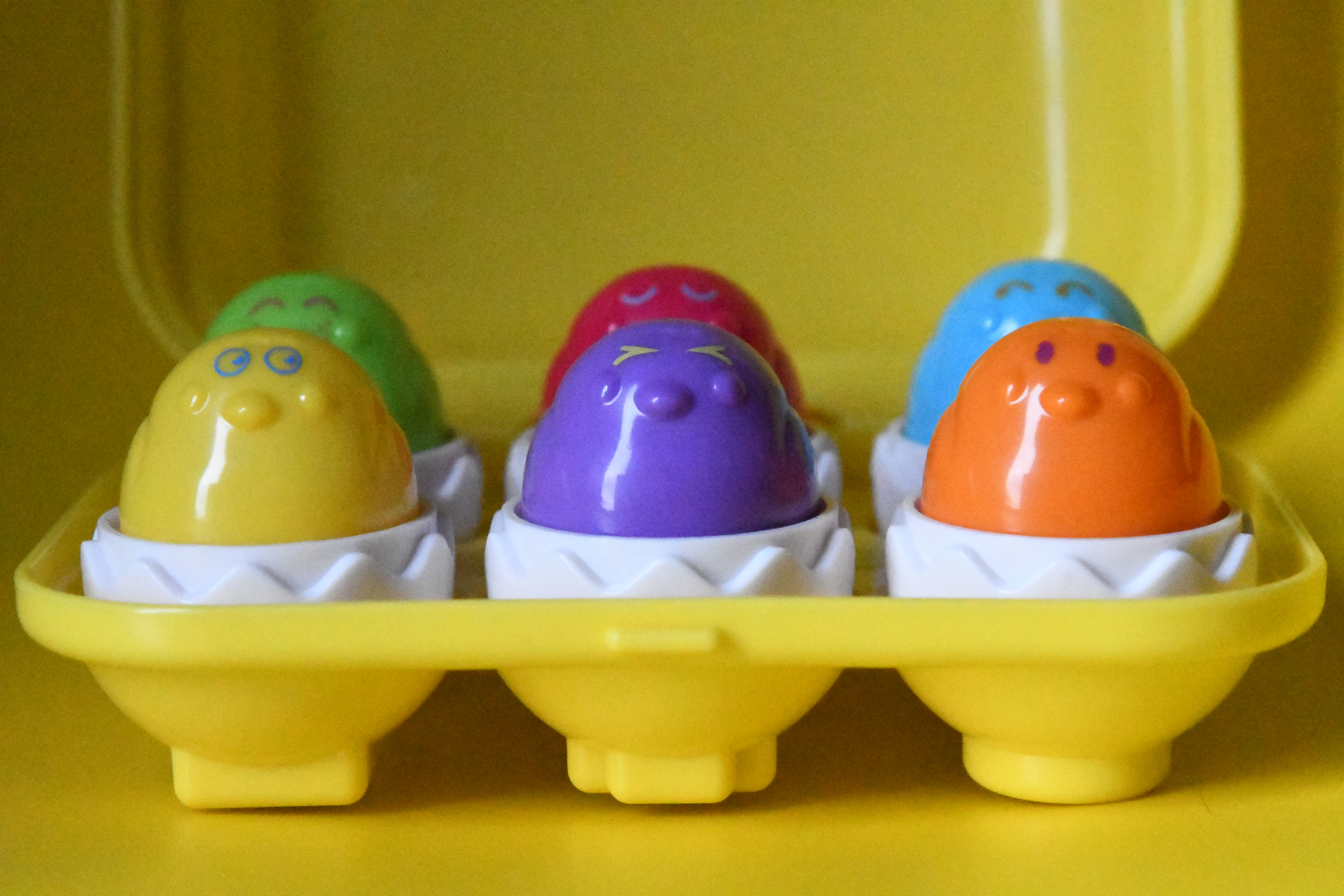
✅ You have a triple digit budget: The D7500 now available for under $1,000 / £1,000 and you'll struggle to find a better DSLR for the price.
✅ You don't need full-frame: Not everyone needs full-frame and the D7500 is a superb APS-C all-rounder.
❌ You want the best possible performance: The speedier Nikon D500 is the APS-C Nikon DSLR you want if wildlife and sports are your thing.
❌ You want Nikon's best autofocus: Autofocus performance cannot match pricier Nikon DSLRs and mirrorless alternatives.
While Nikon’s D500 may appear to have a few advantages over the D7500 on paper especially for sports and wildlife, the fact that this newer model borrows many key features from its sibling and costs significantly less makes it a better proposition overall. The D7500 uses the same 20.9MP DX-format sensor as the D500, and also pinches its 180k-pixel metering sensor, while 8fps burst shooting, 4K video, a robust, weather-sealed body with 3.2-inch tilting screen and decent battery life all serve as further highlights.
The focusing system isn’t quite as advanced as the 153-point systems seen in other Nikon models, but we still found it to be a commendable performer in our review, while images also impressed. Some may prefer an additional card slot as the body has only been designed with one of these, but this is very much a nicety rather than an essential feature. The D7500 is the last remaining D7*** series Nikon DSLR still available new, and it's price has come down to triple digits which makes it one of the best value DSLRs available.
Read our in-depth Nikon D7500 review
Also consider
Nikon has numerous alternatives to the entries above that are worth your consideration. Here are the best of the rest:
Best entry-level full-frame – Nikon Z5 II: The Z5 II redefines what entry-level cameras can do, and is a solid if pricier update of the Z5 (included above as the best cheap full-frame option). Photographers can enjoy decent 24MP stills with new color profiles, Nikon's best autofocus system, amazing stabilization performance and bright EVF and rear LCD displays. Video specs are solid too, but this one is definitely for photographers first.
Best DSLR for beginners – Nikon D3500: The Nikon D3500 is officially discontinued which is the main reason it's in this section, but it can still be found as a secondhand bargain and remains an excellent option for those who are new to photography. It's Nikon's most junior DSLR, blending a detailed 24.2MP stills with a light body and a fuss-free interface. While we don’t expect many extras at this price point, we’re lucky enough to get a handful, including a 1,550-shot battery life that is significantly better than every other camera in its class and miles ahead of today's mirrorless alternatives.
Best bridge camera – Nikon Coolpix P1100: Nikon recently discontinued the Coolpix P1000 and launched a modest update that's EU compliant with USB-C charging and readily available new, the Coolpix P1100. Like its predecessor, the Coolpix features an industry-leading 125x optical zoom, even if the quality of its 16MP stills is akin to a standard smartphone. But versatility is the name of the game here – you get a vast 24-3000mm zoom range and excellent DSLR-style handling. We wrote a P1100 vs P1000 feature that highlights what's different in the latest model.
Best value full-frame – Nikon Z6 II: Since Nikon launched the Z6 III, the price of the Z6 II has plummeted, and it can be had new for almost the same price as the much simpler Z5. And while the Z6 III is a surprisingly hefty upgrade, there's still plenty of users for whom the 24MP, 4K video-shooting Z6 II will be more than enough. Check out our Z6 III vs Z6 II feature to learn about the key differences, and what your extra outlay for the latest model gets you.
How to choose the best Nikon camera
Because Nikon has a rich history, choosing the best Nikon camera for you can be a tricky decision. It has DSLR, mirrorless and bridge compact cameras in its range (though its compact and waterproof cameras are all discontinued despite a rekindled interest in 'vintage' digital compacts), and each camera type offers something unique for photographers and filmmakers, with smartphone-beating features.
Nikon DSLRs and bridge cameras are still available new, and you can pick up some great deals on these cameras. The secondhand DSLR market is alive and well, and those opting for a DSLR immediately have a huge range of Nikon F-mount lenses to choose from. However, Nikon is only actively working on its mirrorless cameras now, so if you want the latest and greatest tech, we'd recommend mirrorless as the way to go.
We recommend reading our Mirrorless vs DSLR cameras guide if you'd like to find out more.
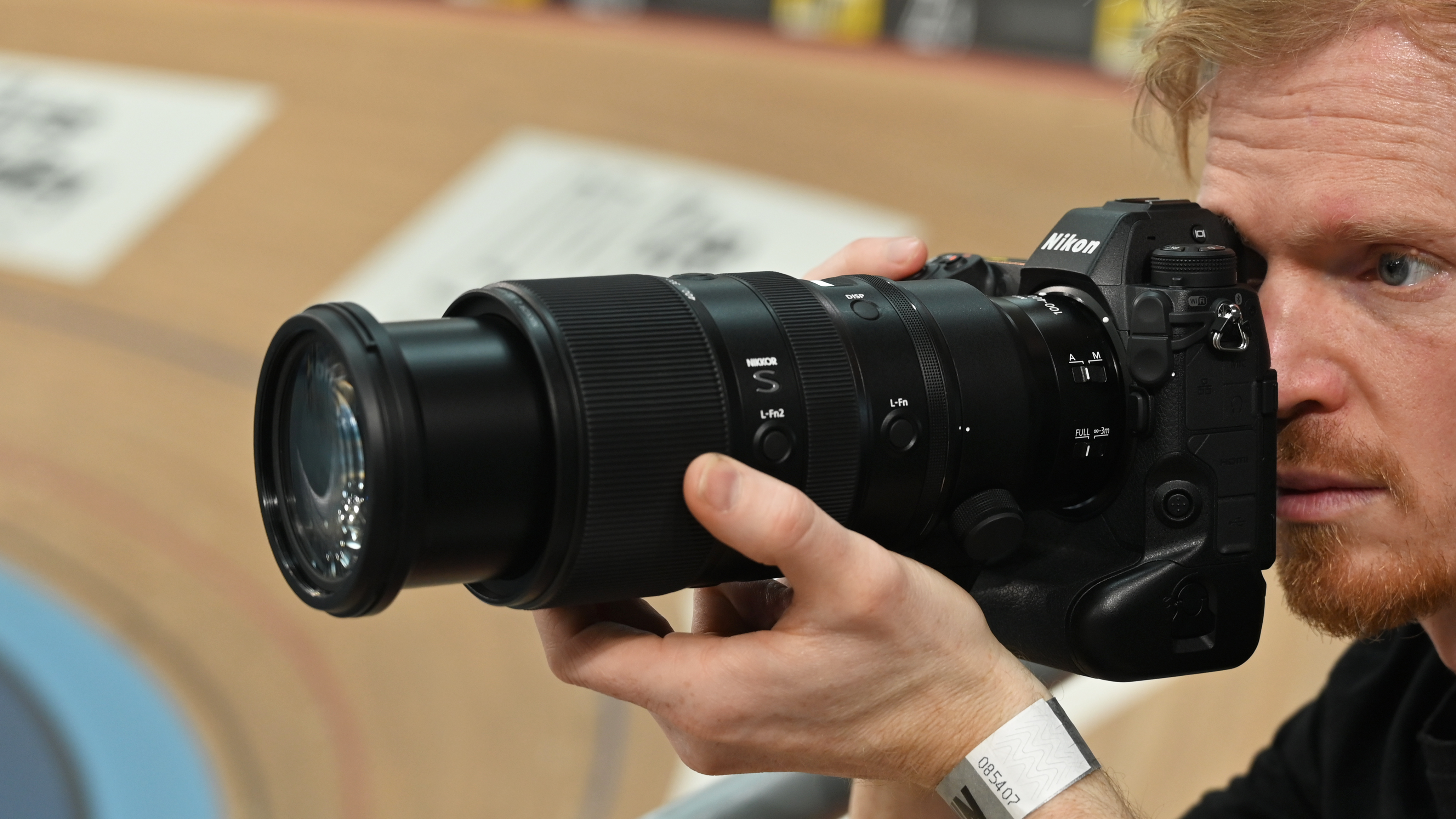
Our best Nikon cameras list covers a wide range of needs and budgets. For pros, the Nikon Z8 is probably the best Nikon camera right now. It's much cheaper and smaller than the Z9 (and Sony and Canon rivals) and it boasts almost all of the same features, save for battery life and video record times. The Z8 is like the mirrorless reincarnation of the Nikon D850 DSLR, with 45MP stills and stellar 8K video. It delivers better subject detection autofocus than the D850, plus it features in-body image stablization.
Nikon did something super exciting with the Z9 and then in turn the Z8: eliminated the need for a mechanical shutter to deliver uncompromized speed and performance for photo and video. It did this by utilizing a stacked sensor which eliminates ugly rolling shutter that you can get with electronic sensors in high-speed scenarios.
Not everyone needs Z8 power though, and we've included the best alternatives in this guide. For example if you want to find out what all the fuss is about full-frame, then the Z5 is the cheapest way often being available for a triple-digit sum, and the entry-level model is a competent all-rounder.
How we test Nikon cameras
We know that buying a camera these days is a big investment, so every camera in this guide has been tested extensively by us in real-world scenarios. We select the most revealing photography and video situations to test each camera based on its price, features and capabilities, along with standardized tests for factors like ISO performance in order to make fair comparisons between all cameras.
We look at the camera's design, handling, and controls to get a sense of what kind of photographer it's aimed at and who would most enjoy shooting with it. When we take it out on a shoot, we'll use it both handheld and on a tripod to get a sense of where its strengths lie, and test its startup speed.

To test performance, we format the memory card and then shoot in both raw and JPEG photo formats (if available). For burst shooting tests, we use the camera settings of 1/250 sec, ISO 200 and continuous AF) and shoot a series of photos in front of a stopwatch to see if the camera lives up to its claimed speeds. We'll also look at how quickly the buffers clears and repeat the test for both raw and JPEG files.
In various lighting conditions, we also test the camera's different autofocus modes (including Face and Eye AF) in a single point, area, and continuous modes. We also shoot a range of photos of different styles (portrait, landscape, low light, macro/close-up) in raw and JPEG to get a sense of metering and its sensor's ability to handle noise and resolve fine detail.
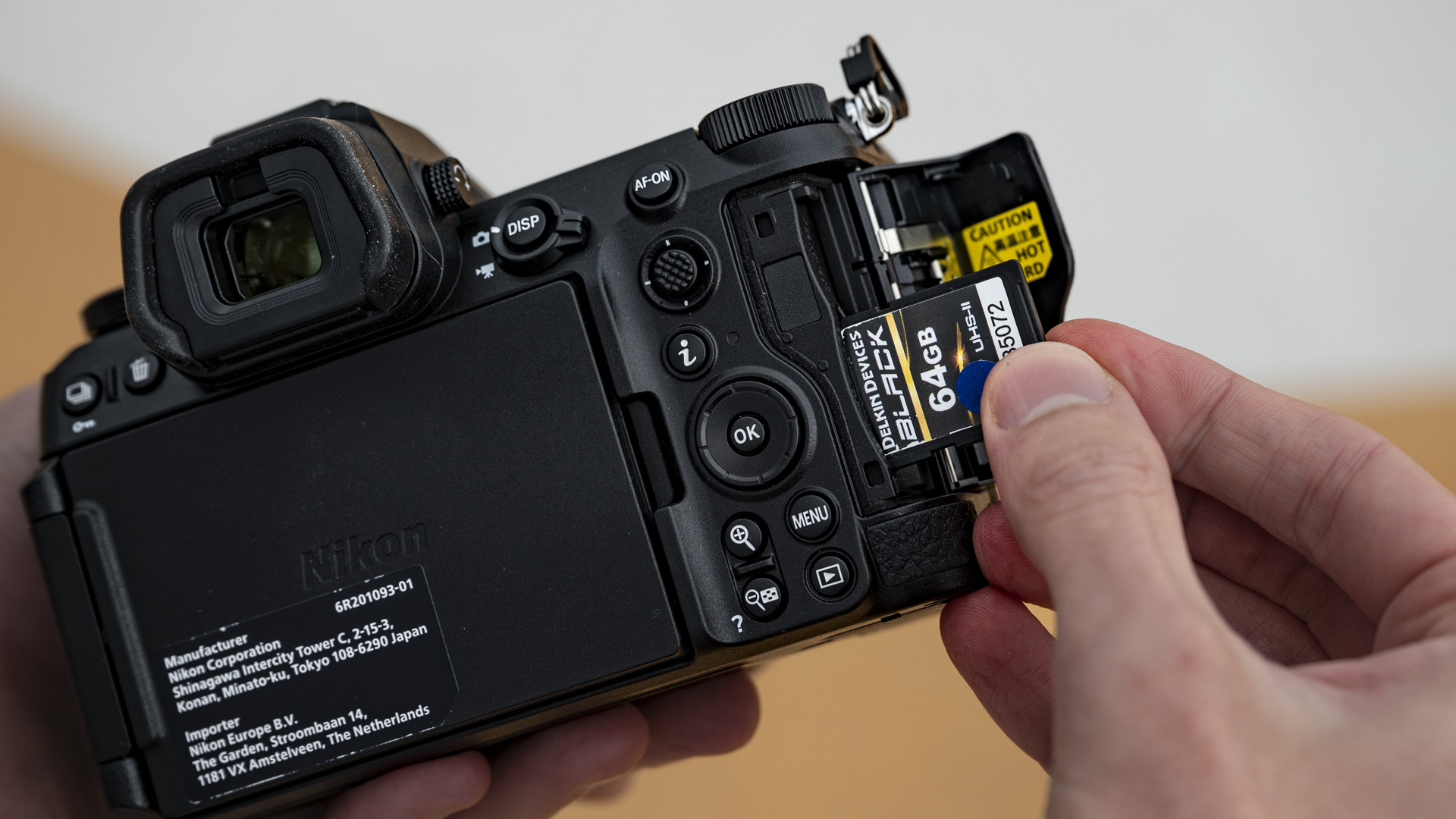
If the camera's raw files are supported by Adobe Camera Raw, we'll also process some test images to see how we can push areas like shadow recovery. And we'll also test its ISO performance across the whole range to get a sense of the levels we'd be happy to push the camera to.
Battery life is tested though real-world use rather than a controlled setting, as we go about testing the camera over the course of the day, with the screen set to the default settings. We'll note if power intensive features such as GPS or Bluetooth are active. Once the battery has reached zero, we'll then count the number of shots to see how it compares to the camera's CIPA rating. Finally, we test the camera's video skills by shooting some test footage at different frame rates and resolutions, along with its companion app.
We then take everything we've learned about the camera and factor in its price to get a sense of the value for money it offers, before reaching our final verdict.
- Best camera
- Best DSLR
- Best mirrorless camera
- Best 4K camera
- Best full-frame camera
- Best compact camera
- What camera should I buy?
- Mirrorless vs DSLR: 10 key differences
- Best Nikon lenses: 20 top lenses for Nikon DSLRs
Sign up for breaking news, reviews, opinion, top tech deals, and more.

Tim is the Cameras editor at TechRadar. He has enjoyed more than 15 years in the photo video industry with most of those in the world of tech journalism. During his time as Deputy Technical Editor with Amateur Photographer, as a freelancer and consequently editor at Tech Radar, Tim has developed a deeply technical knowledge and practical experience with cameras, educating others through news, reviews and features. He’s also worked in video production for Studio 44 with clients including Canon, and volunteers his spare time to consult a non-profit, diverse stories team based in Nairobi. Tim is curious, a keen creative, avid footballer and runner, and moderate flat white drinker who has lived in Kenya and believes we have much to enjoy and learn from each other.
- Mark WilsonSenior news editor